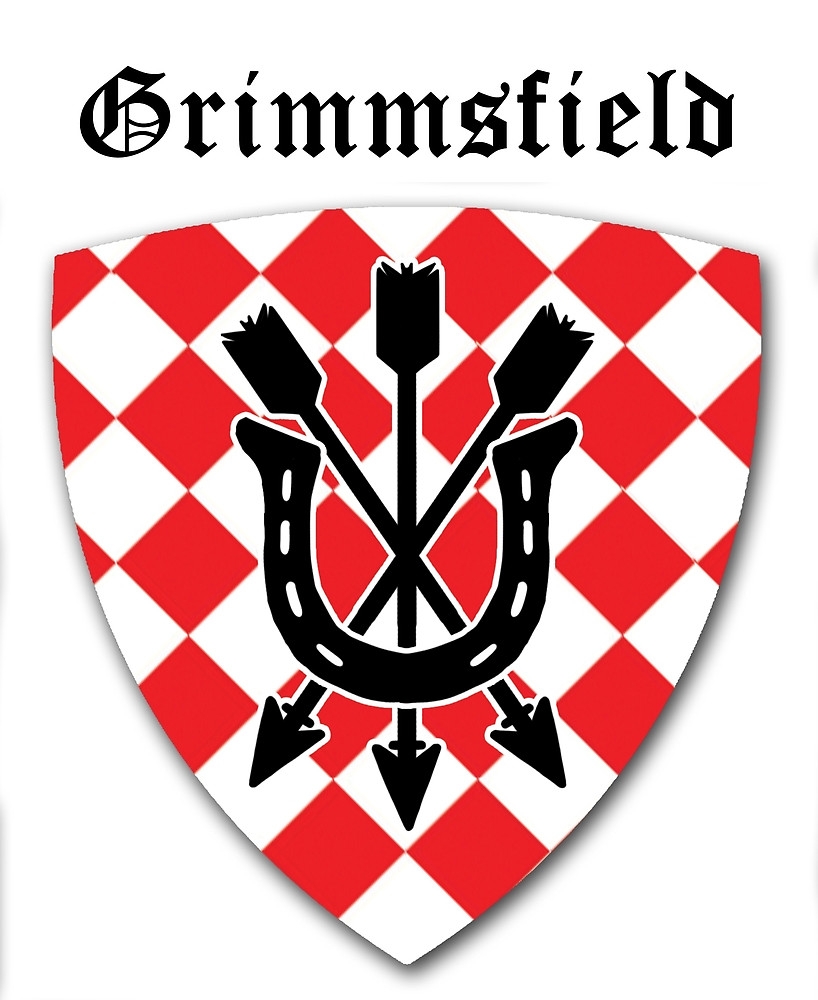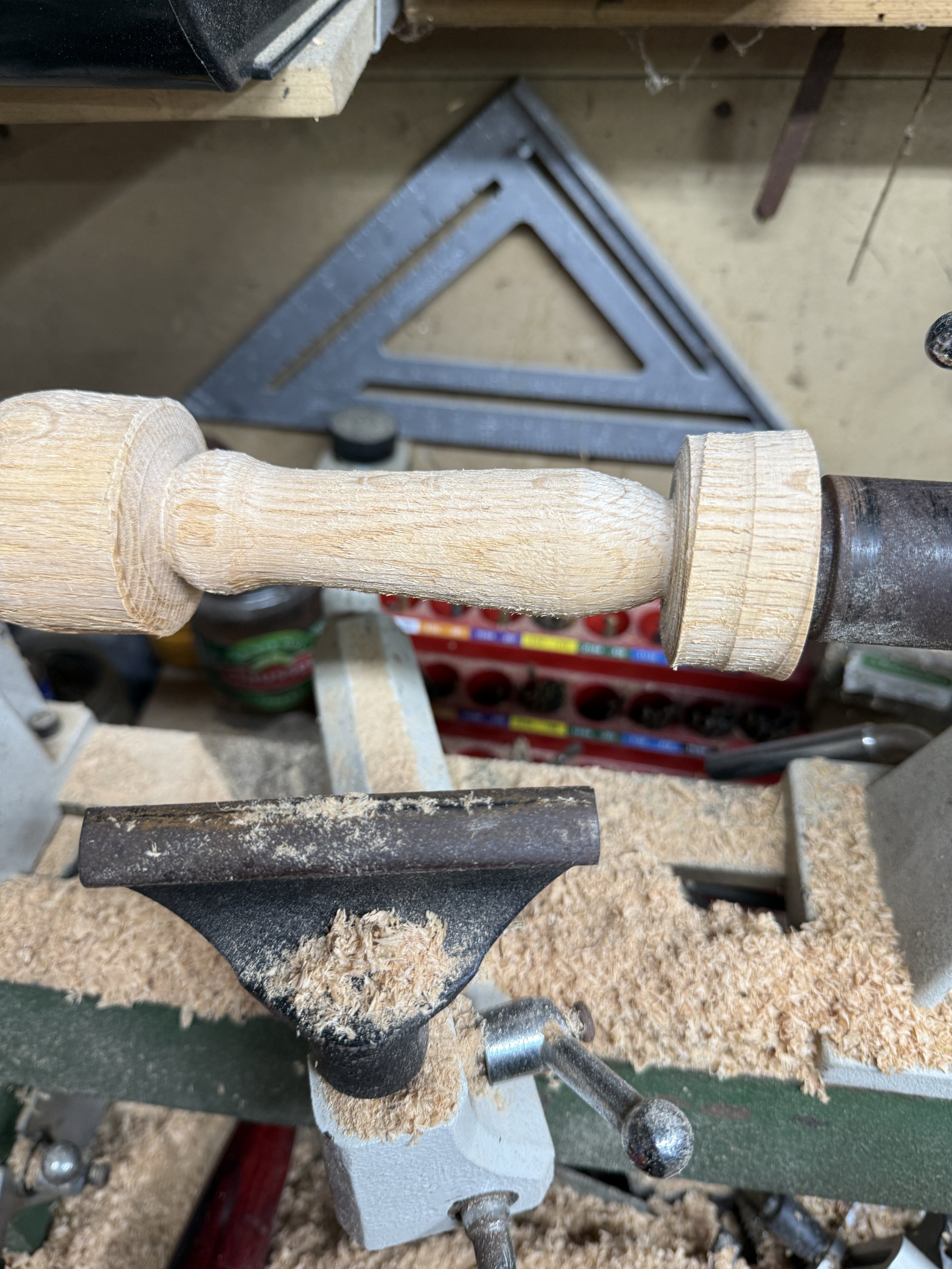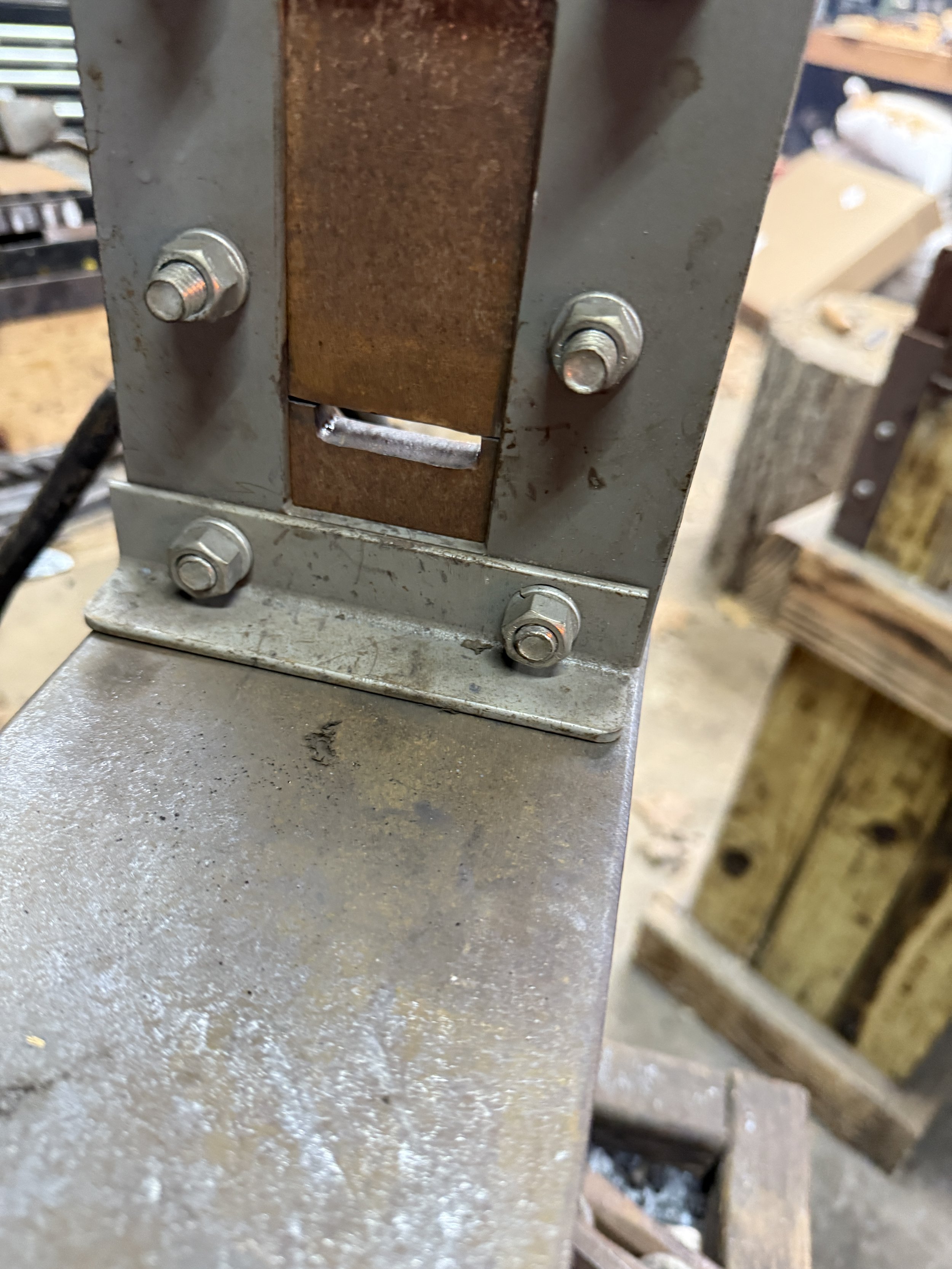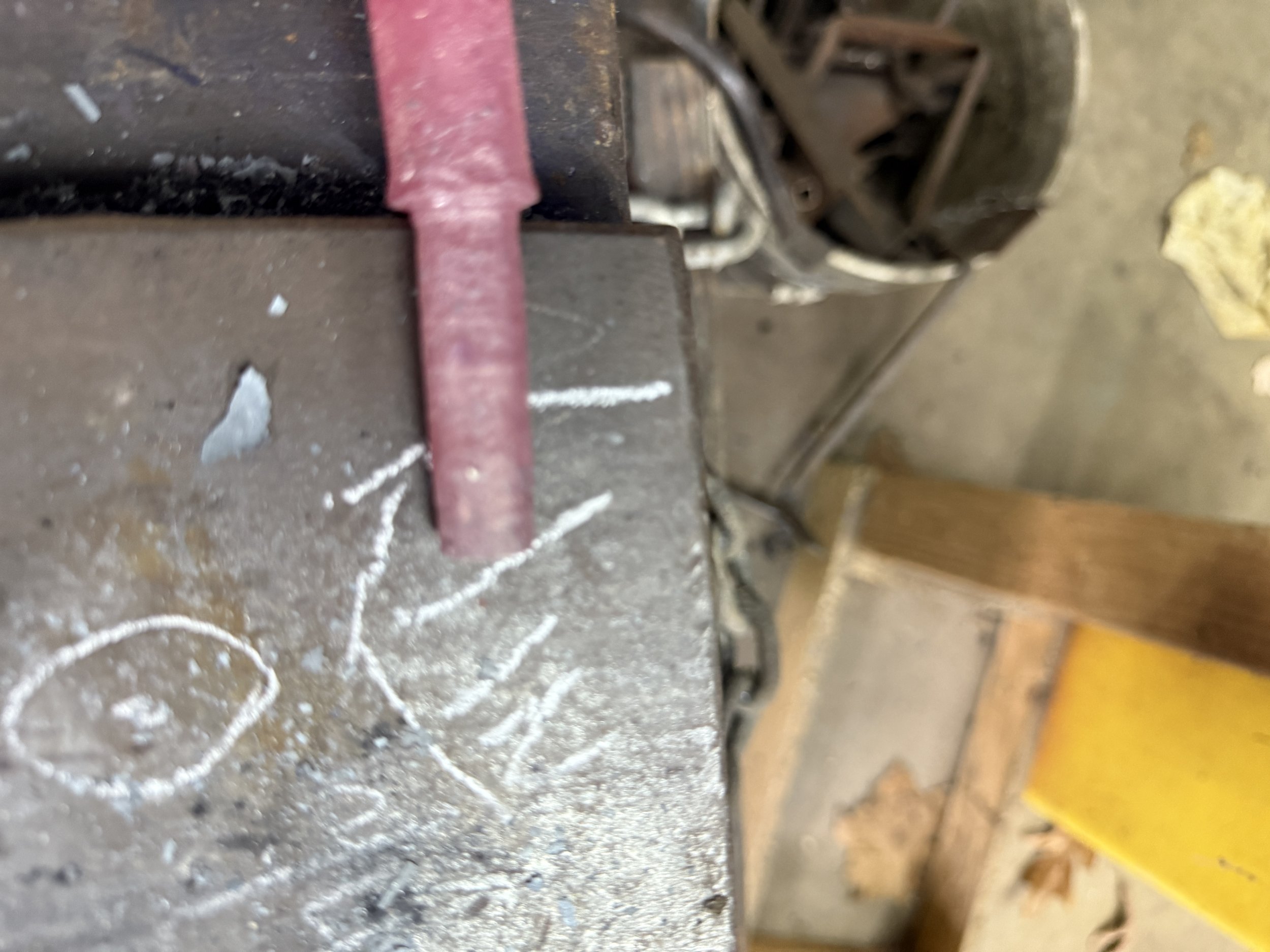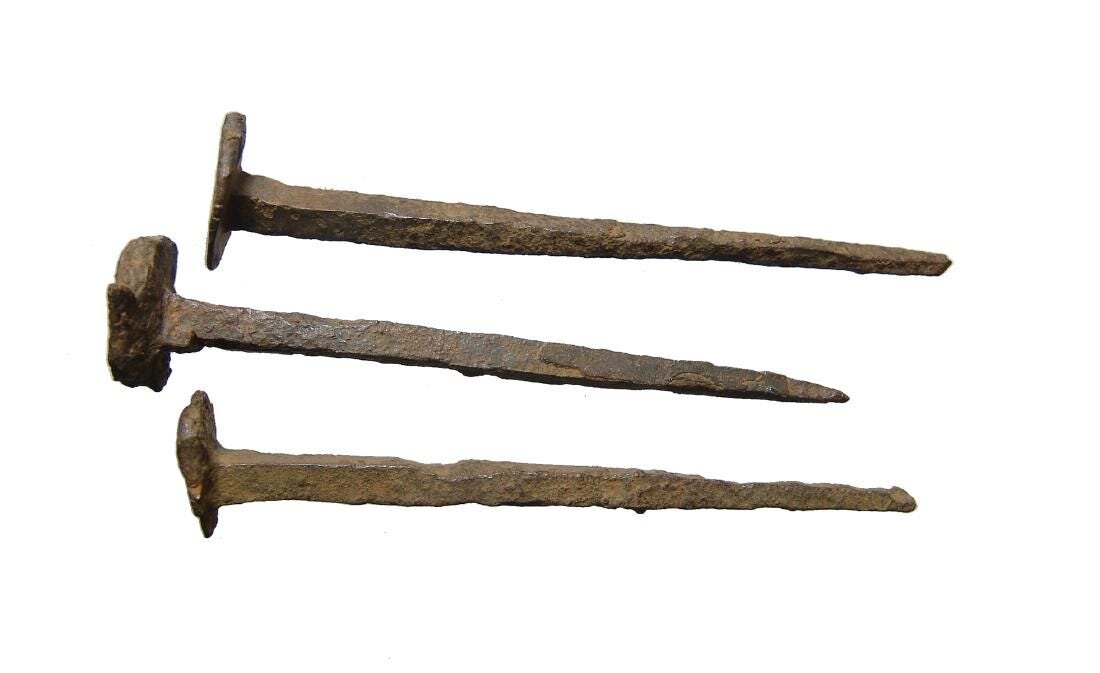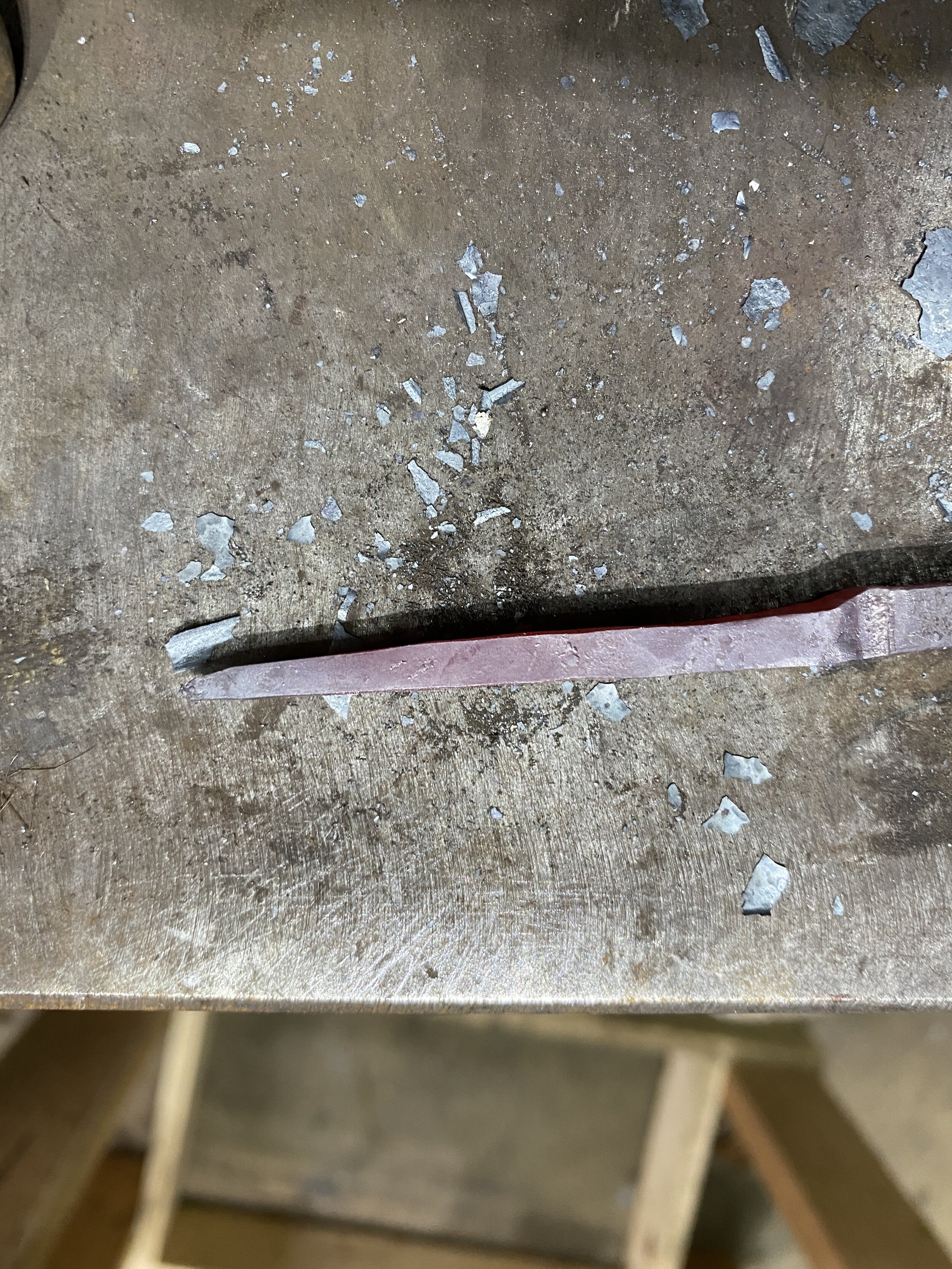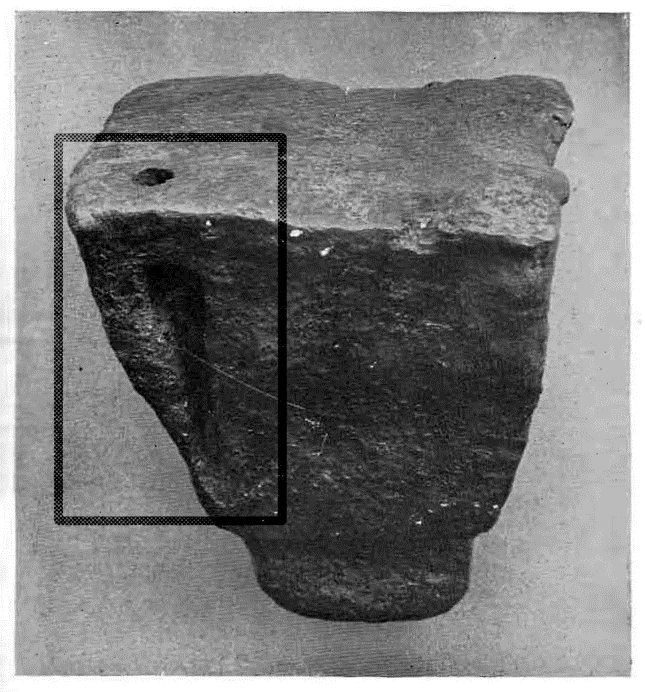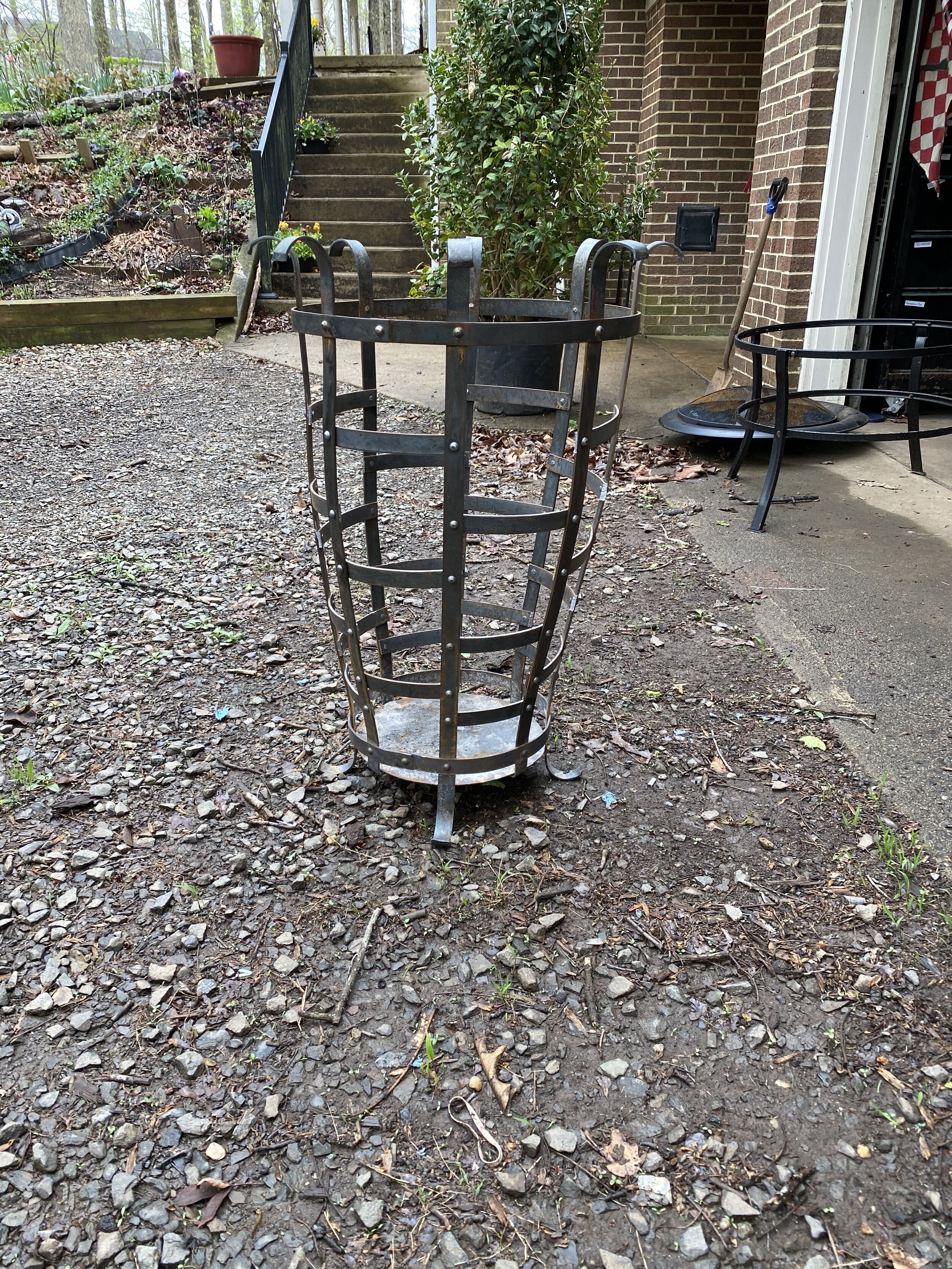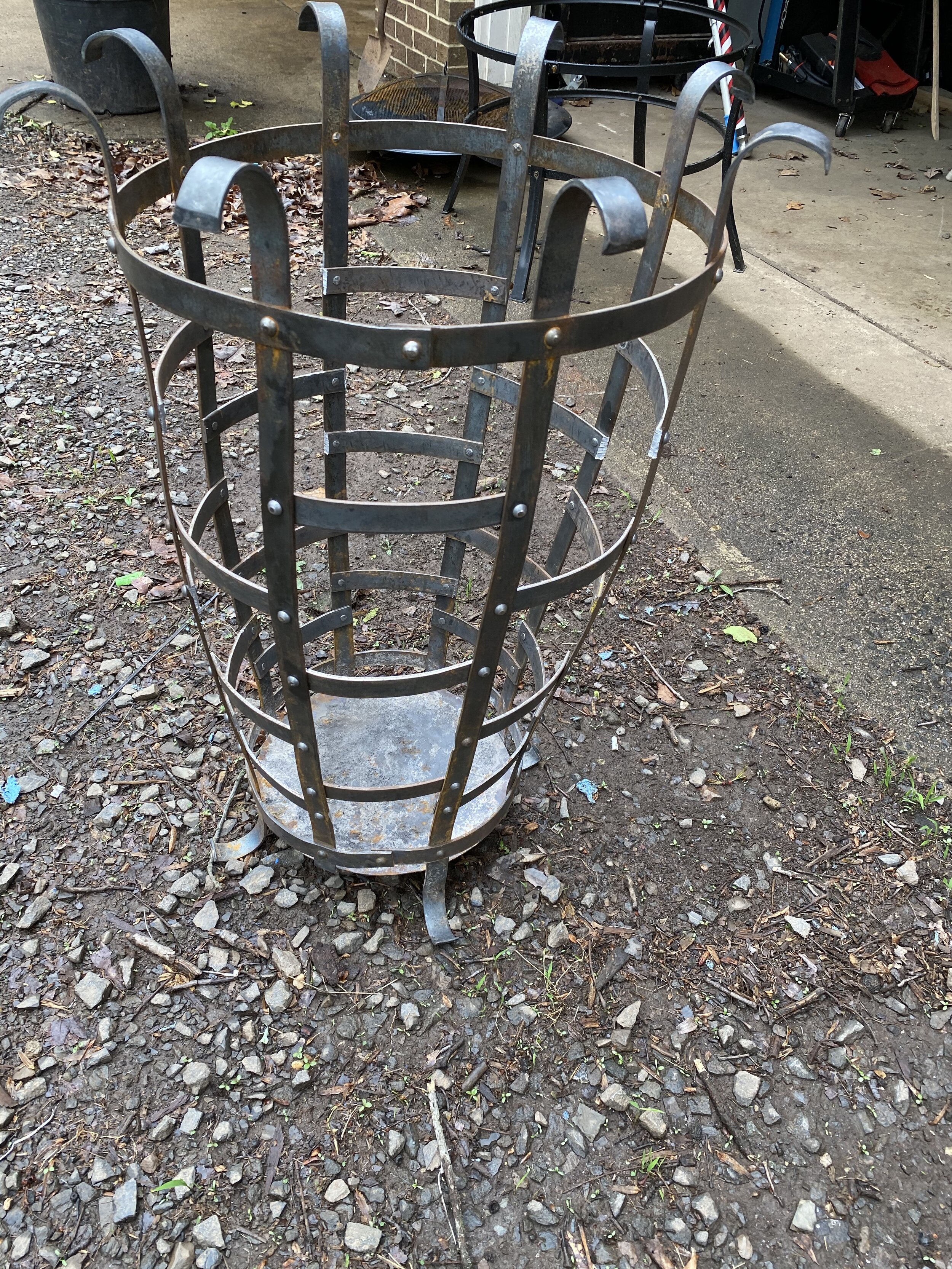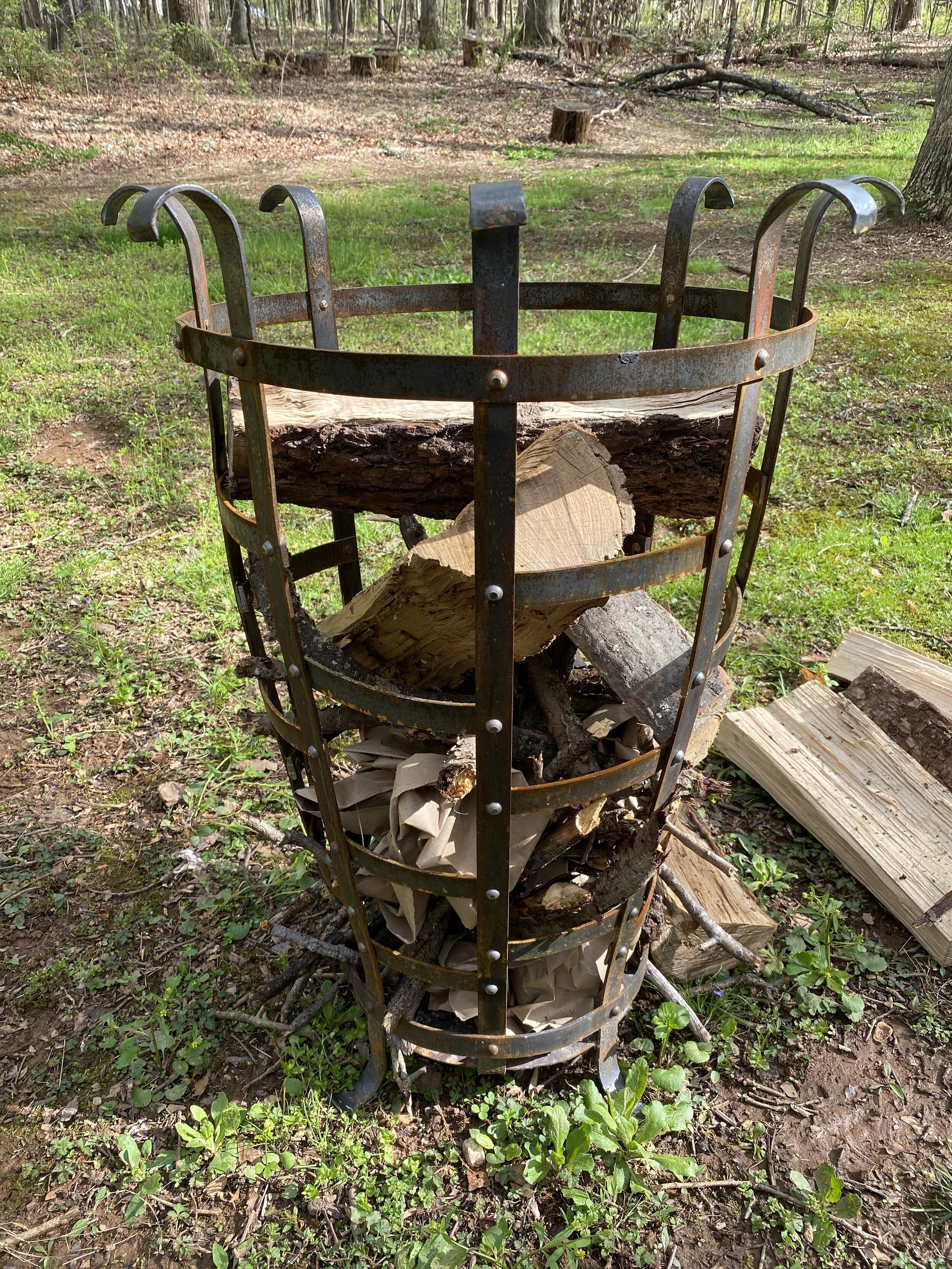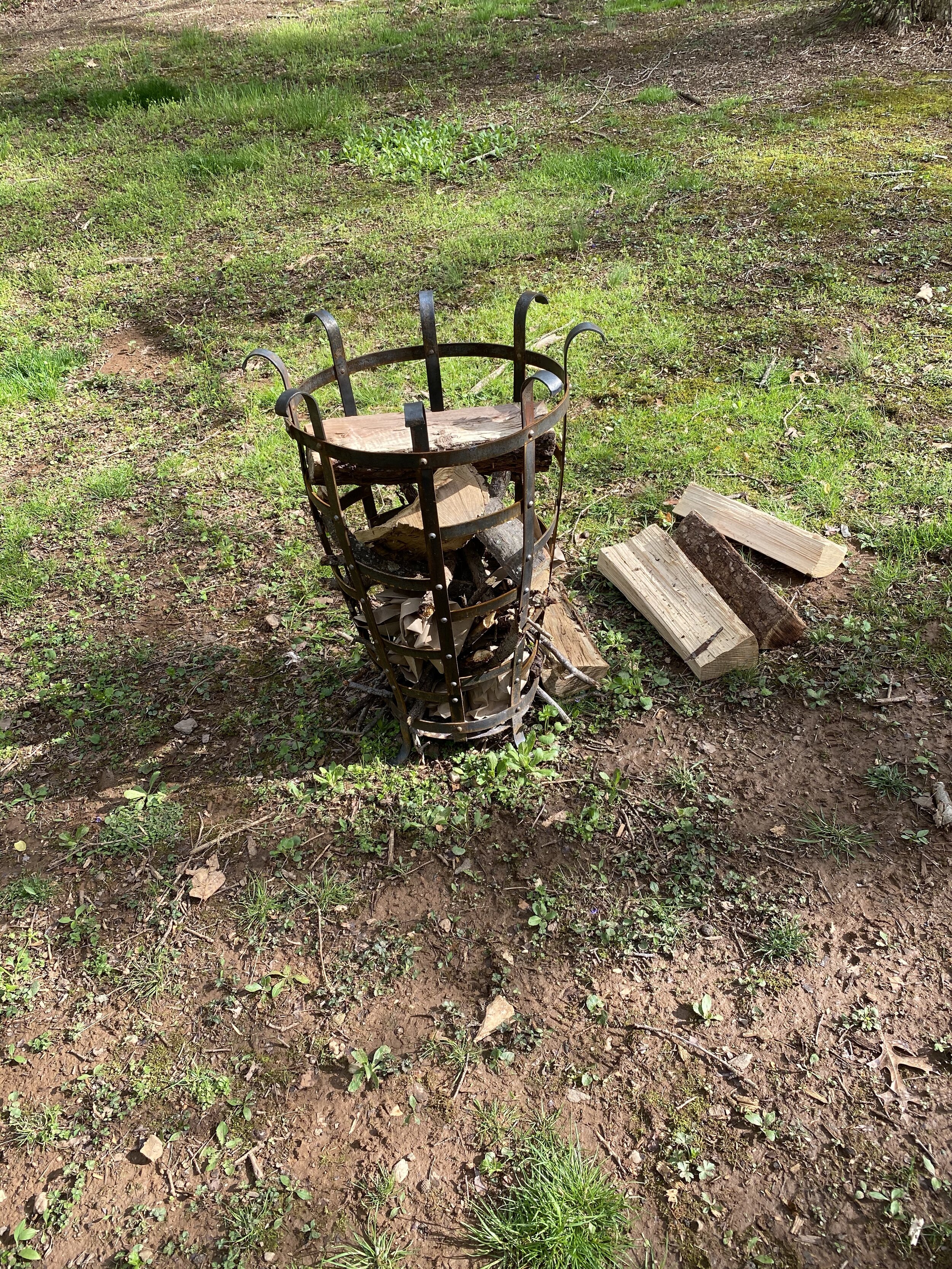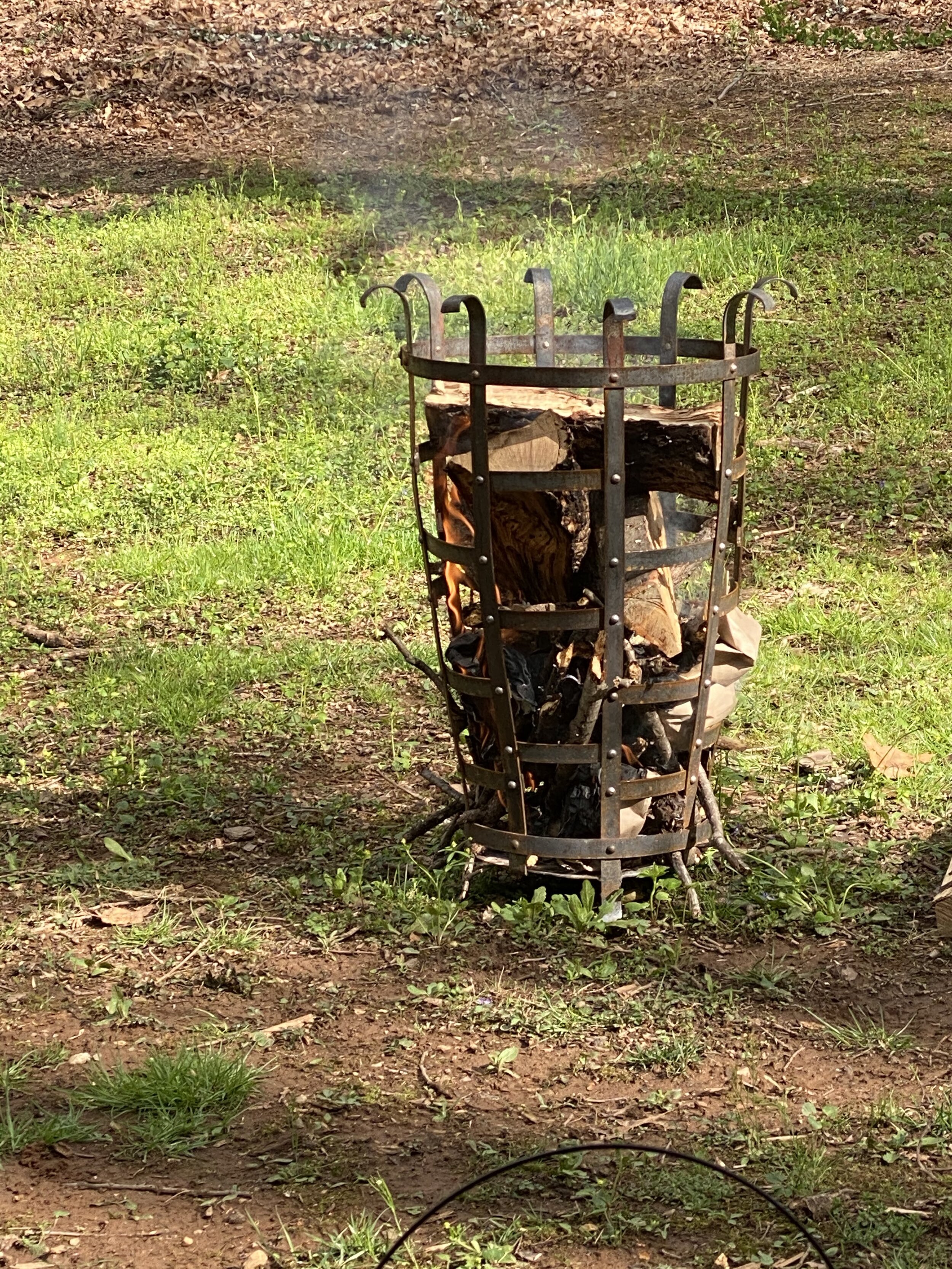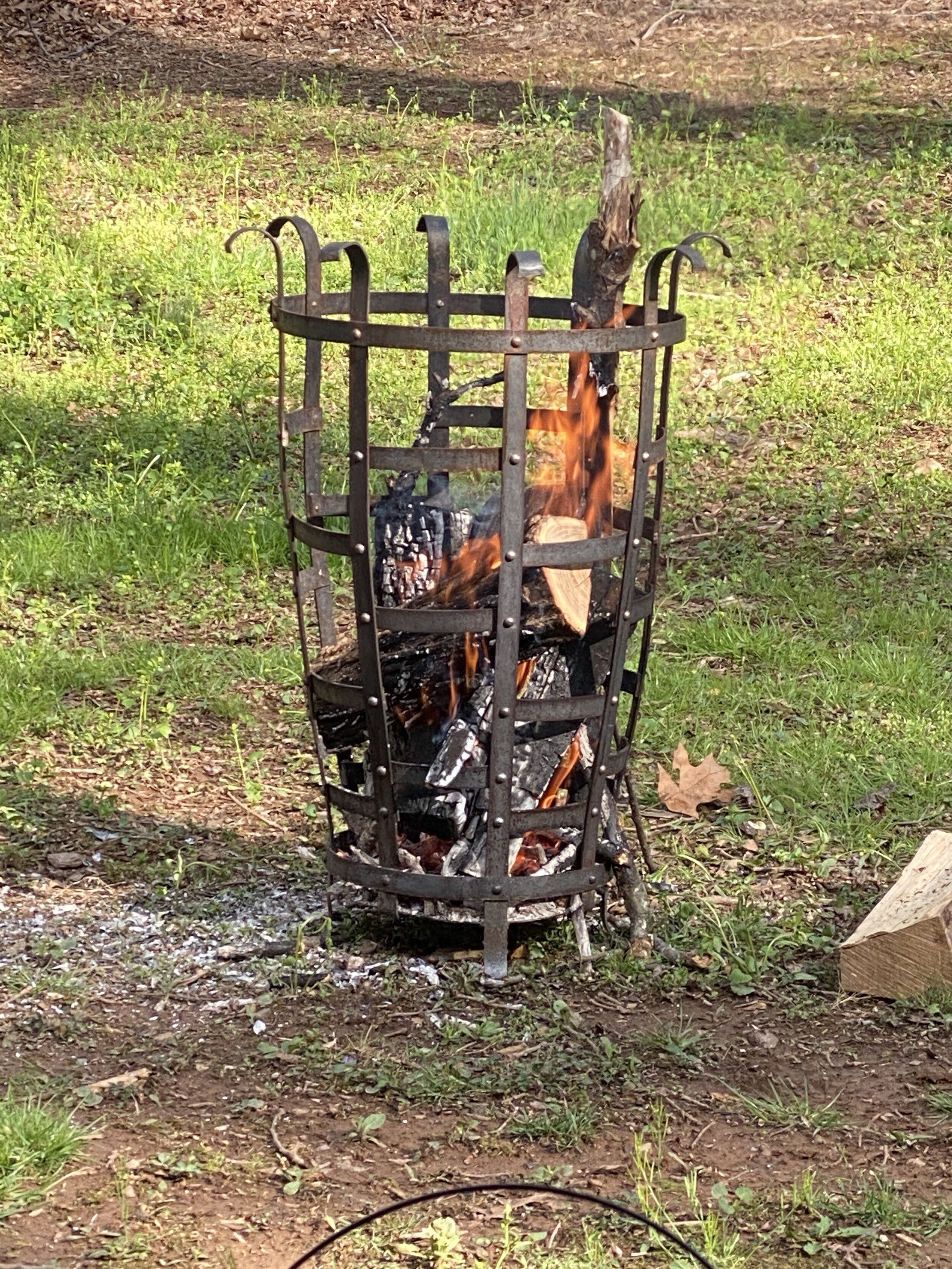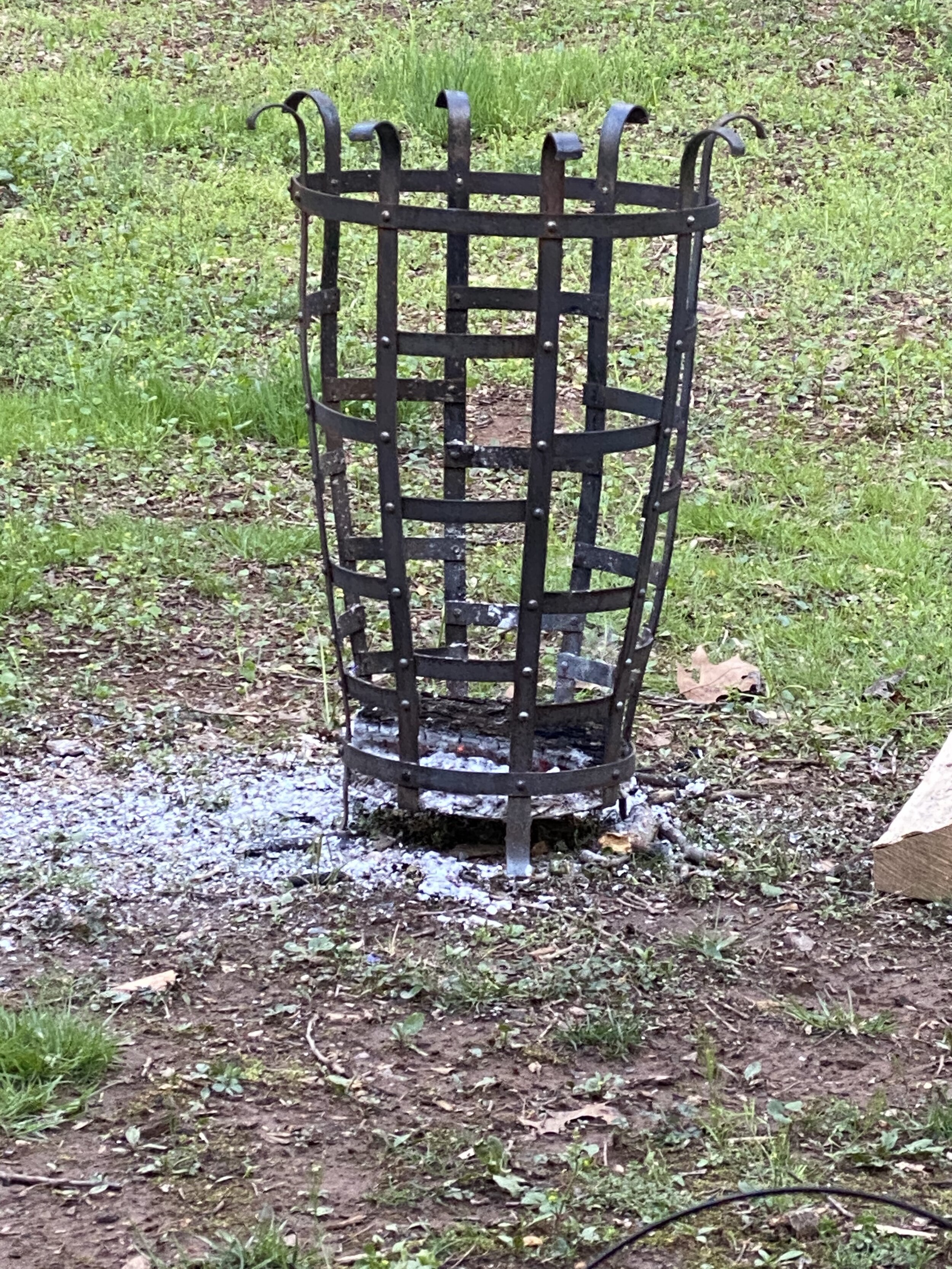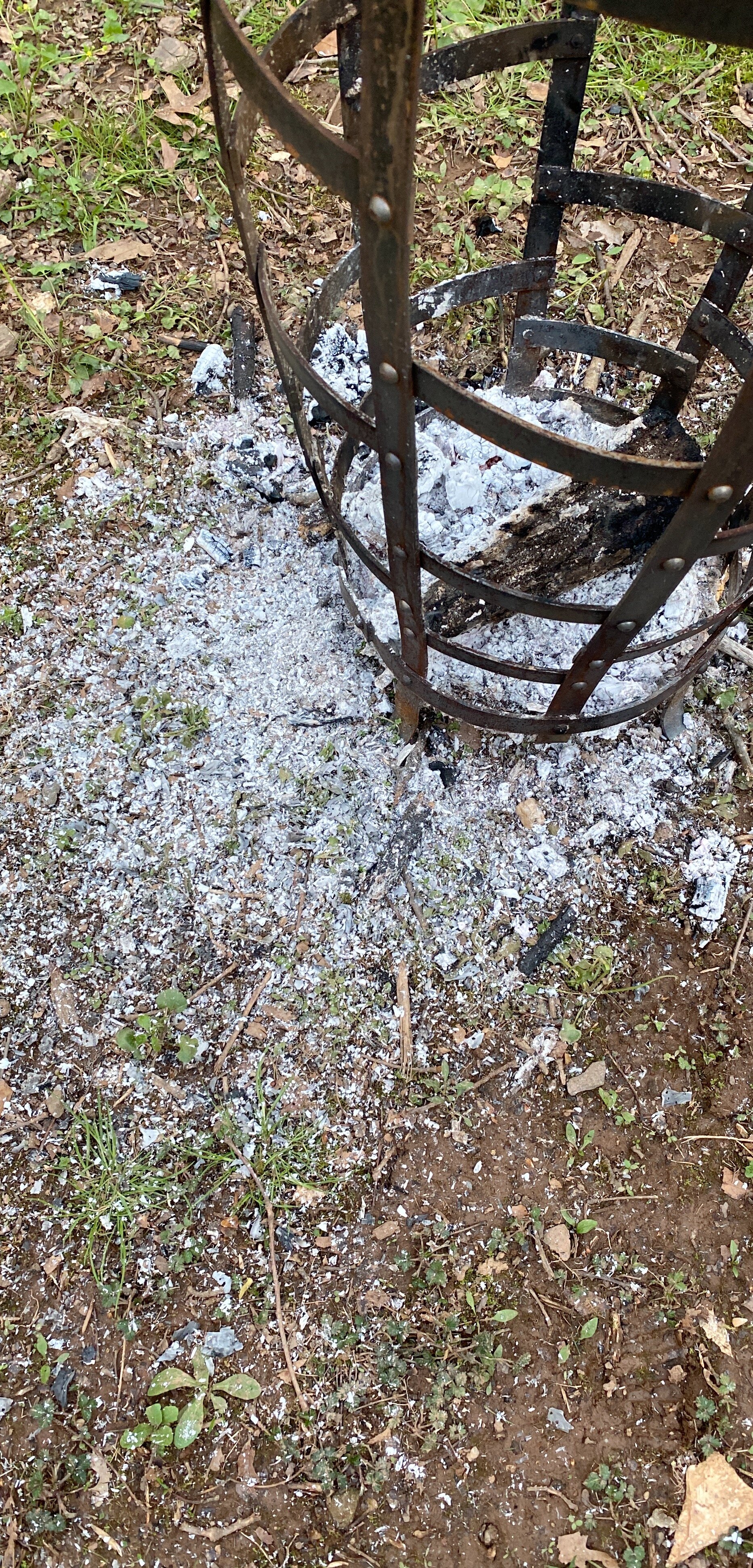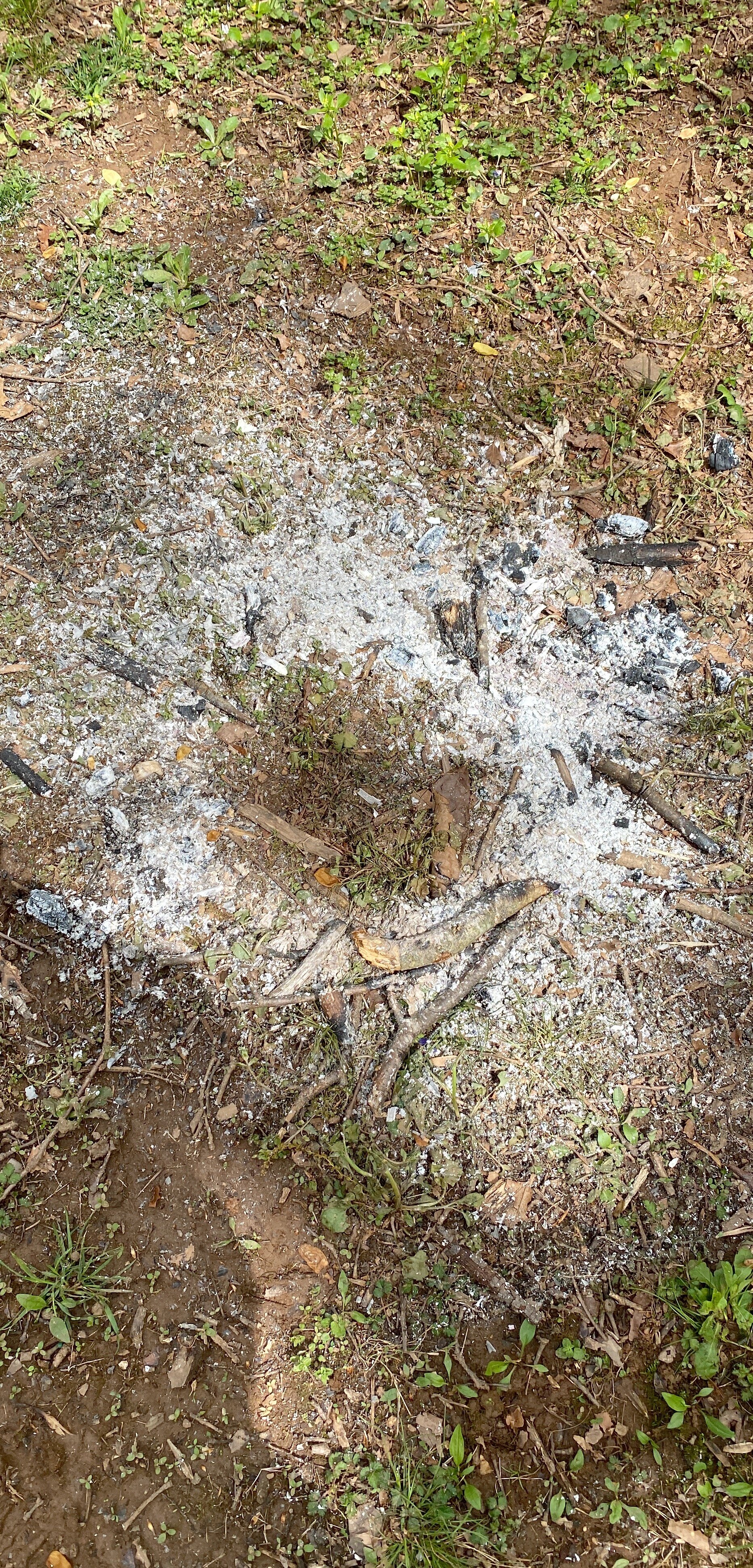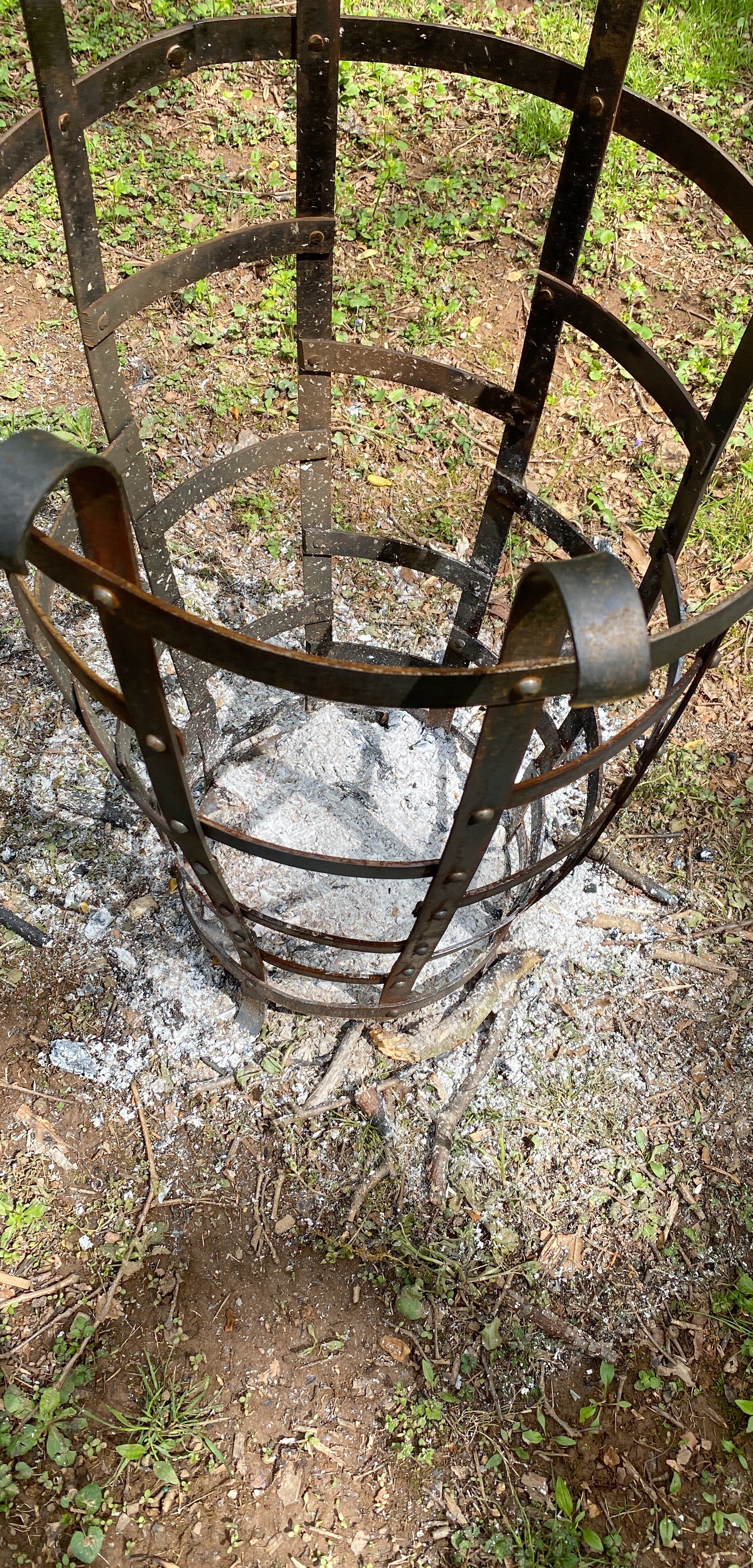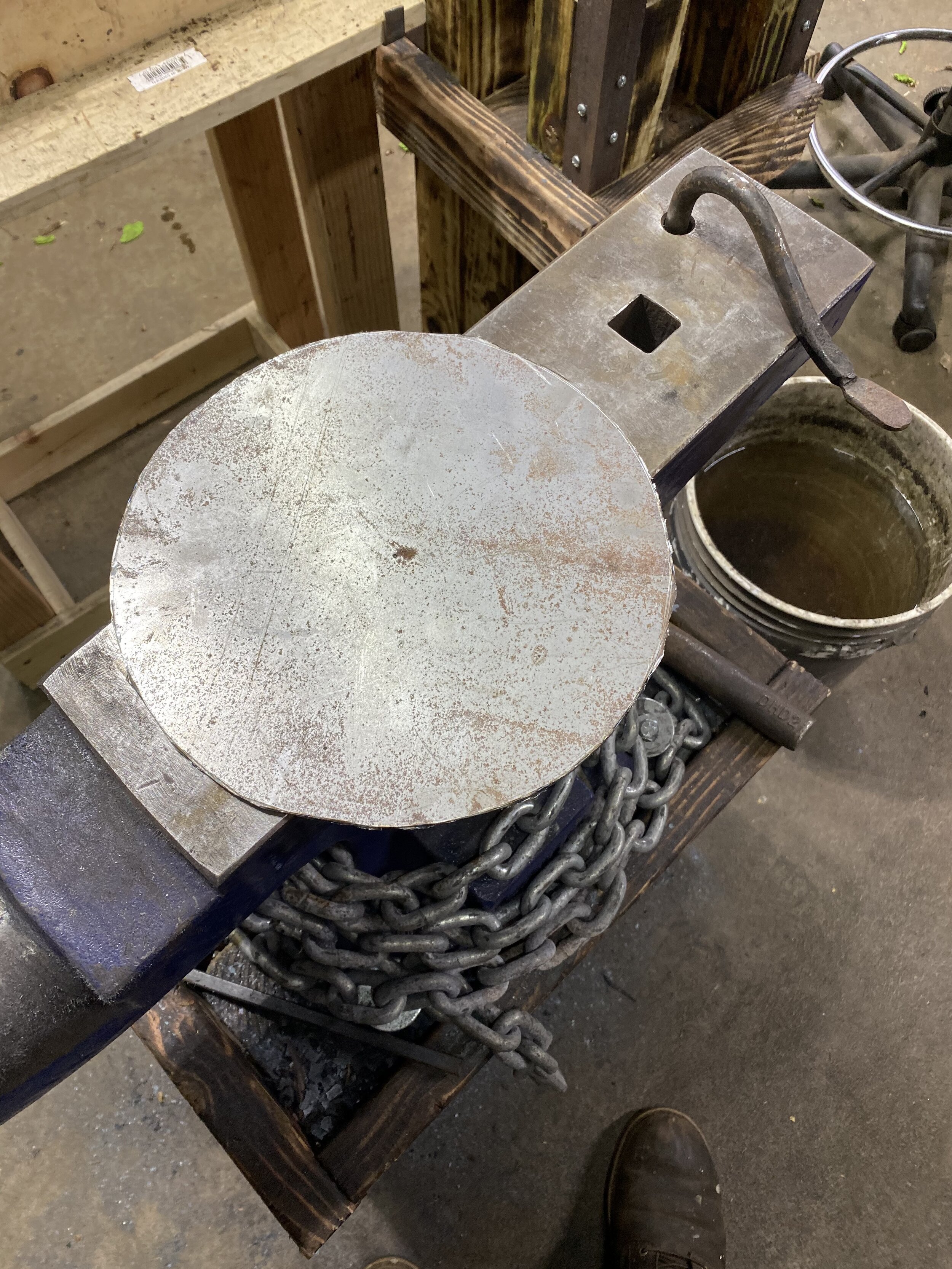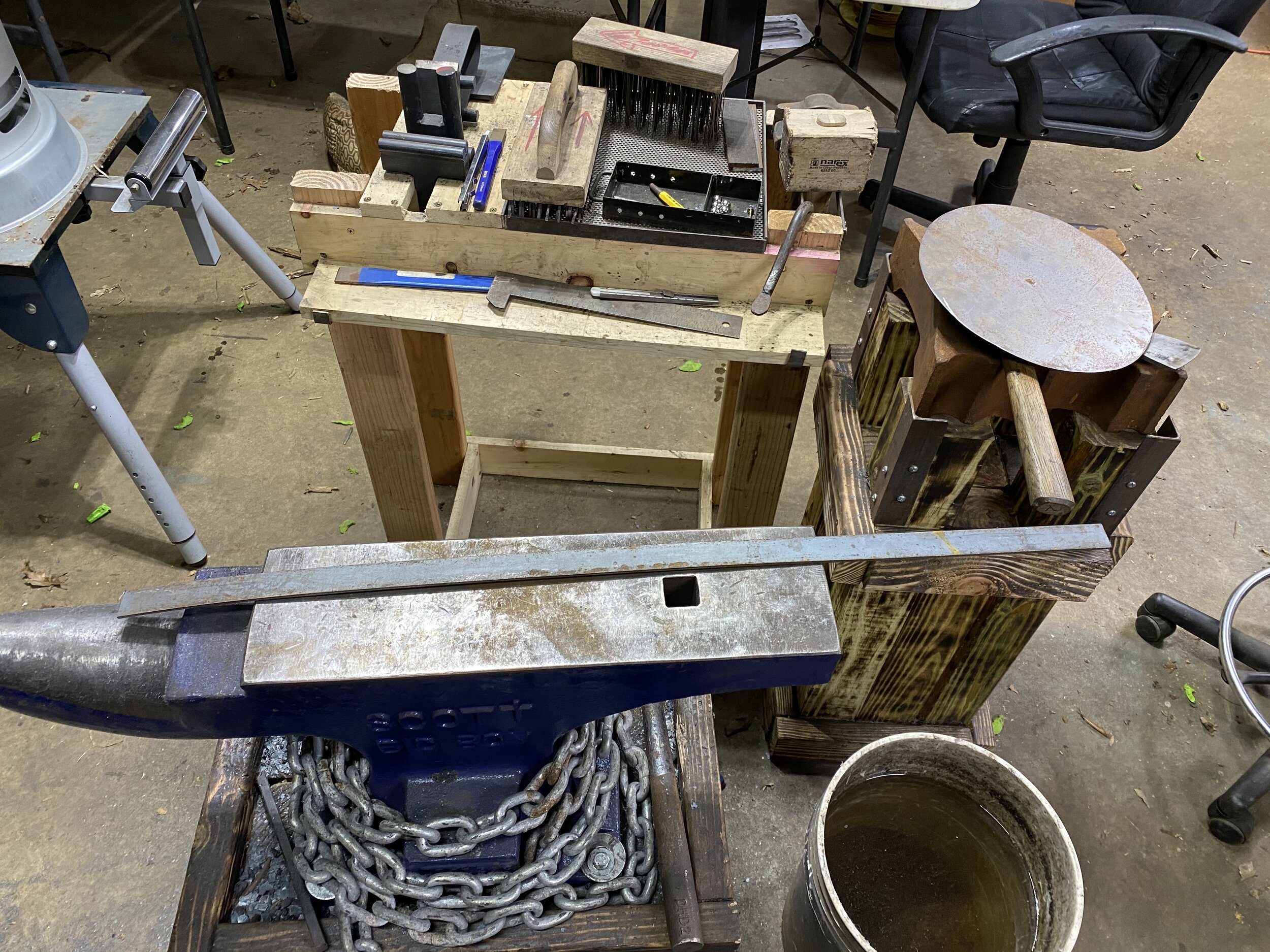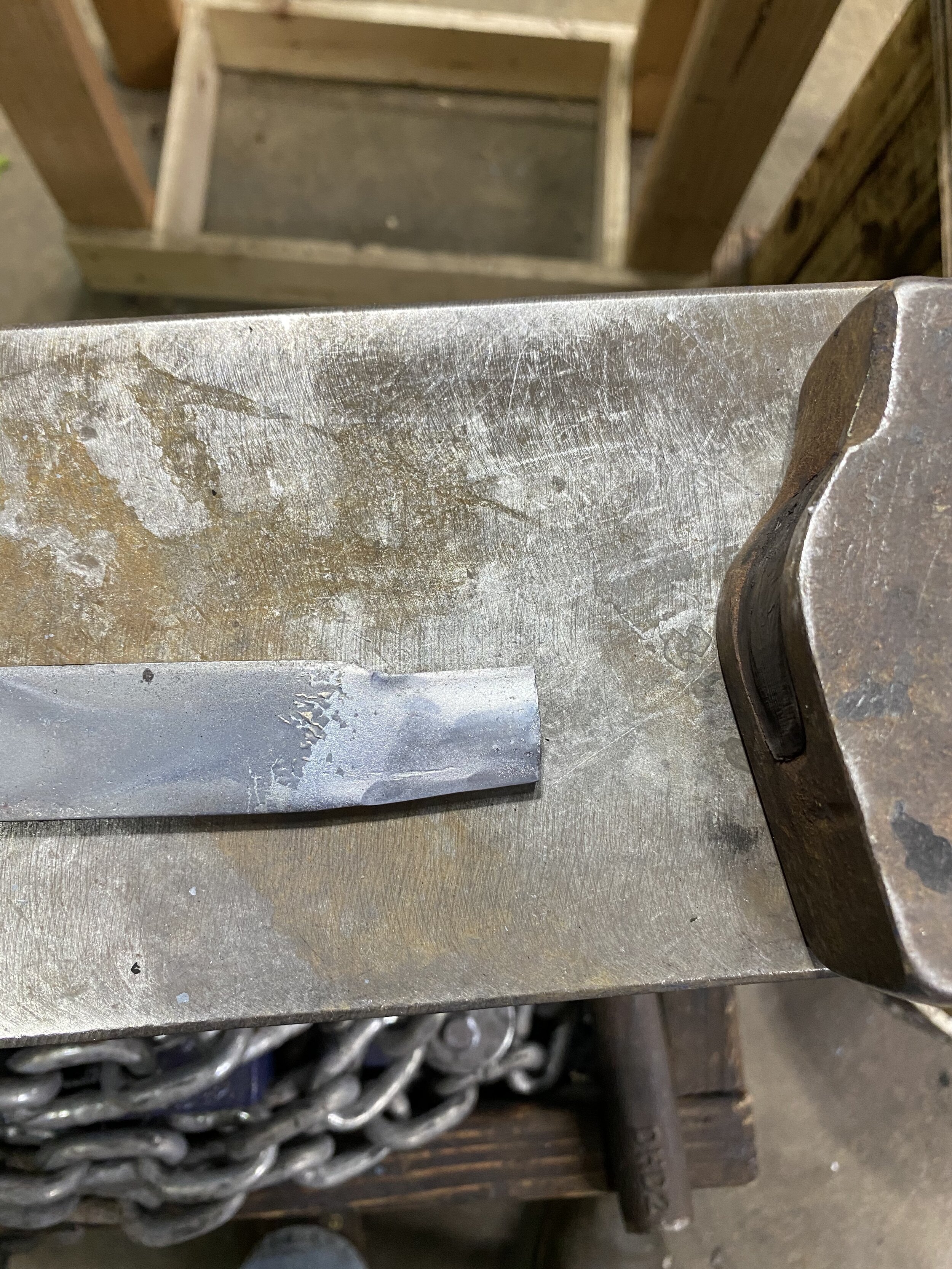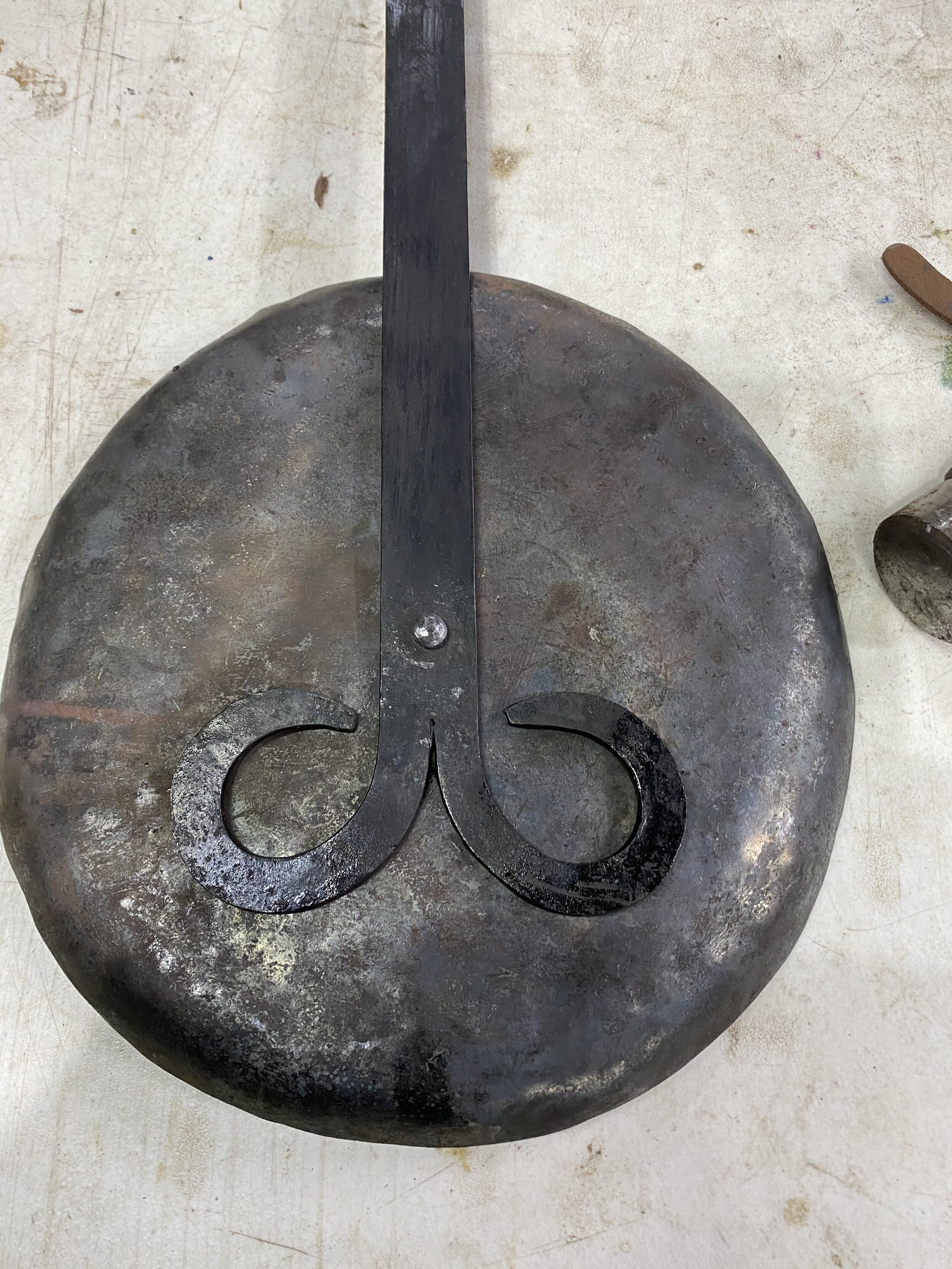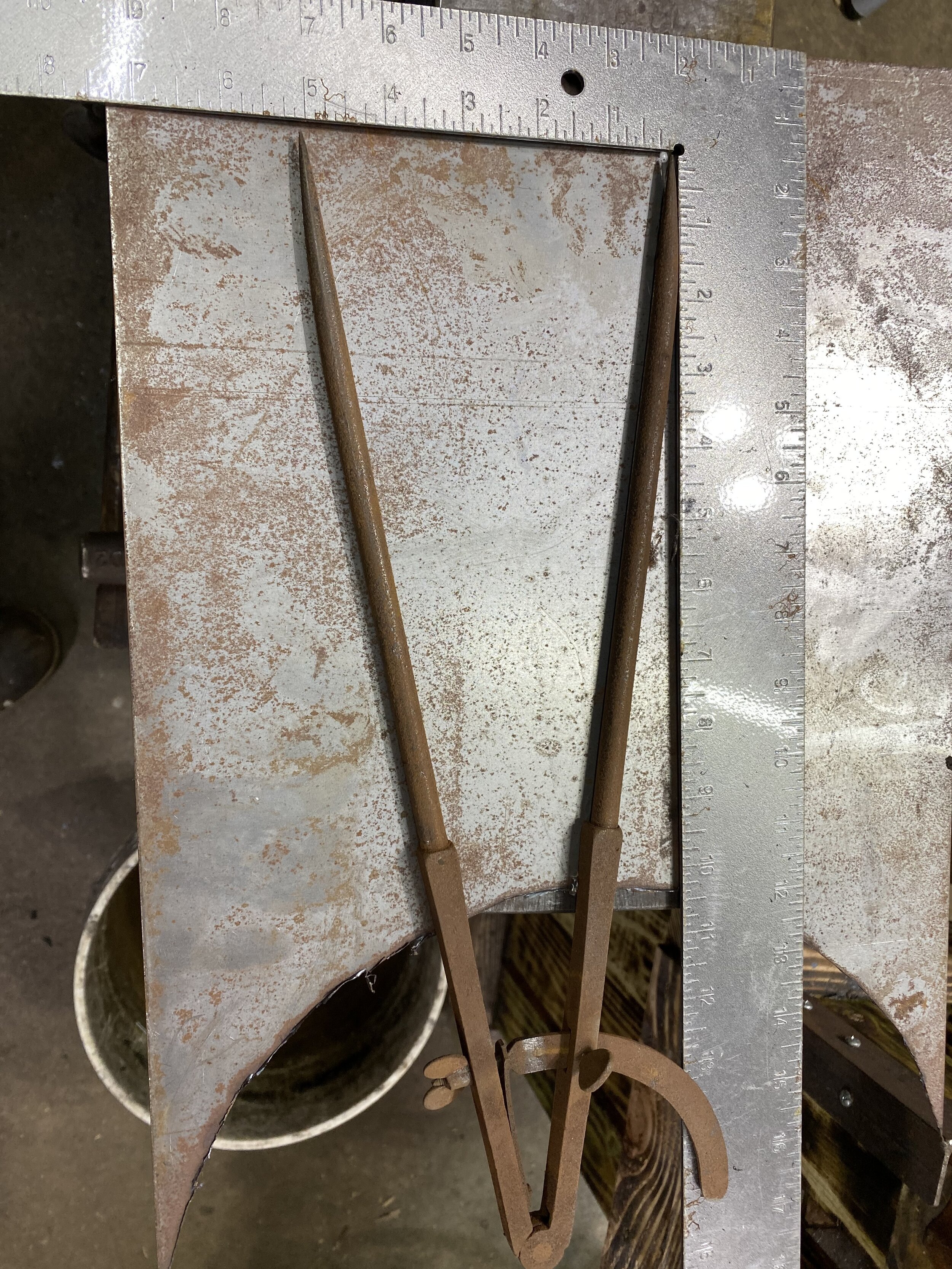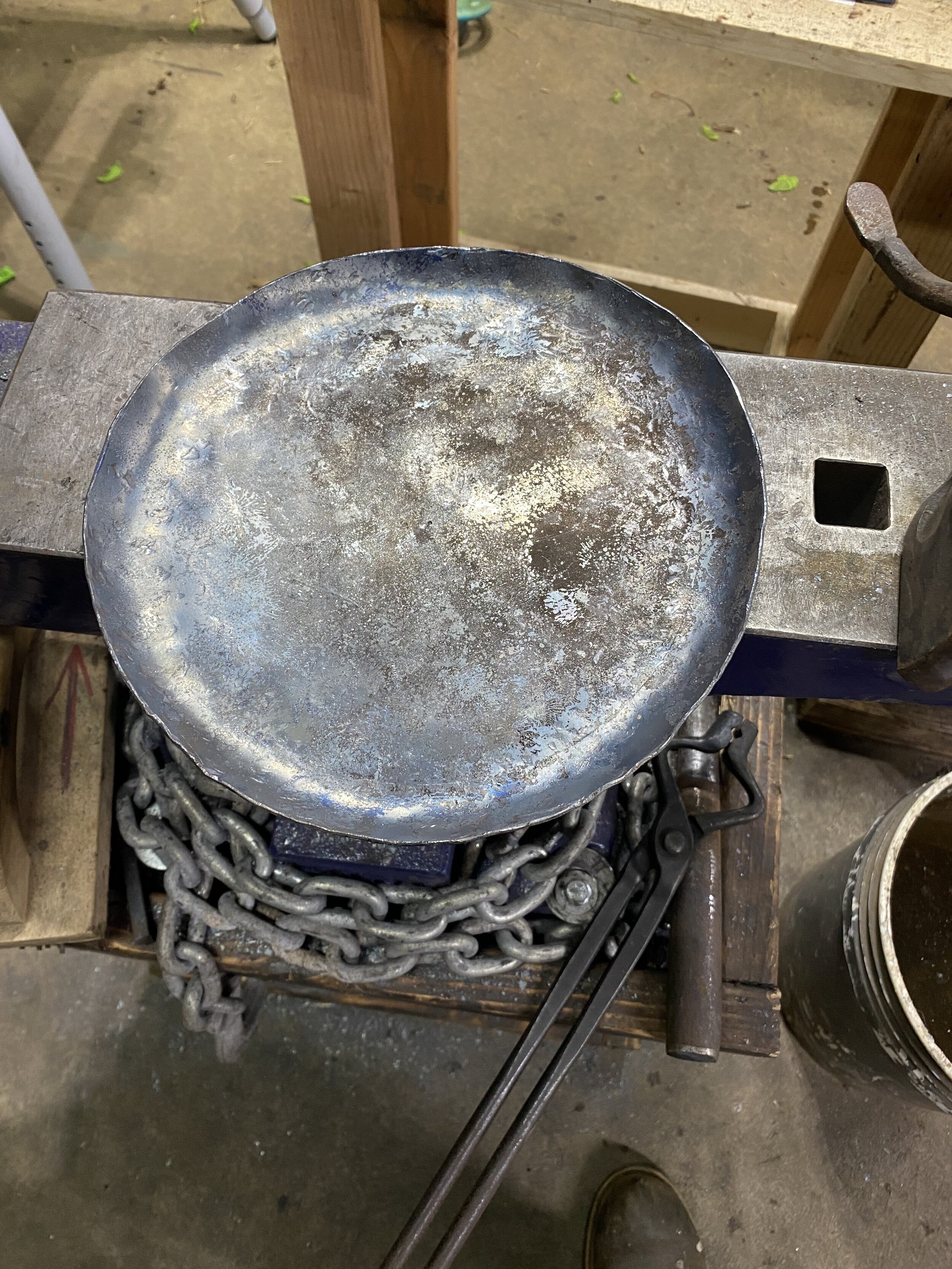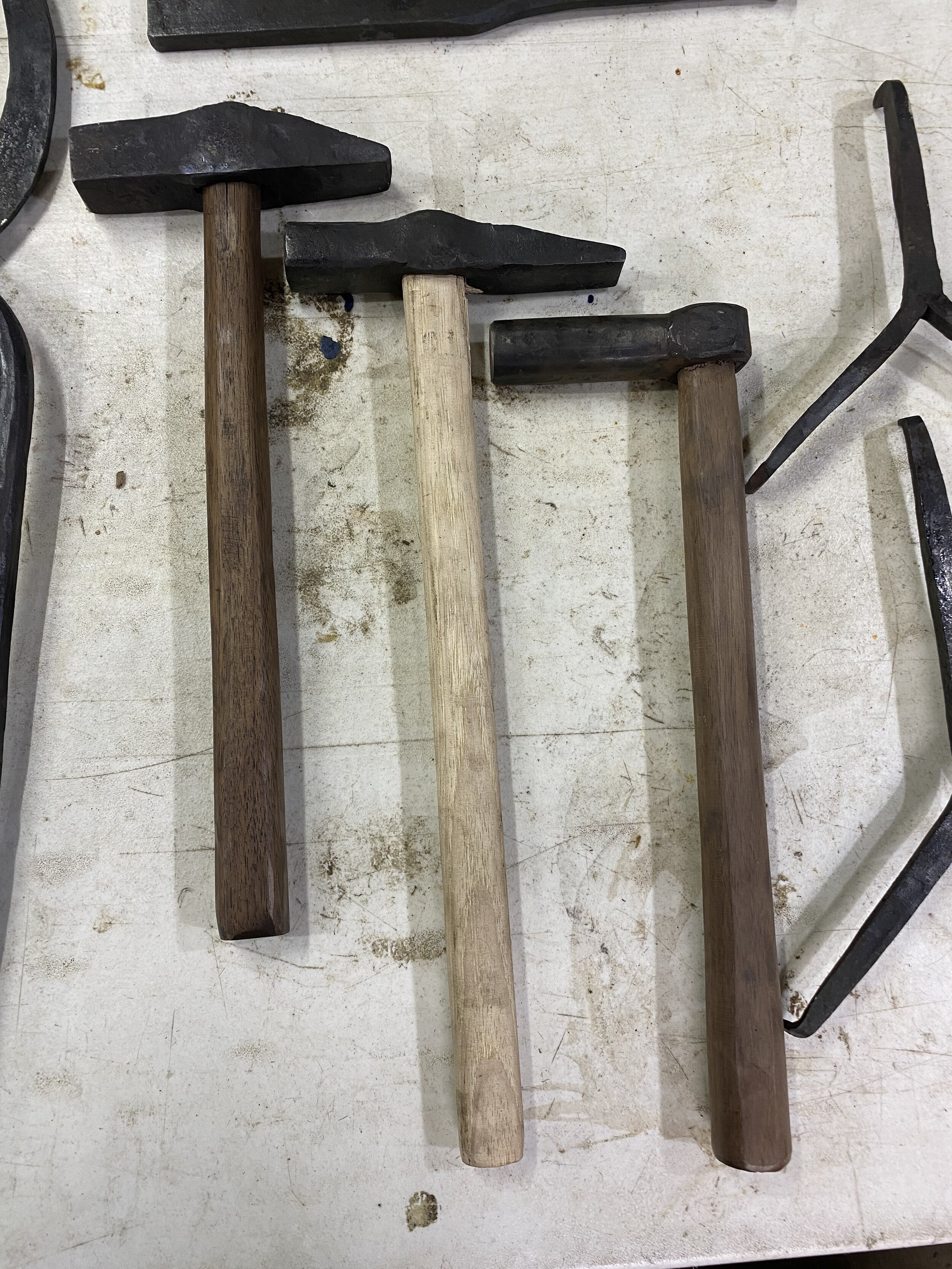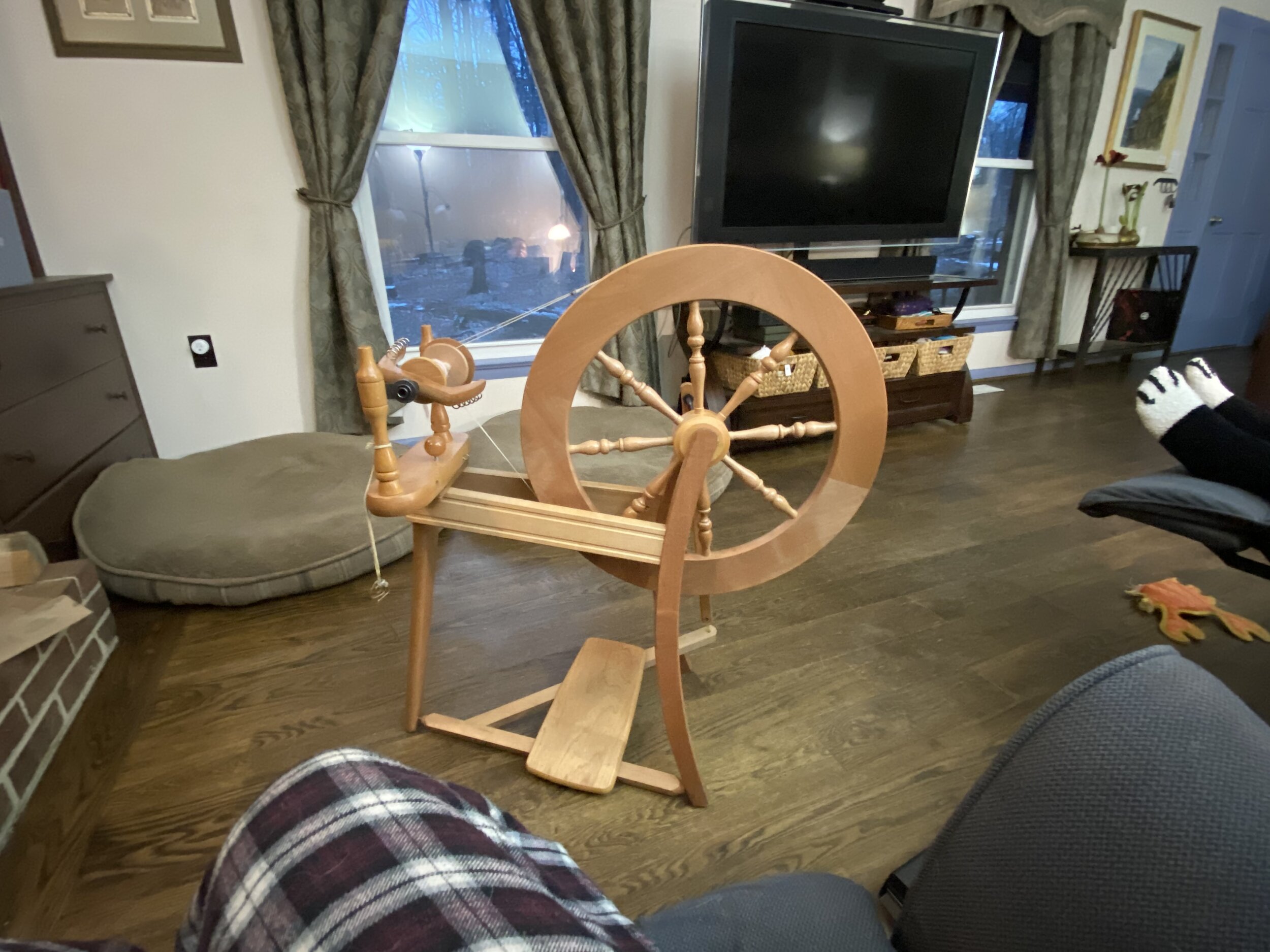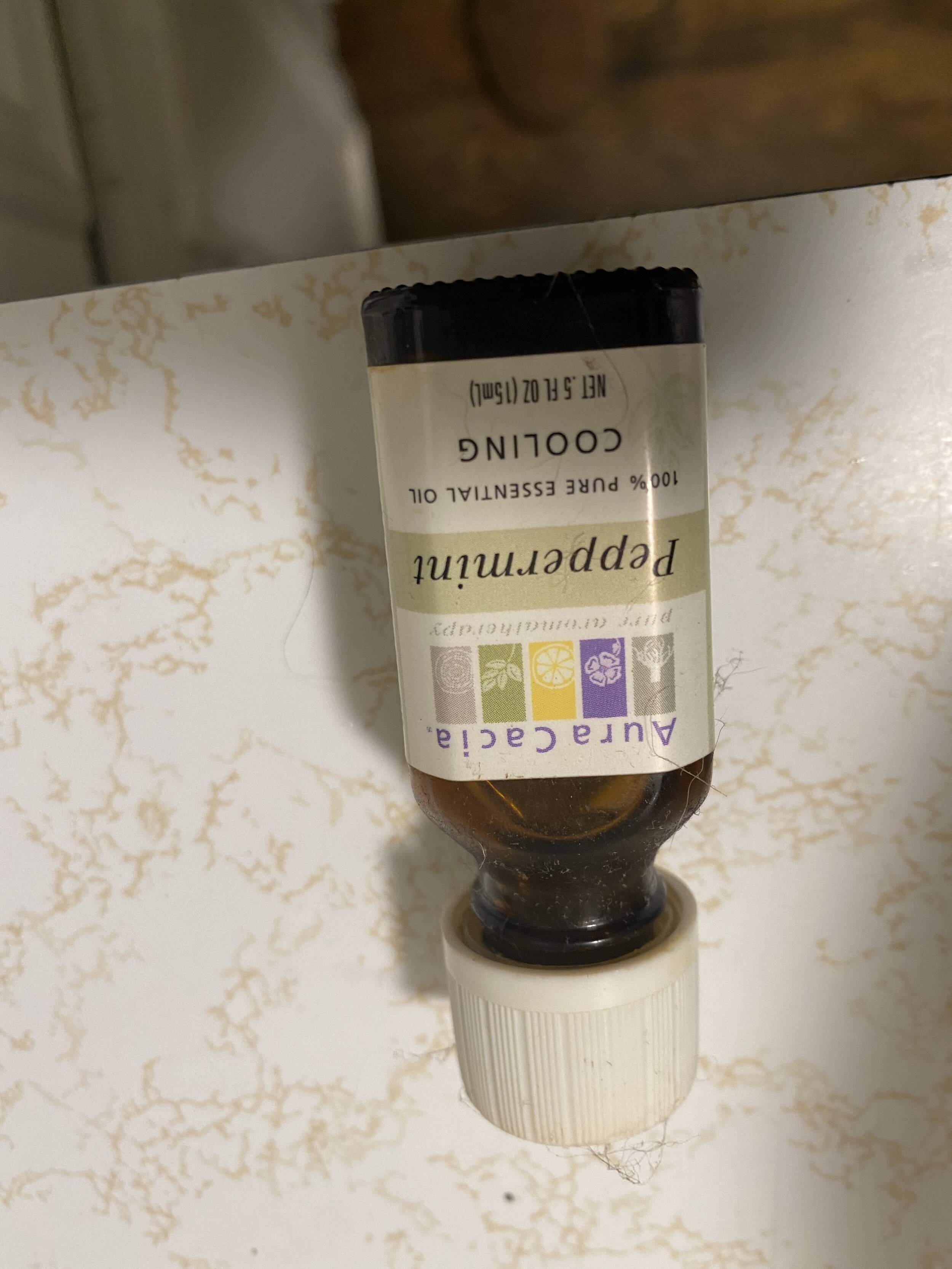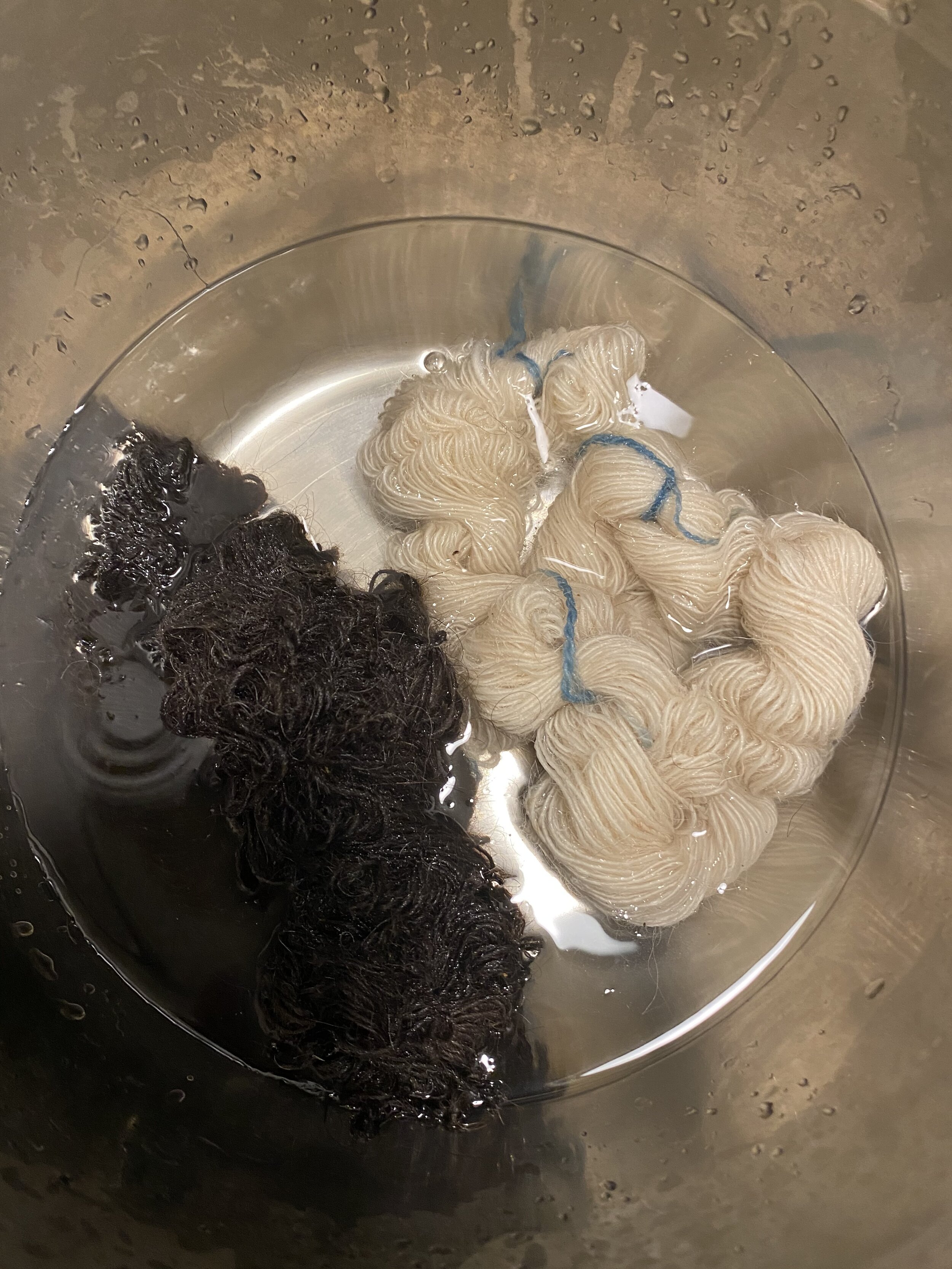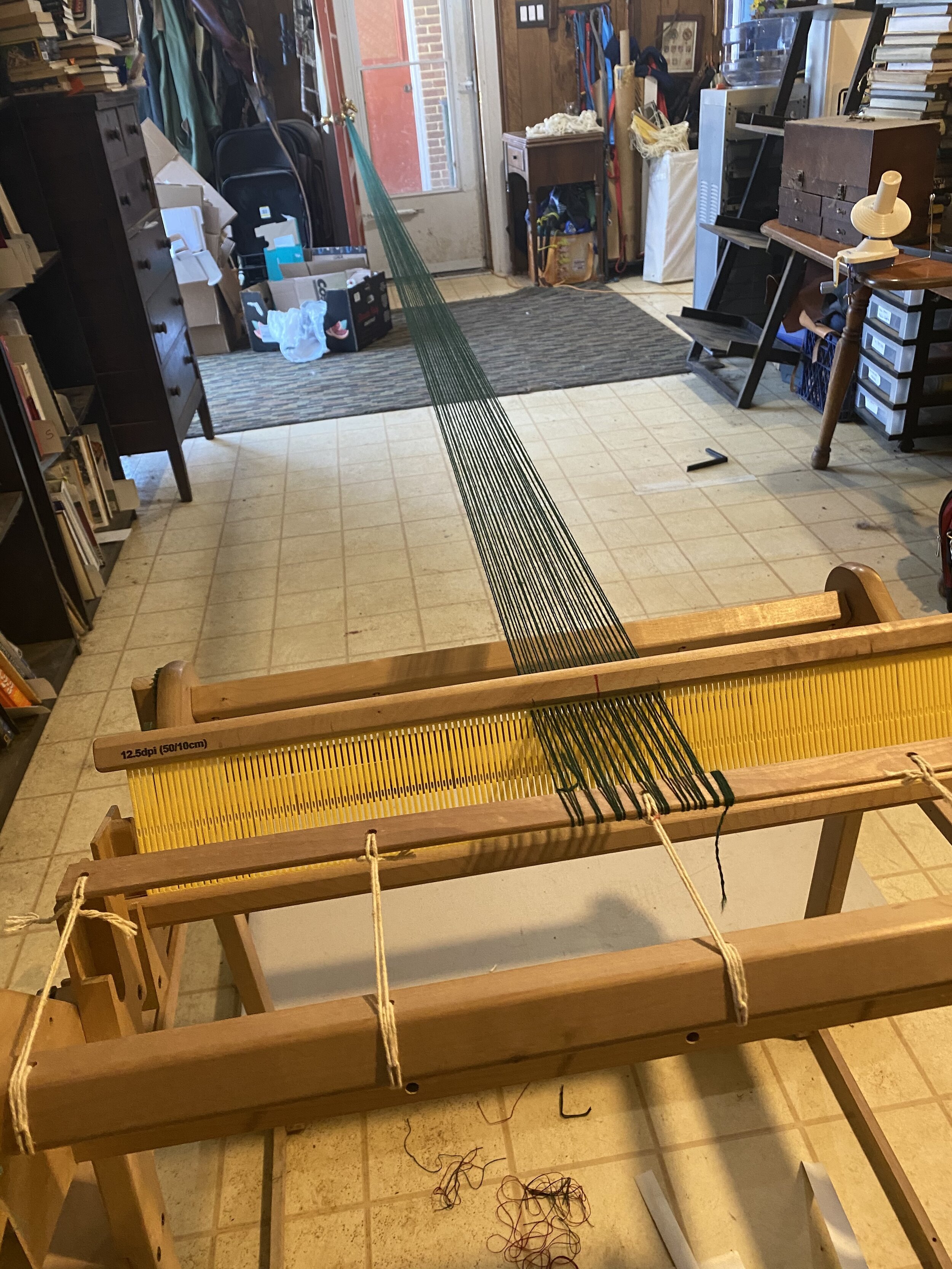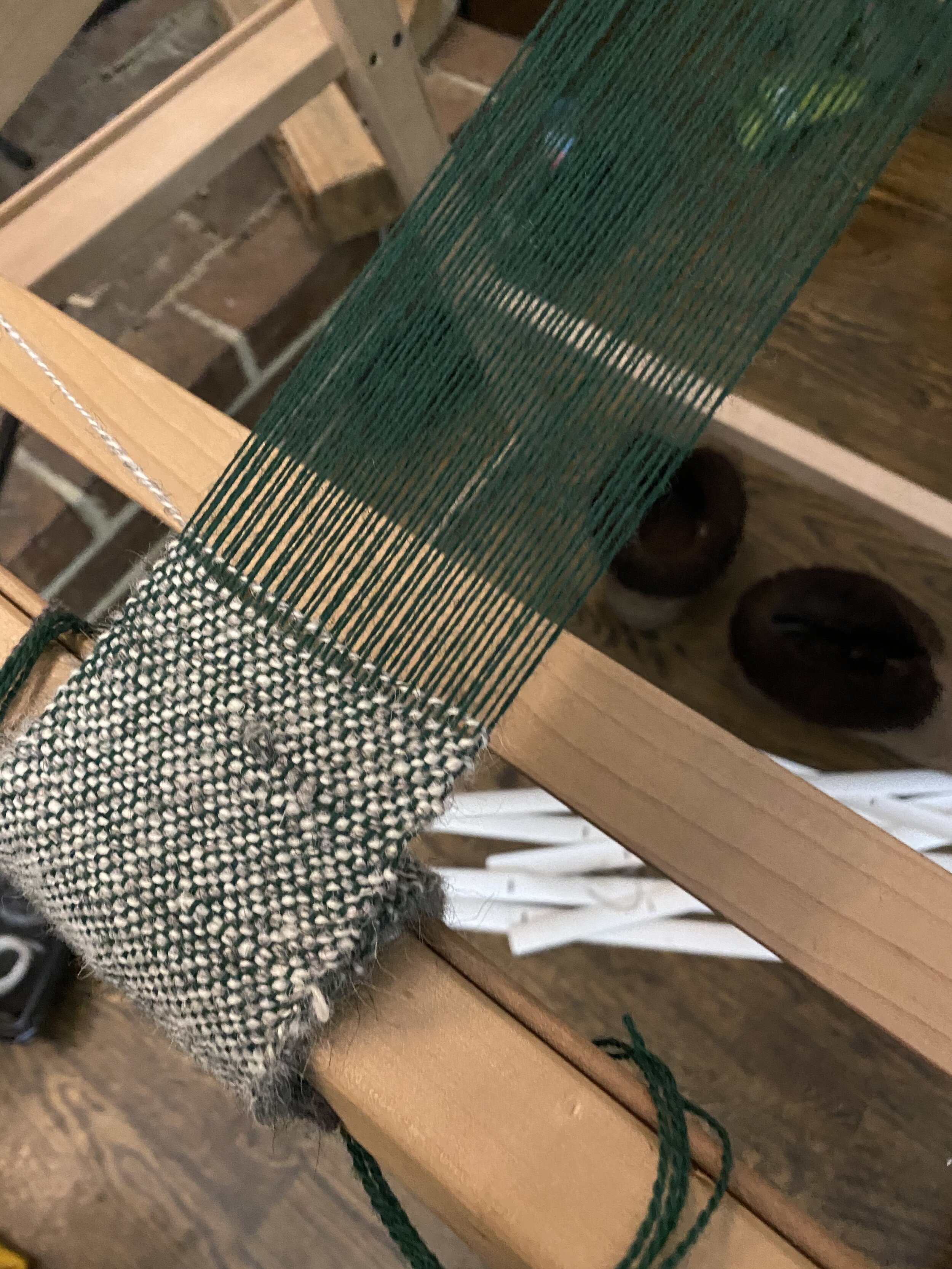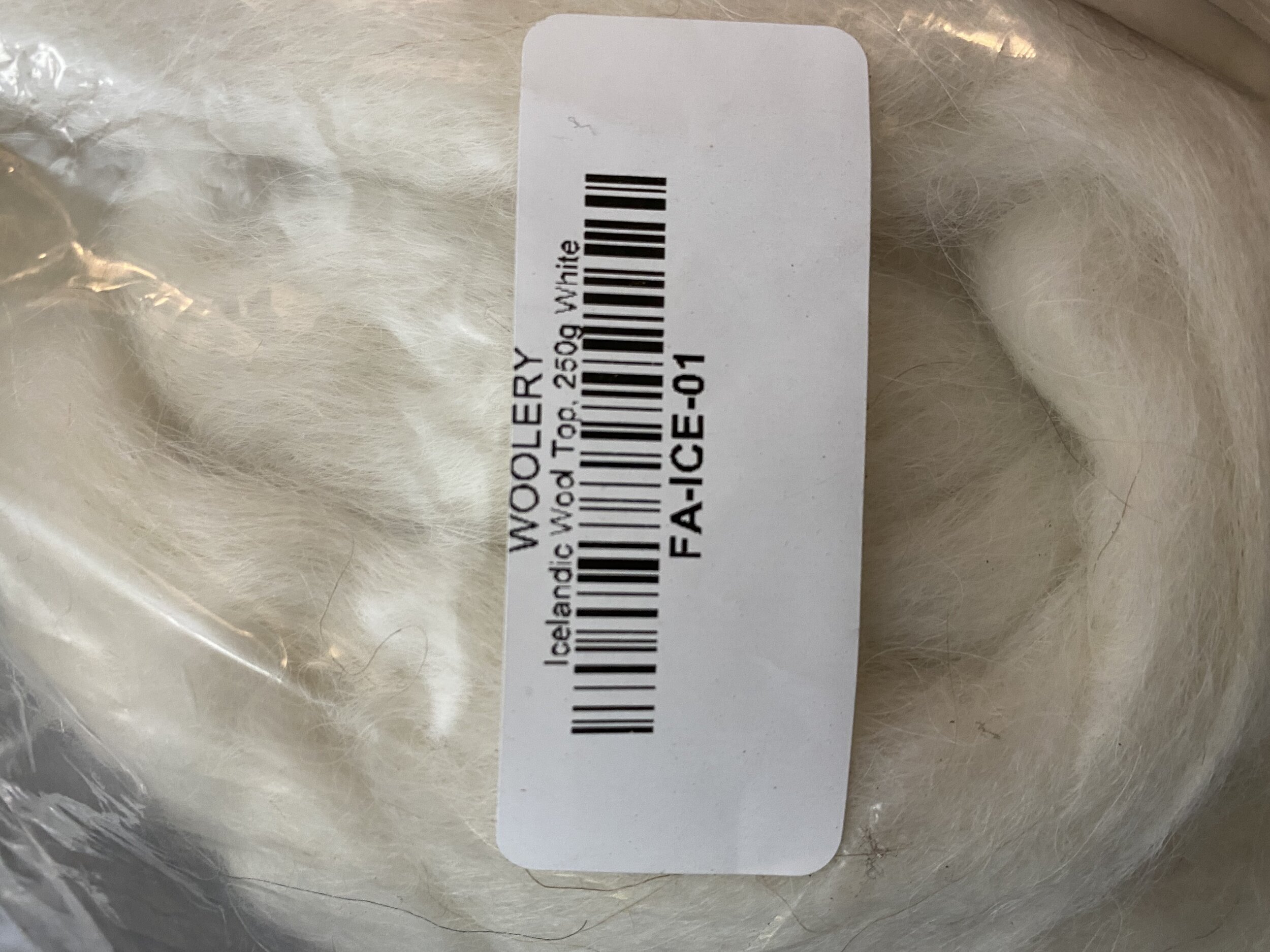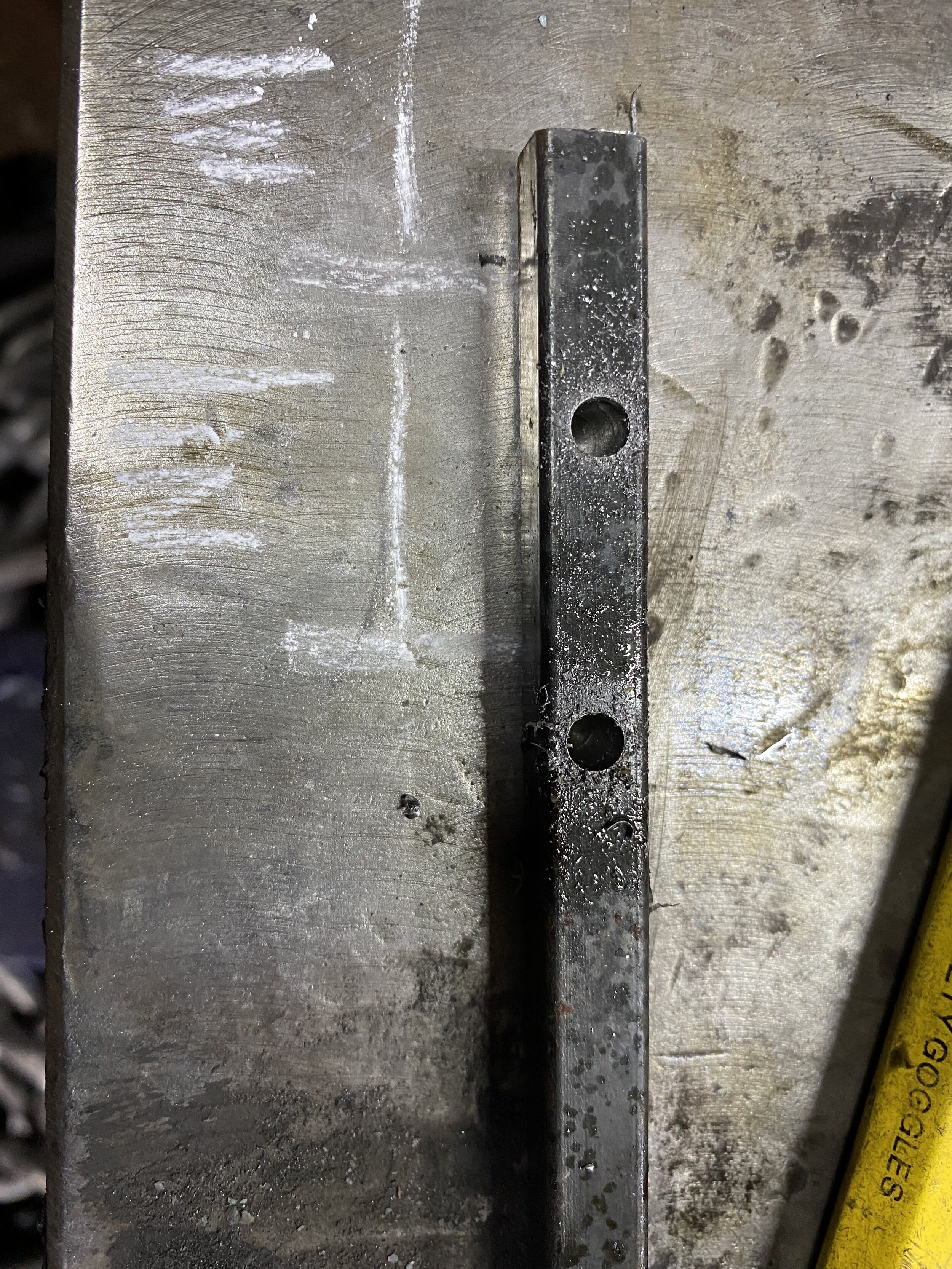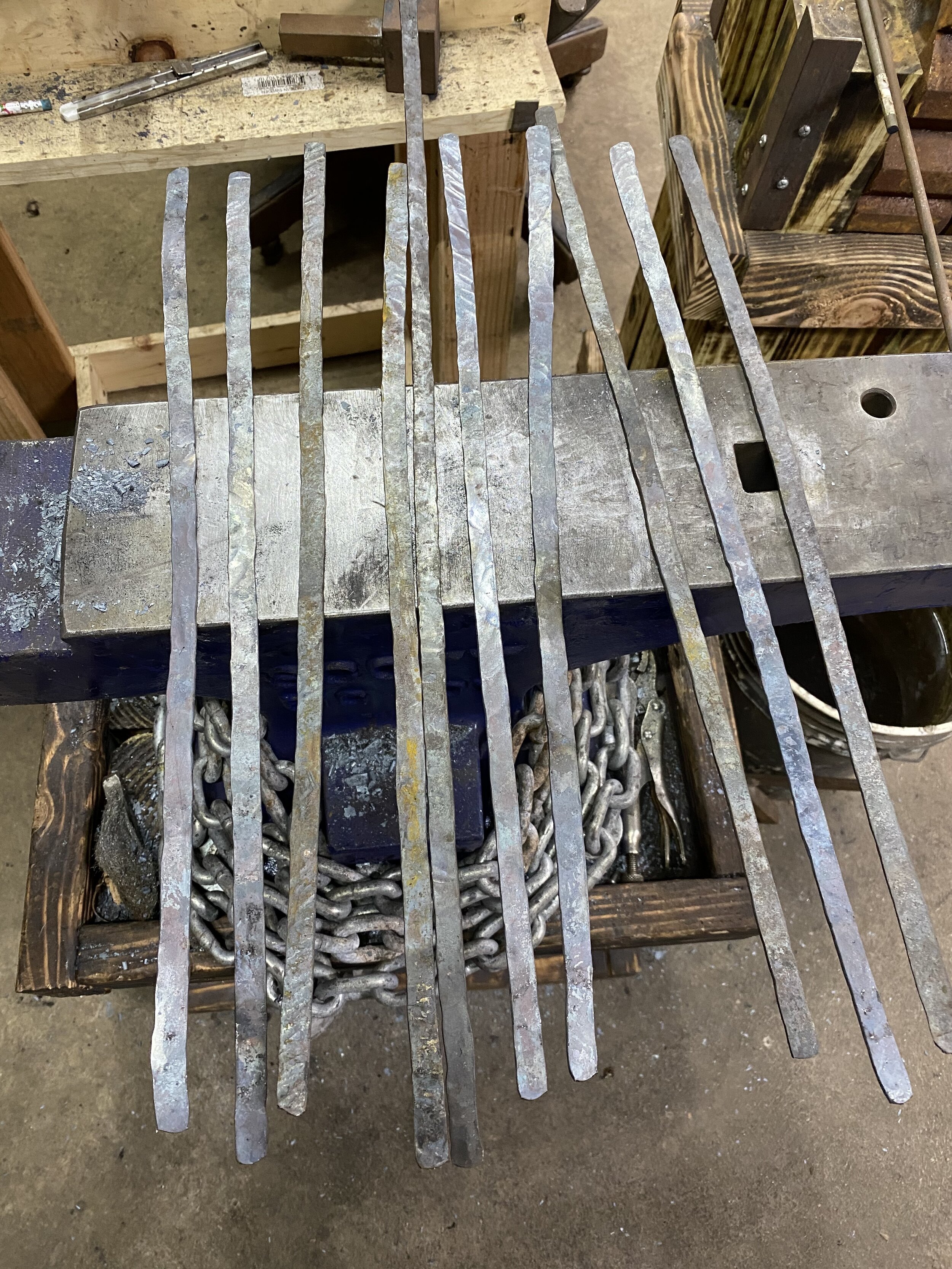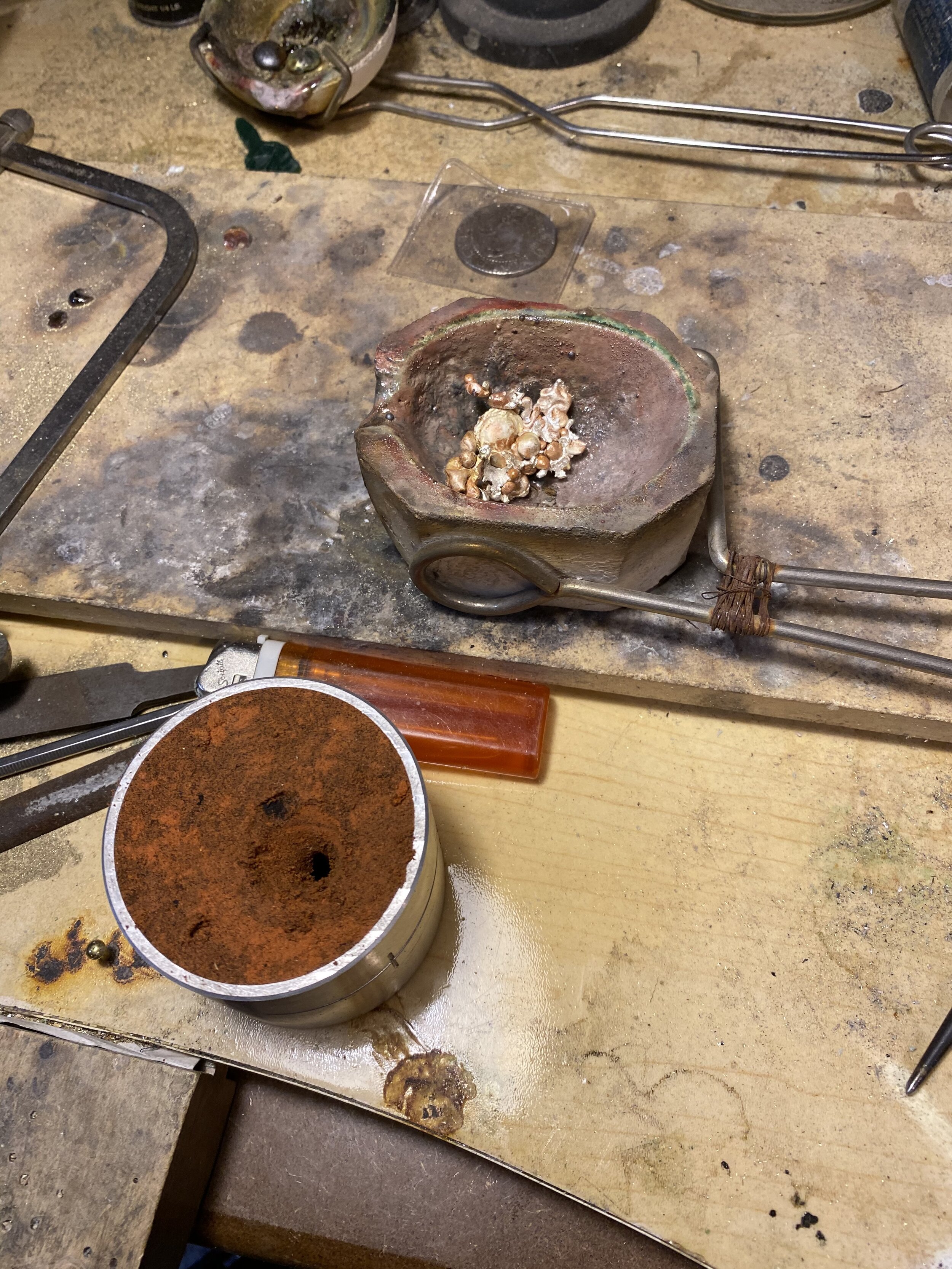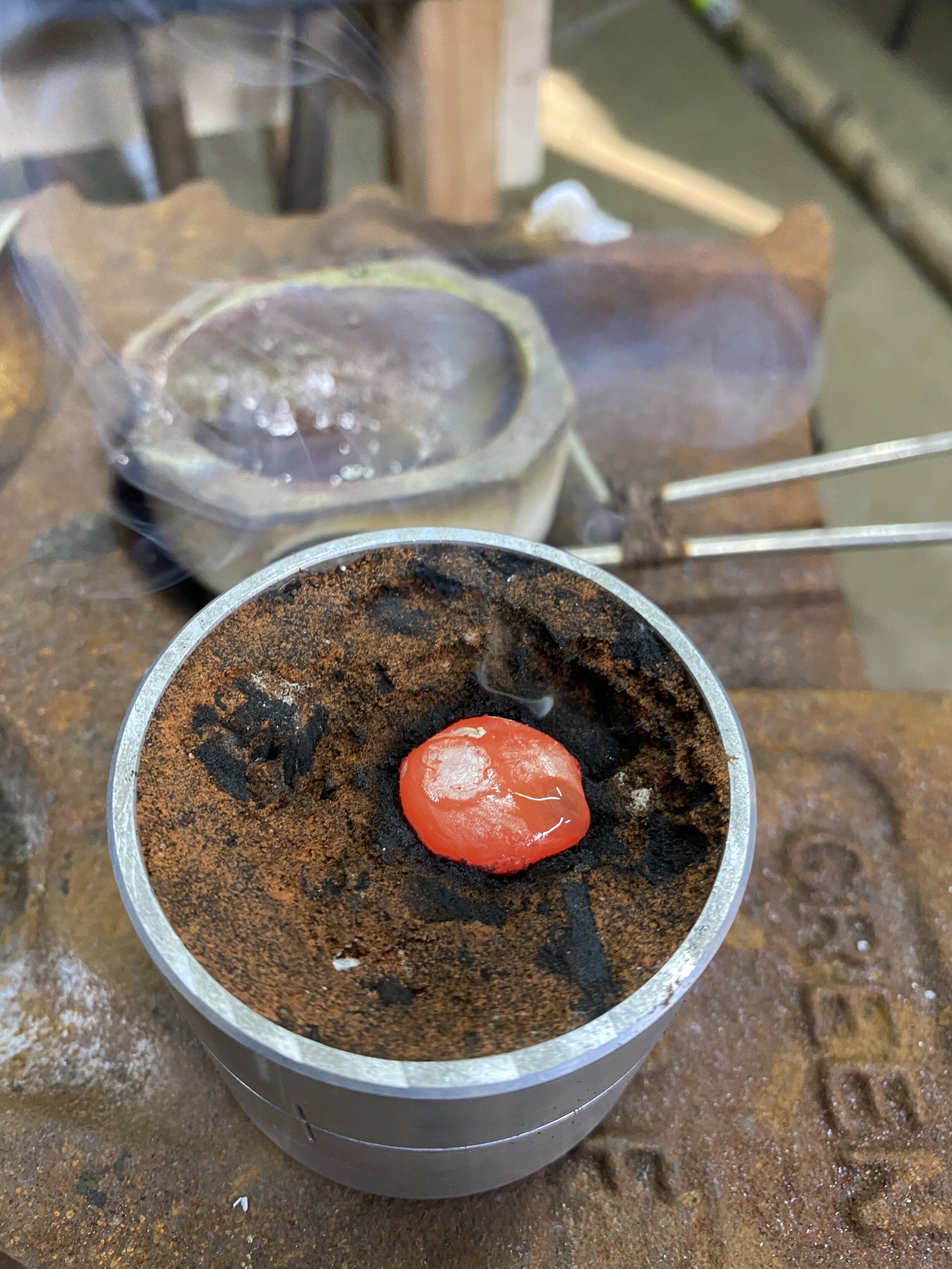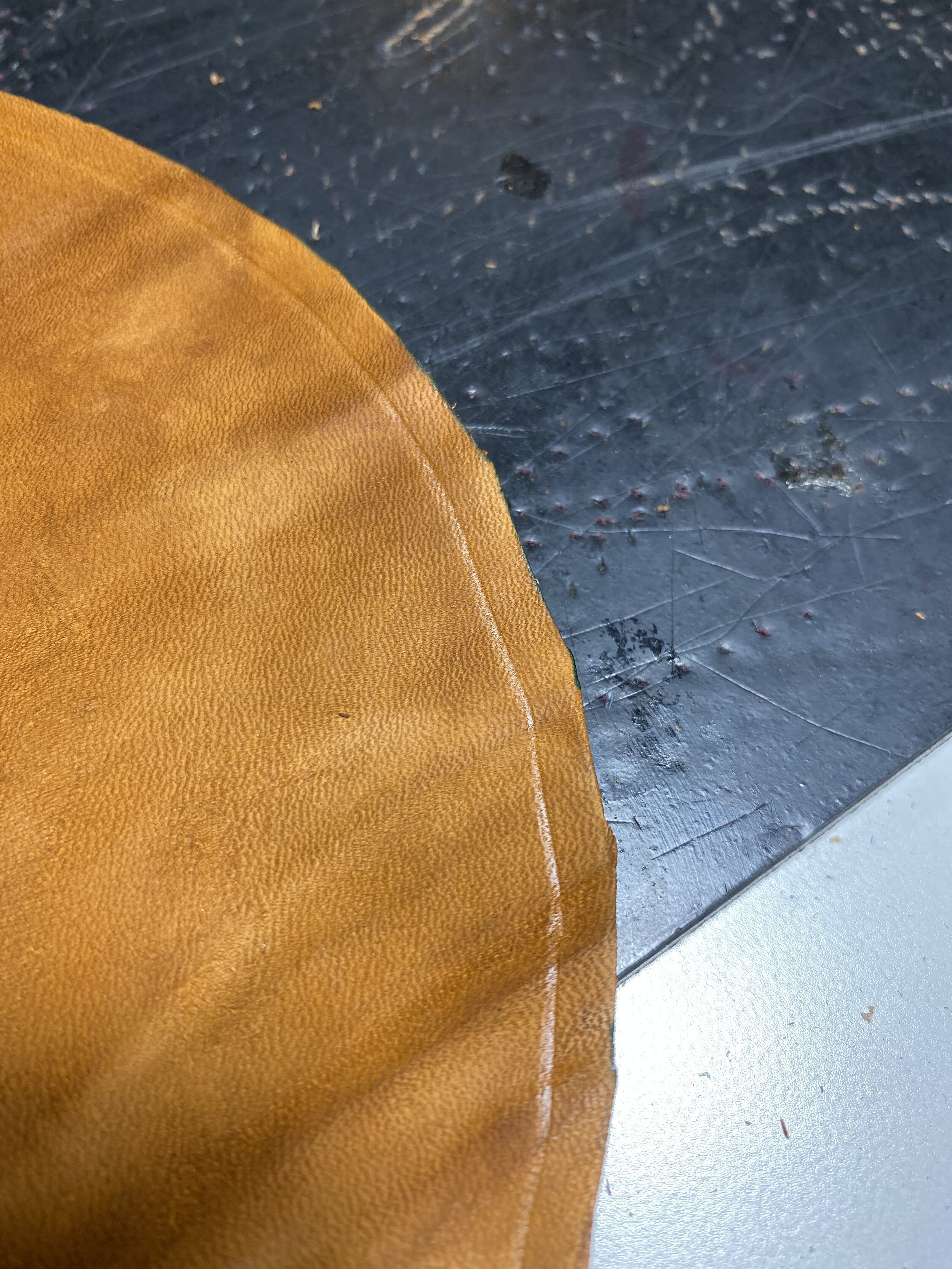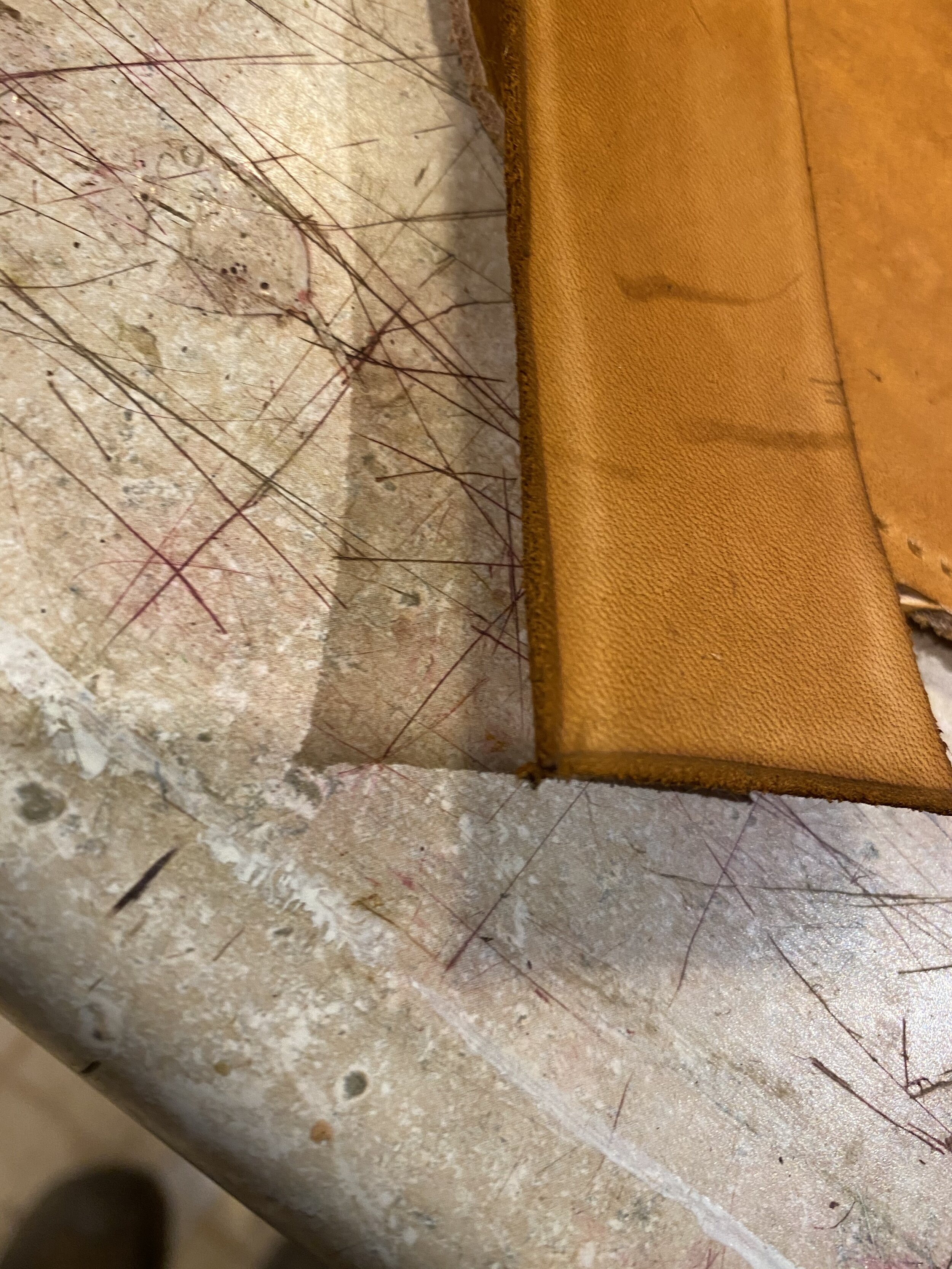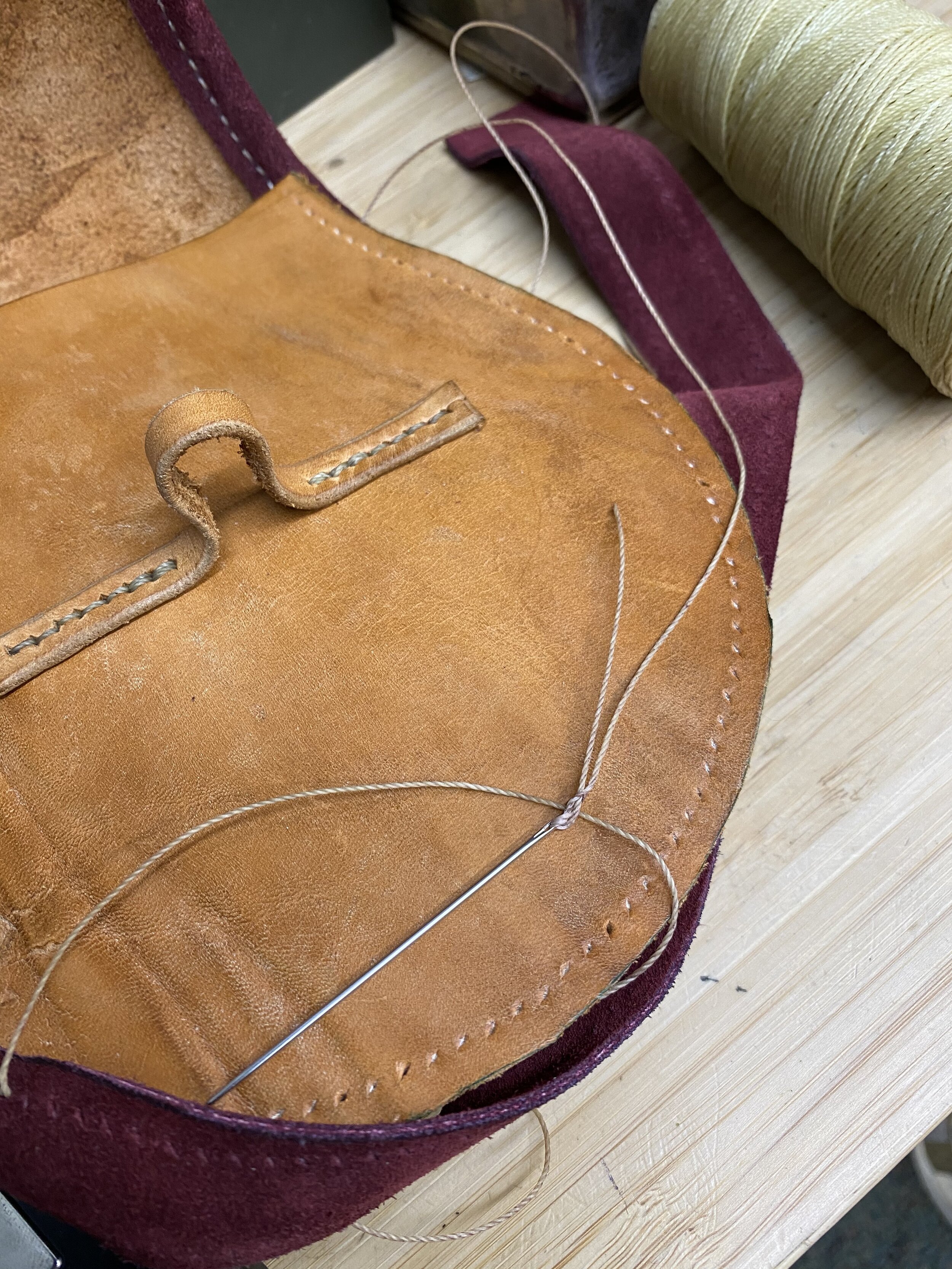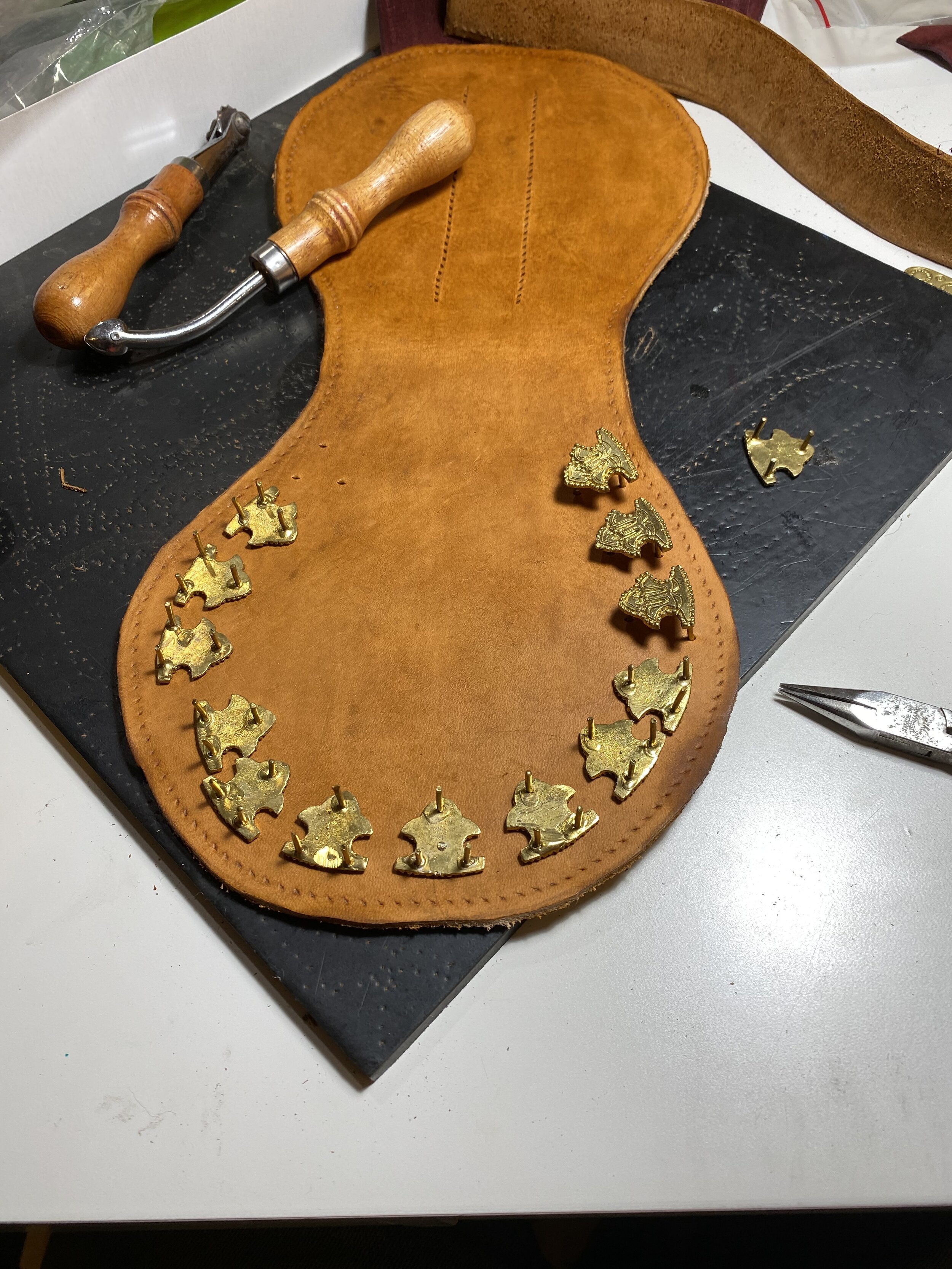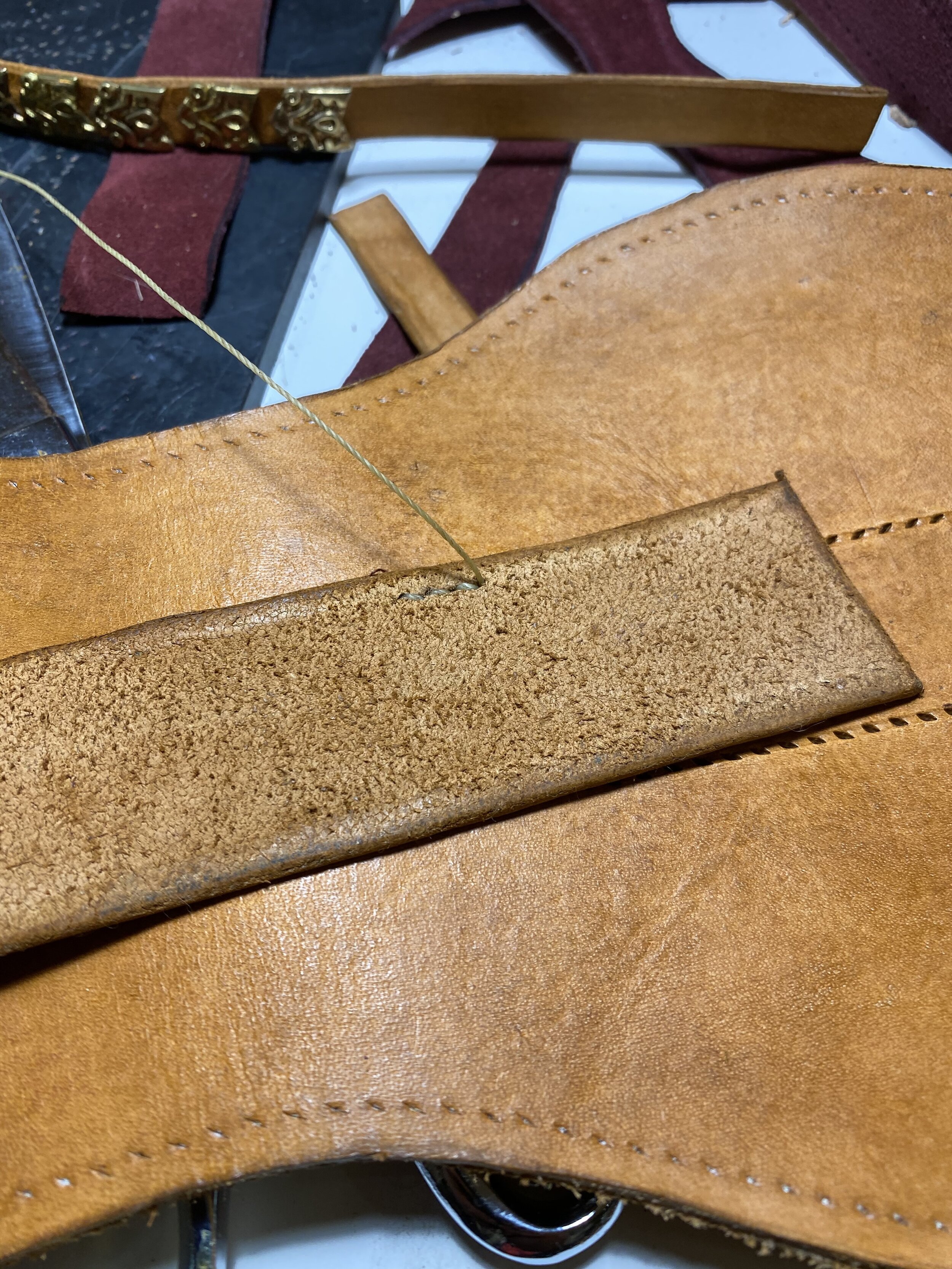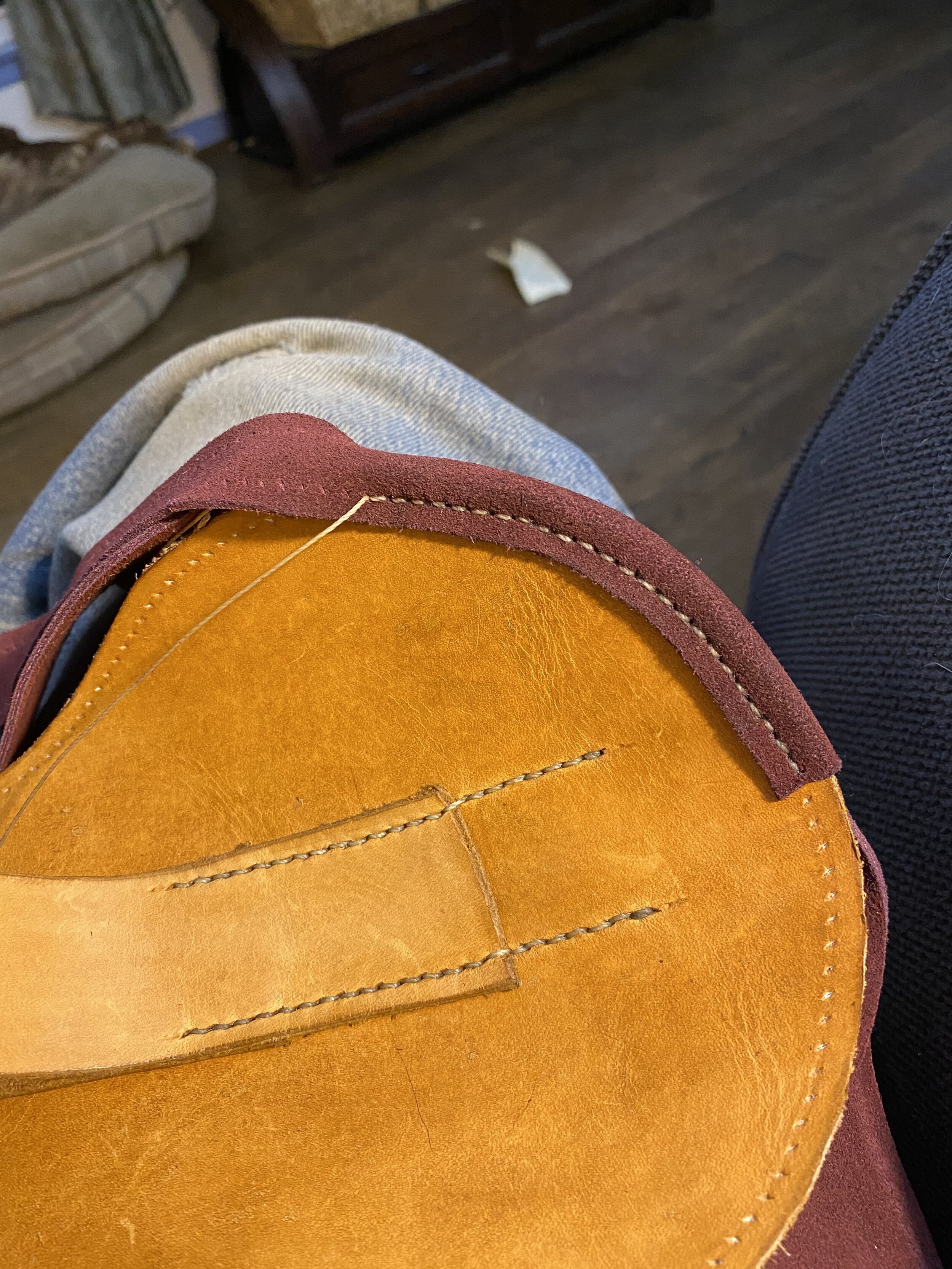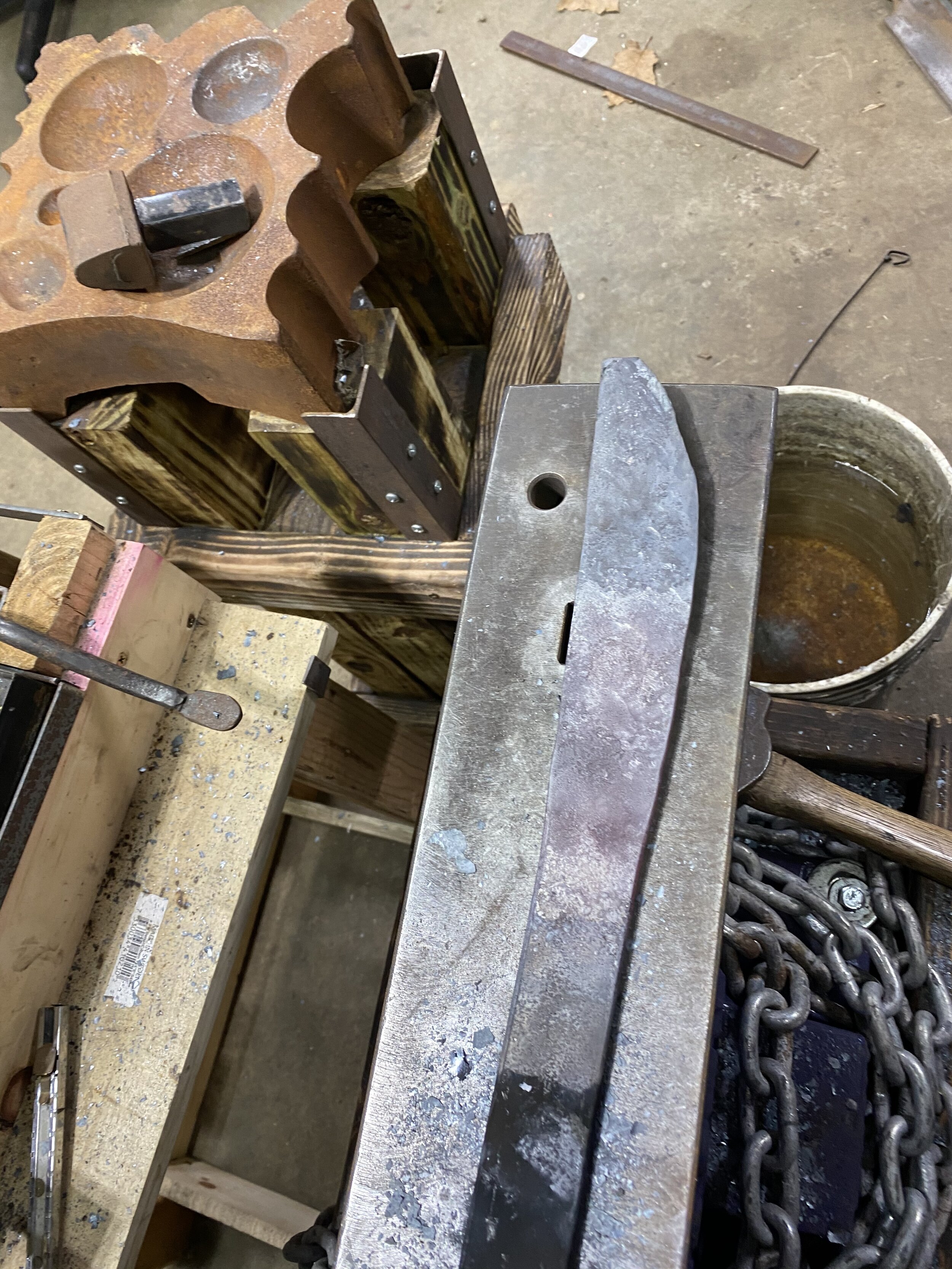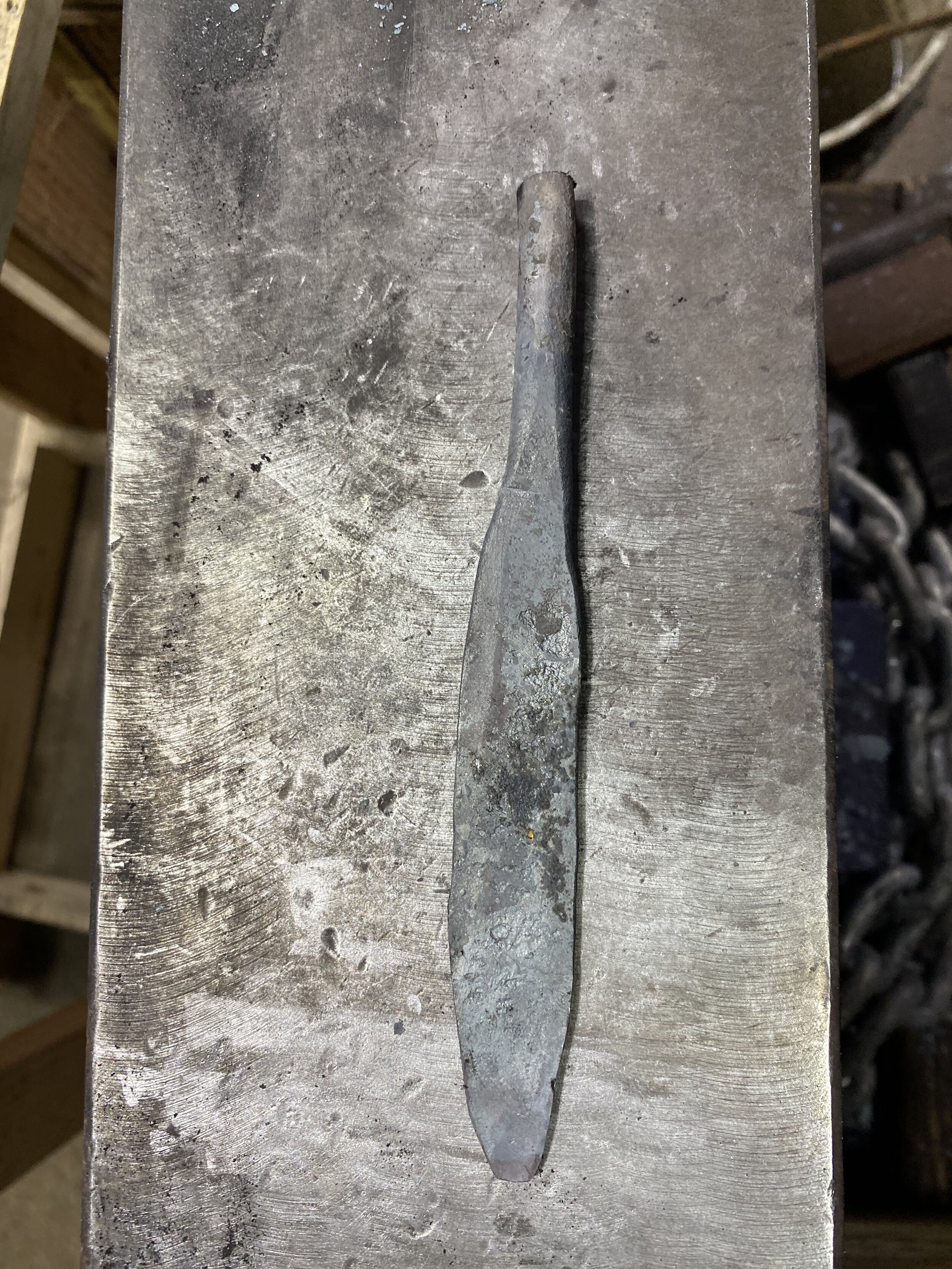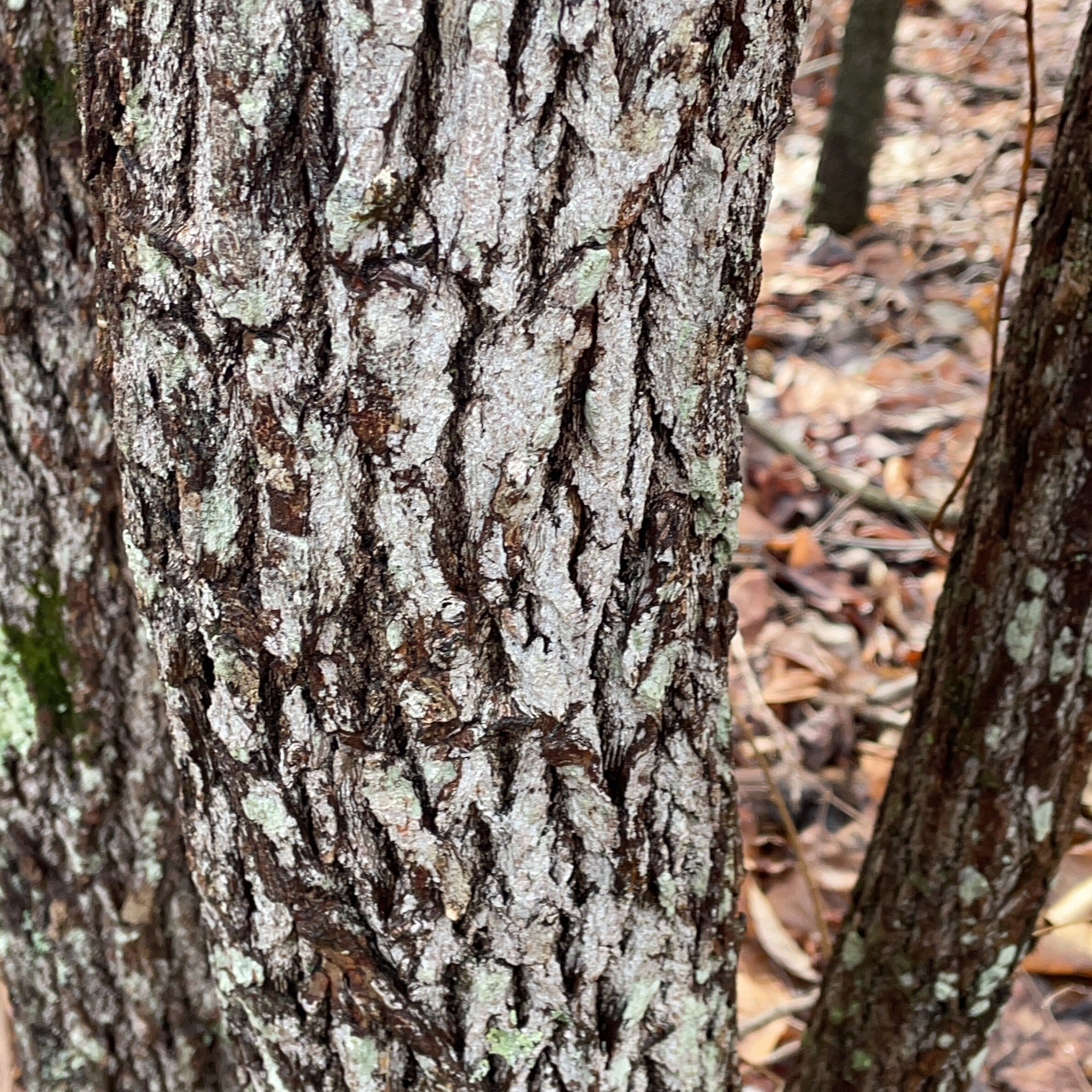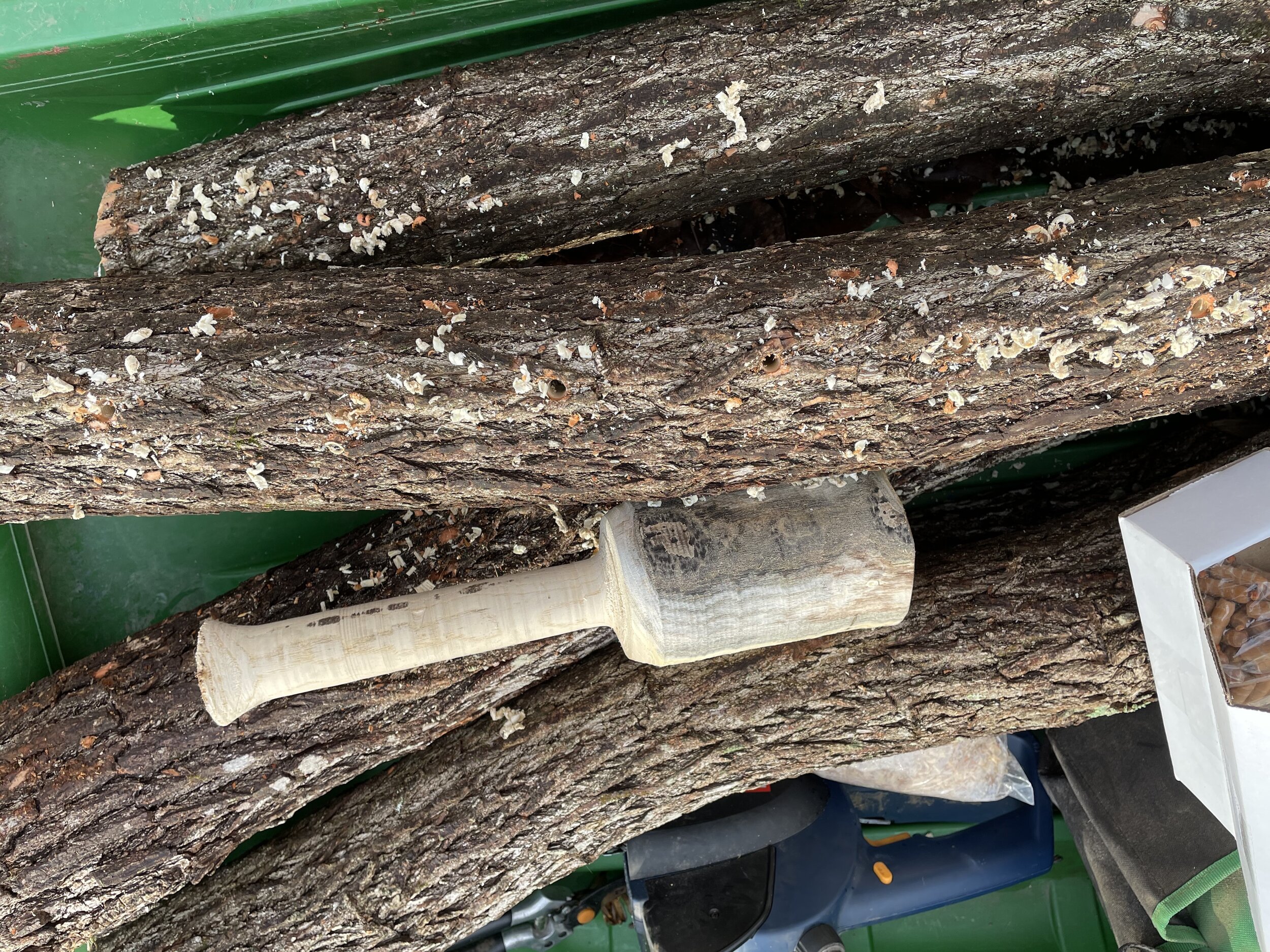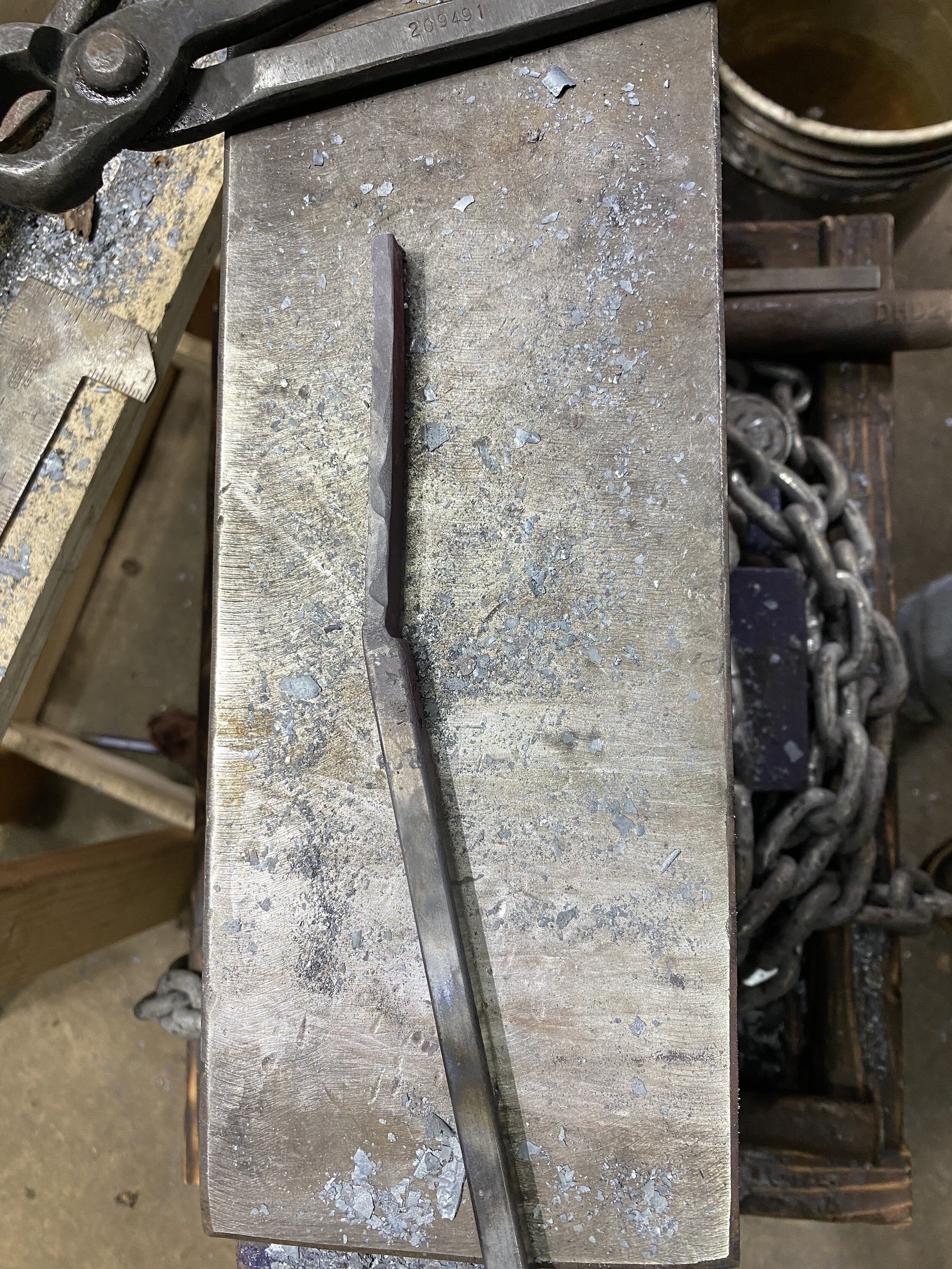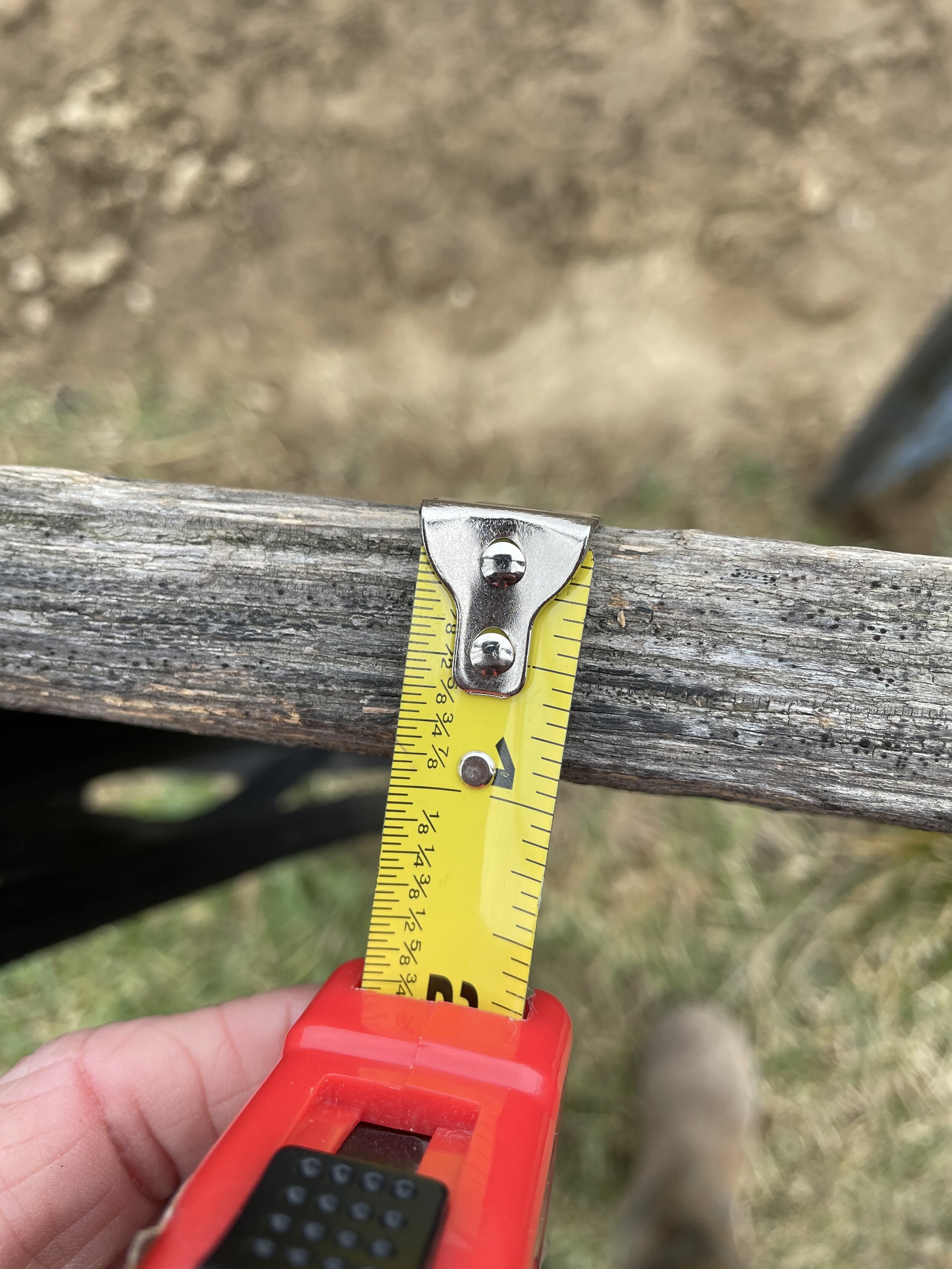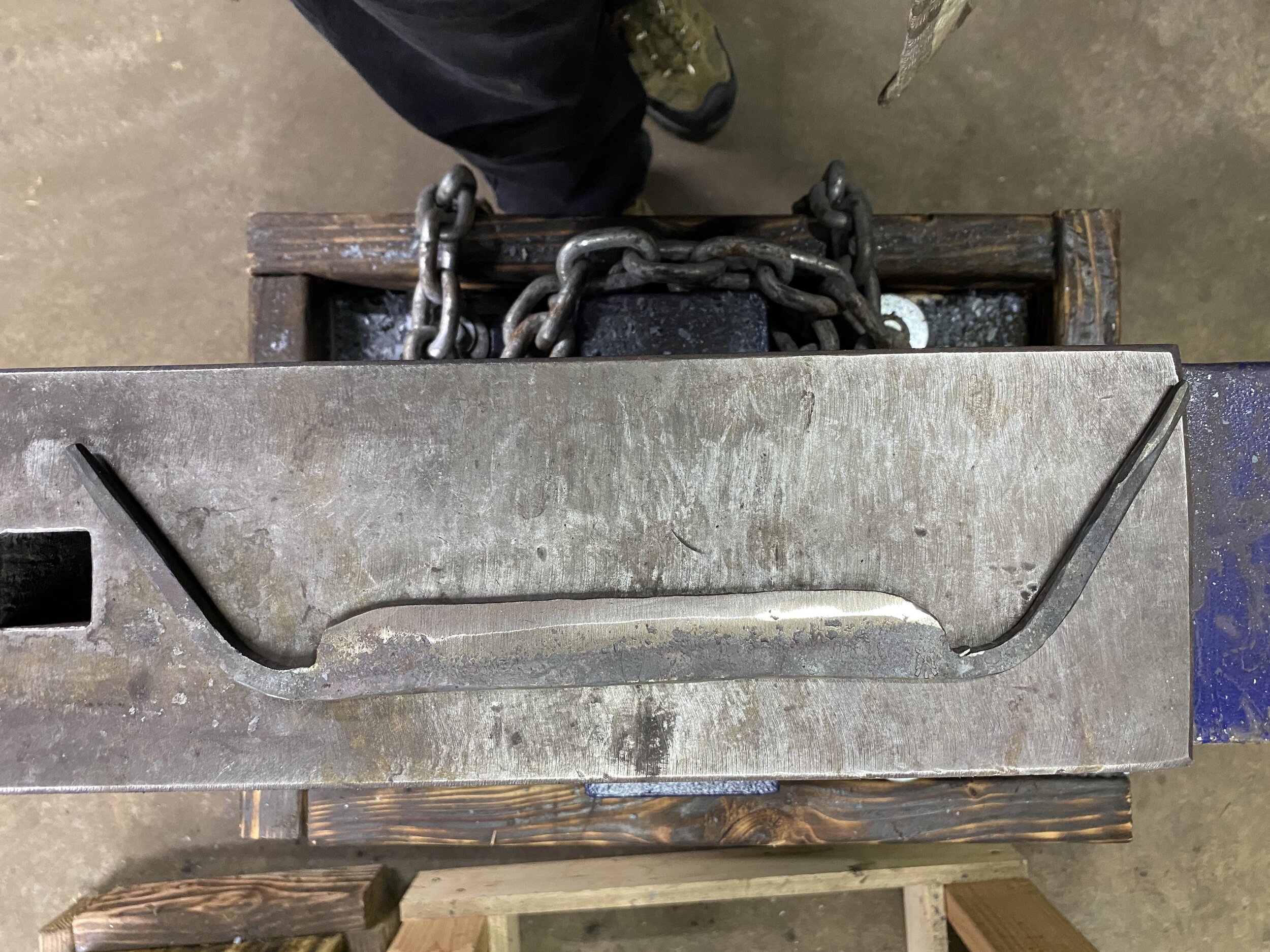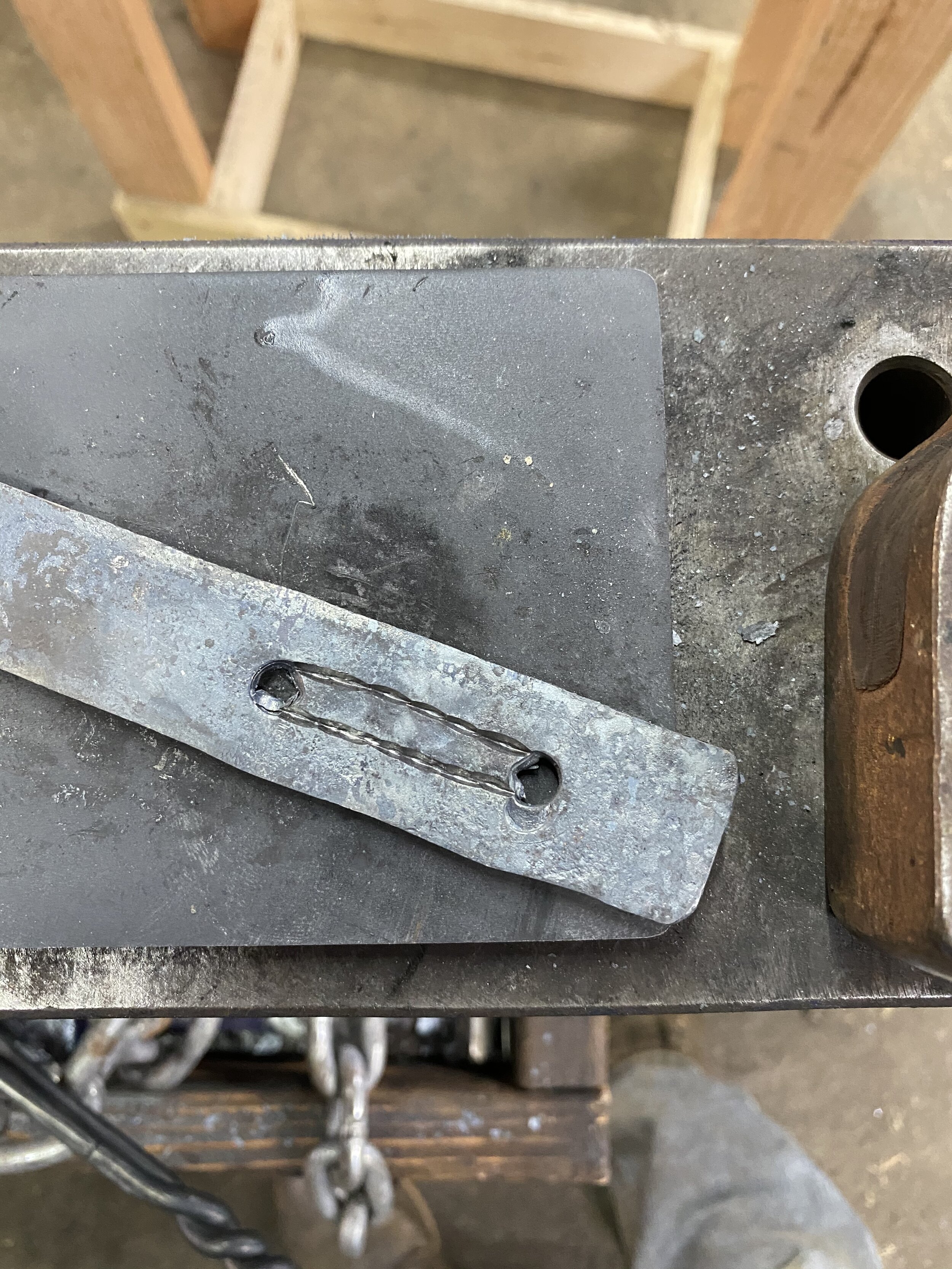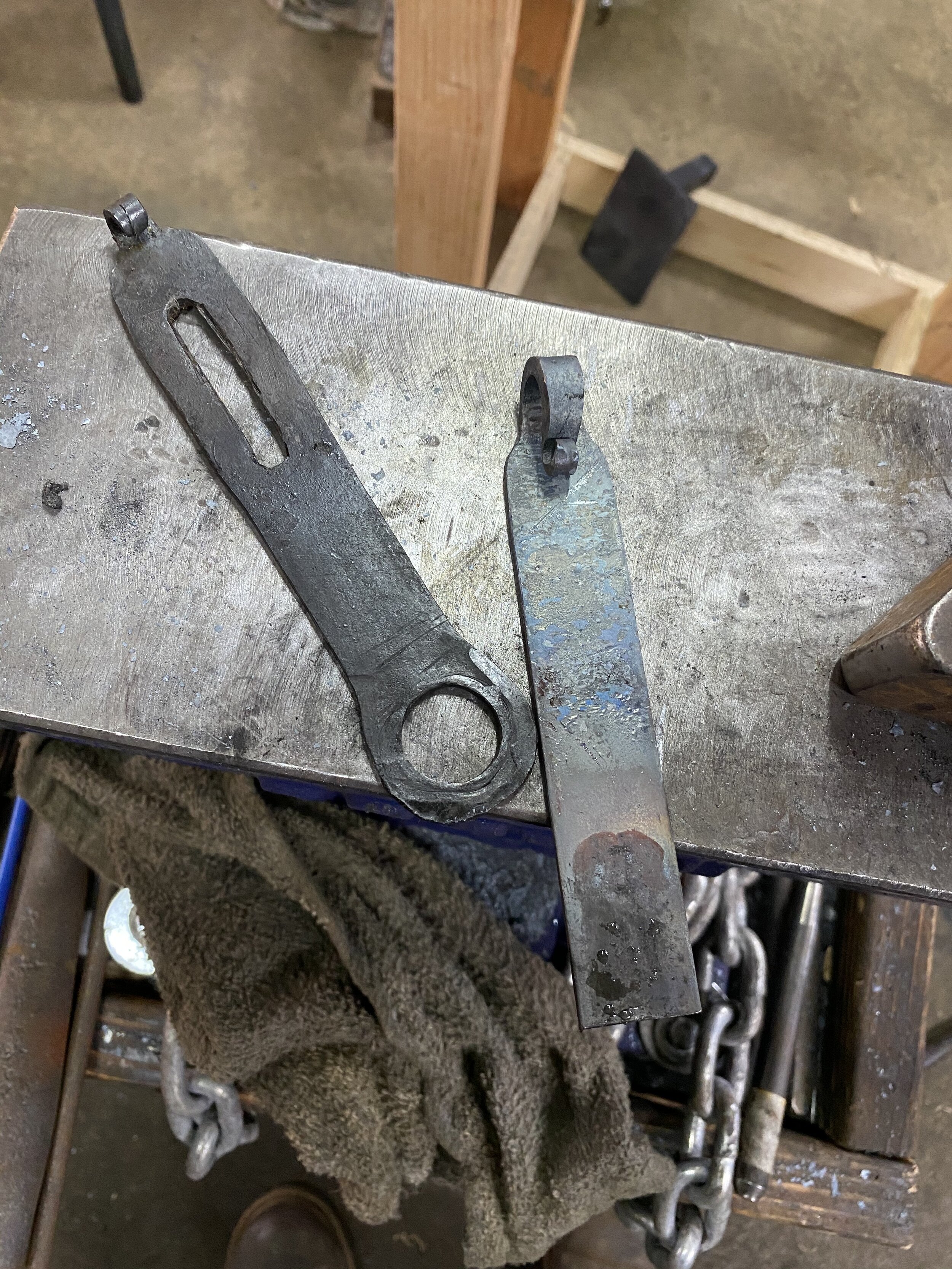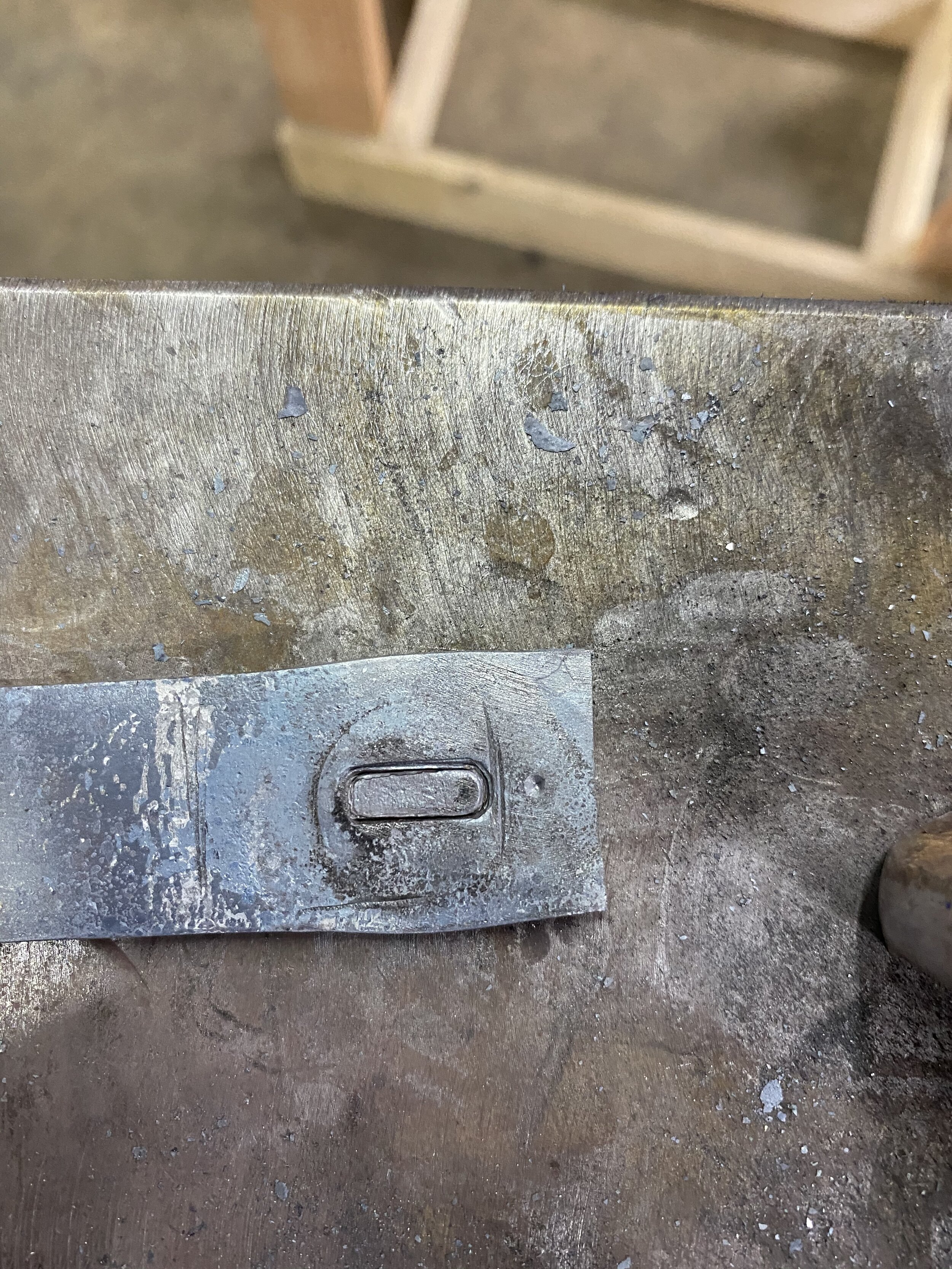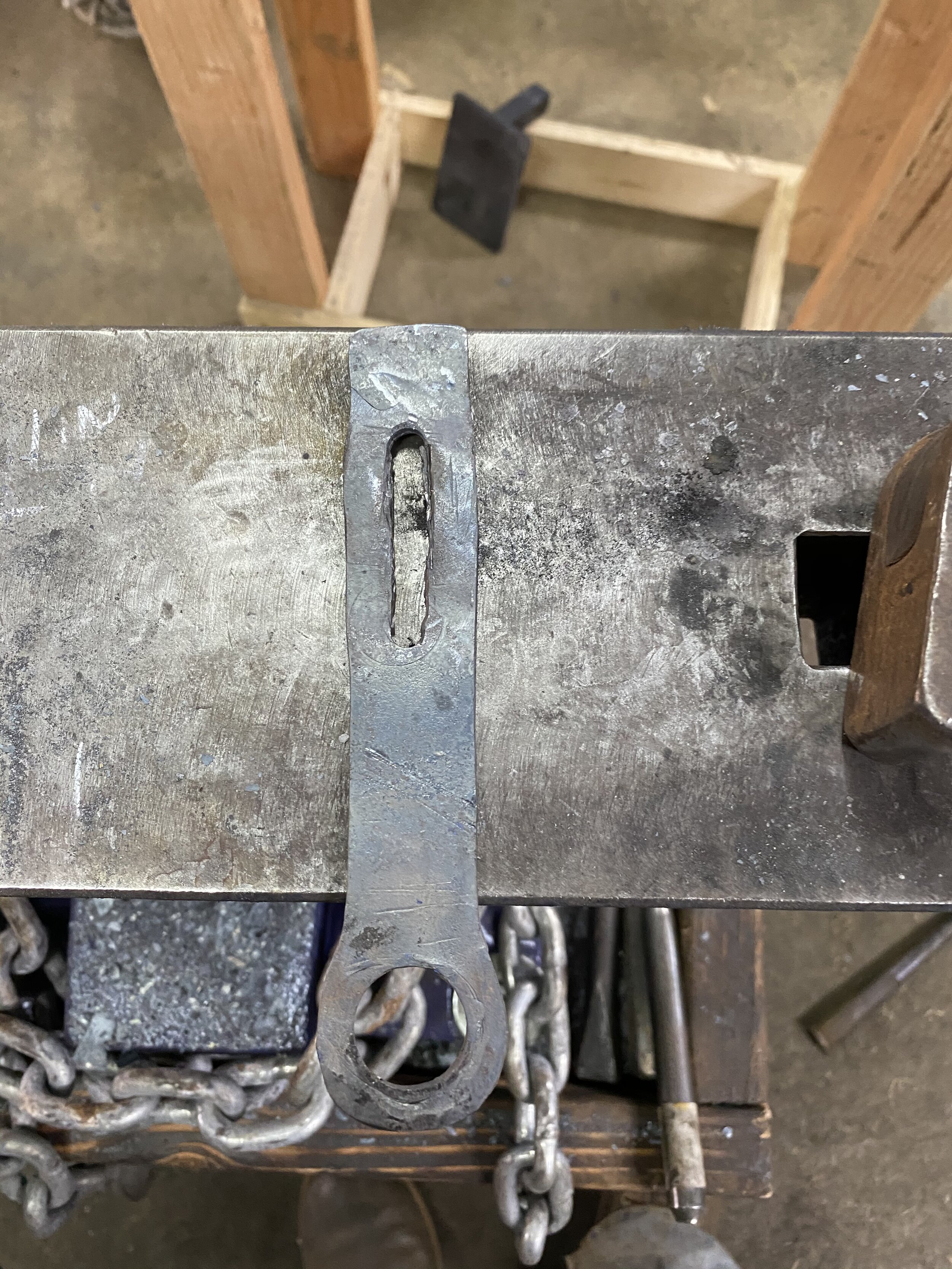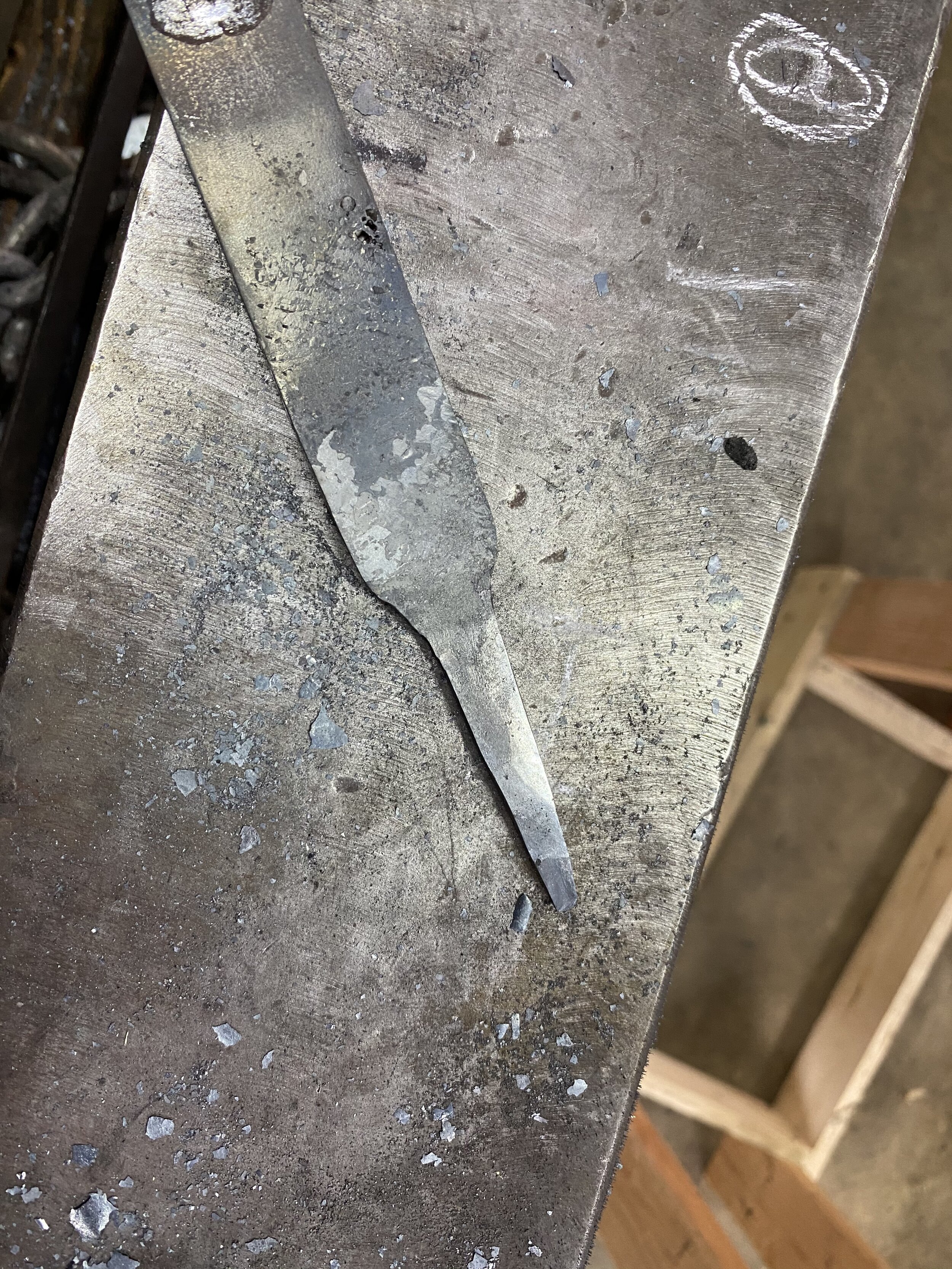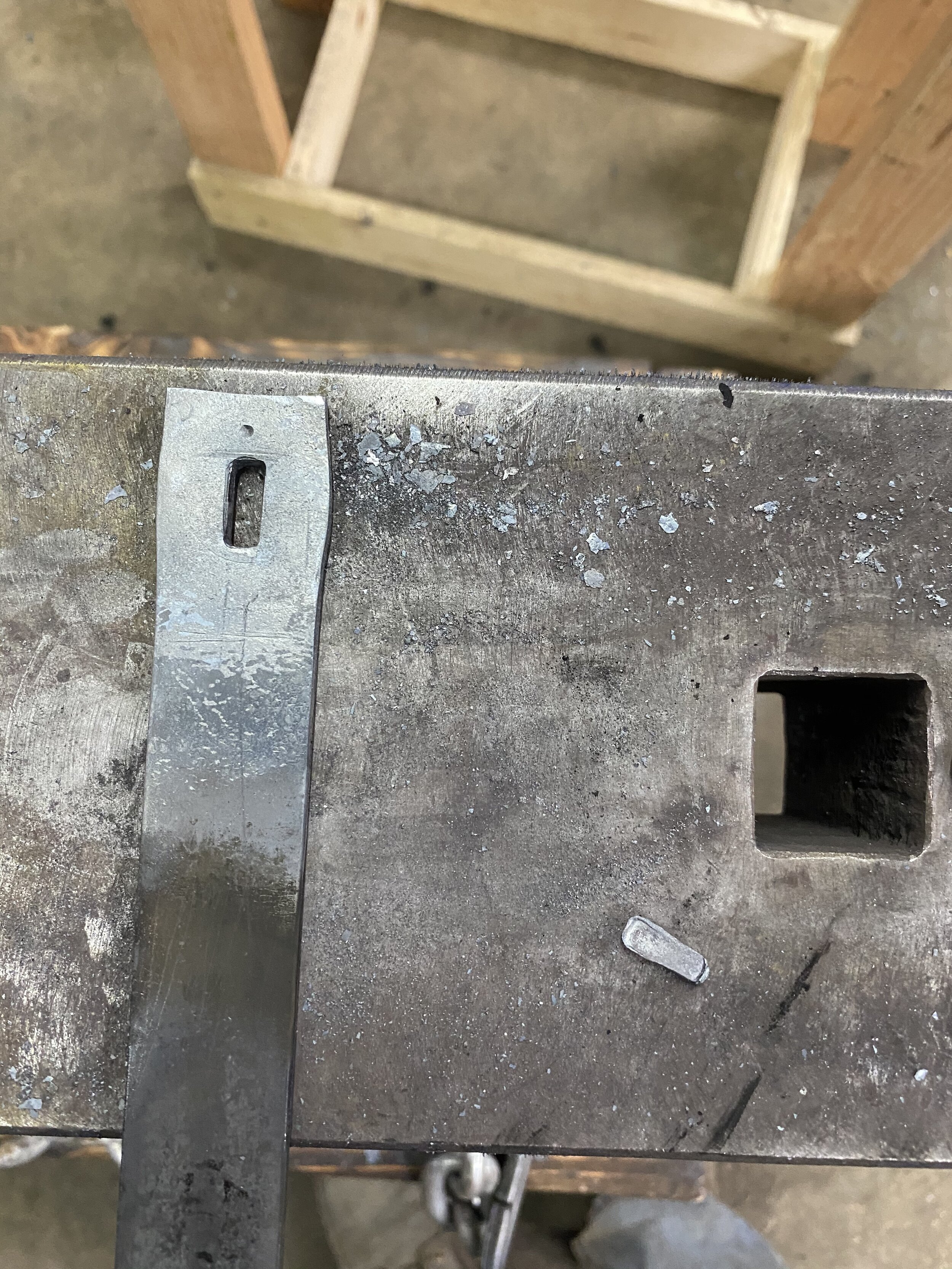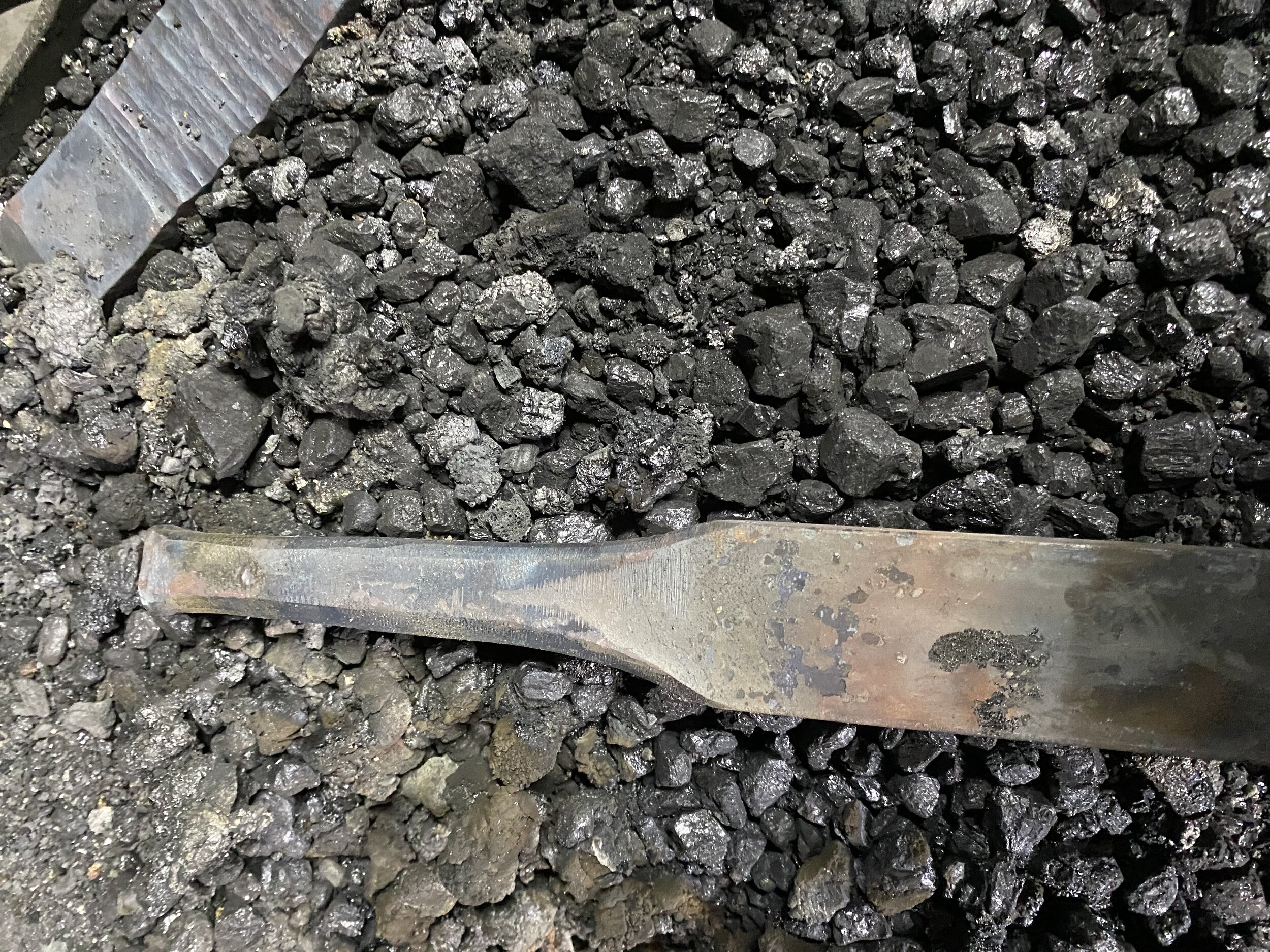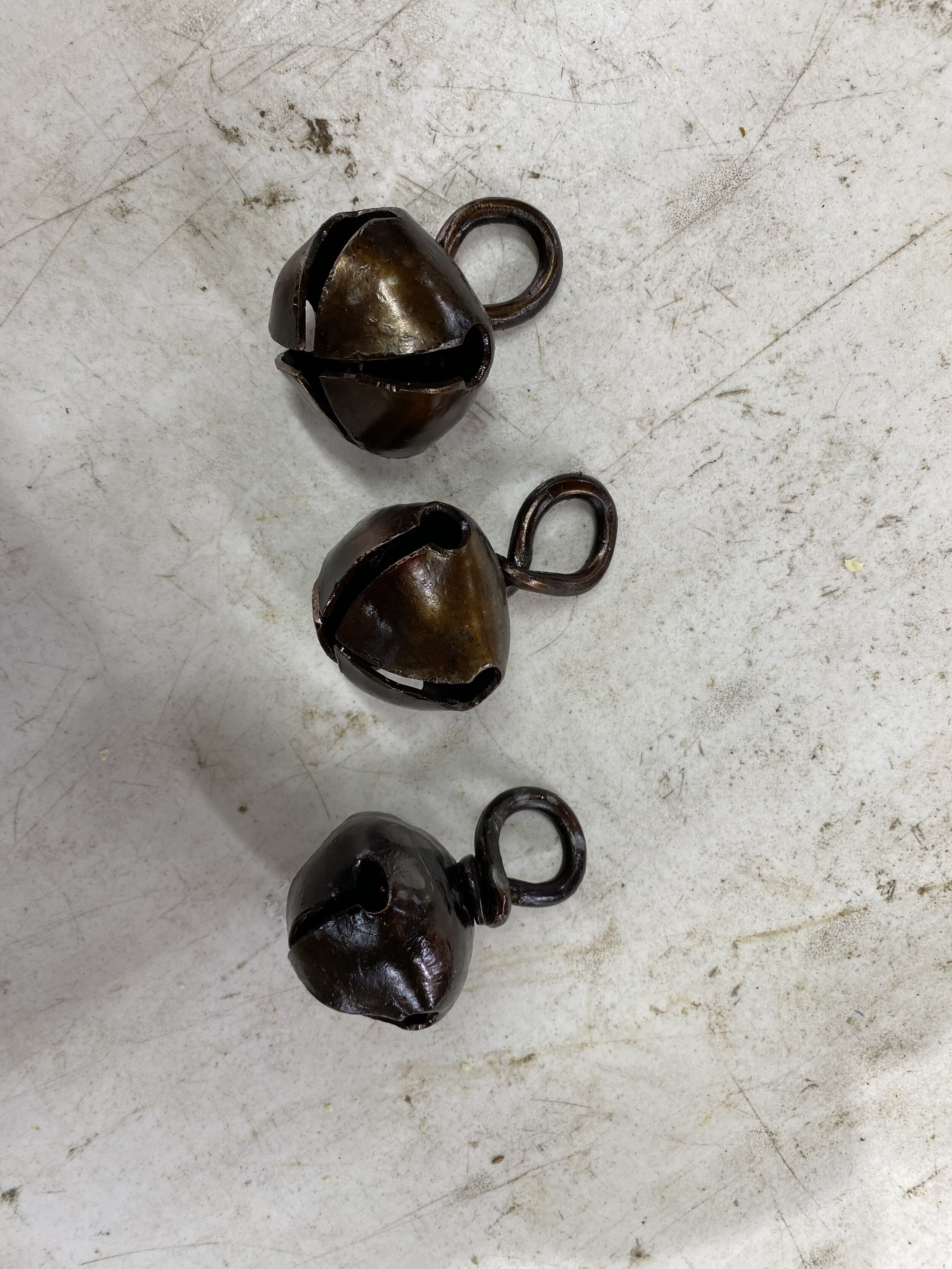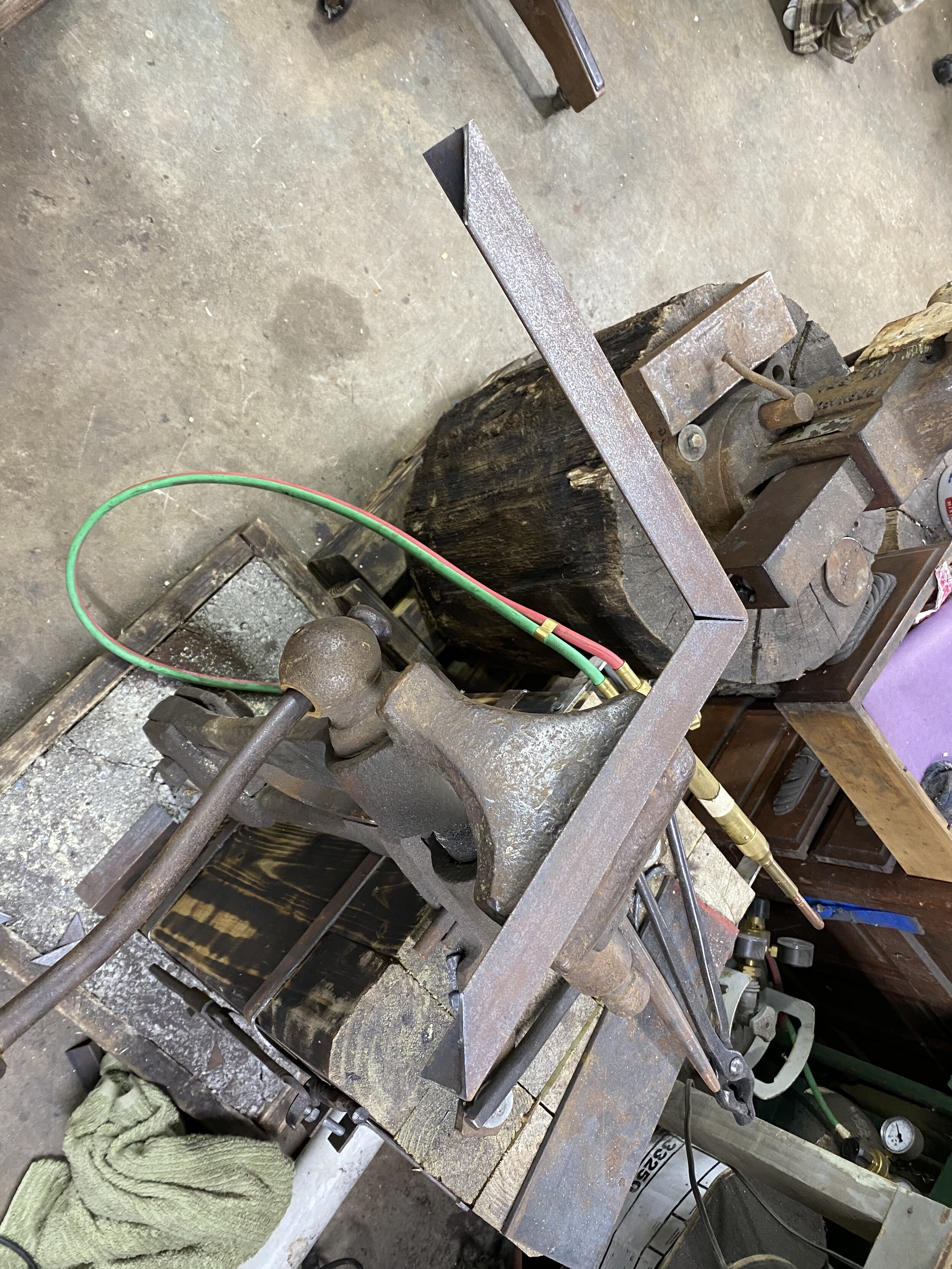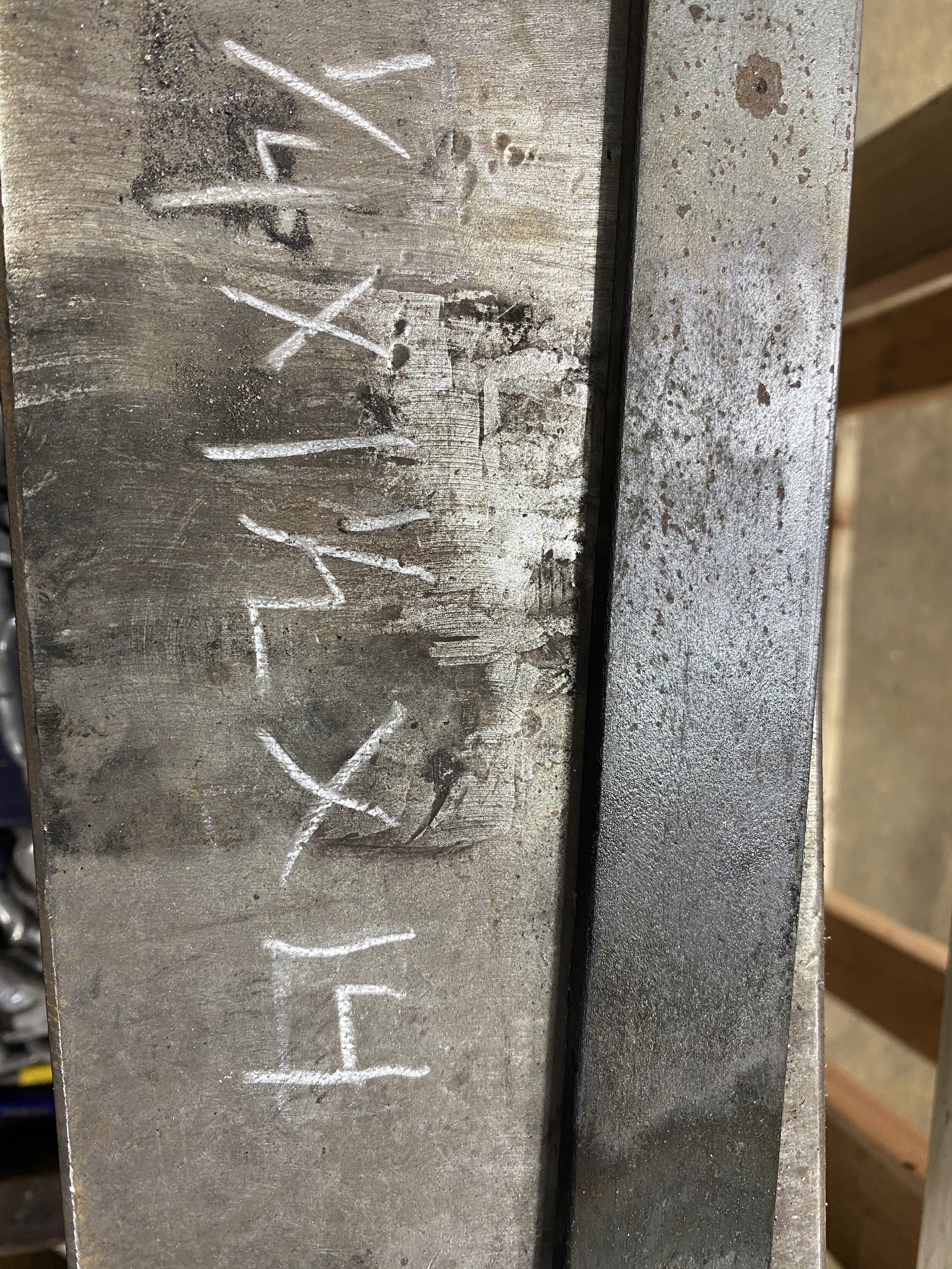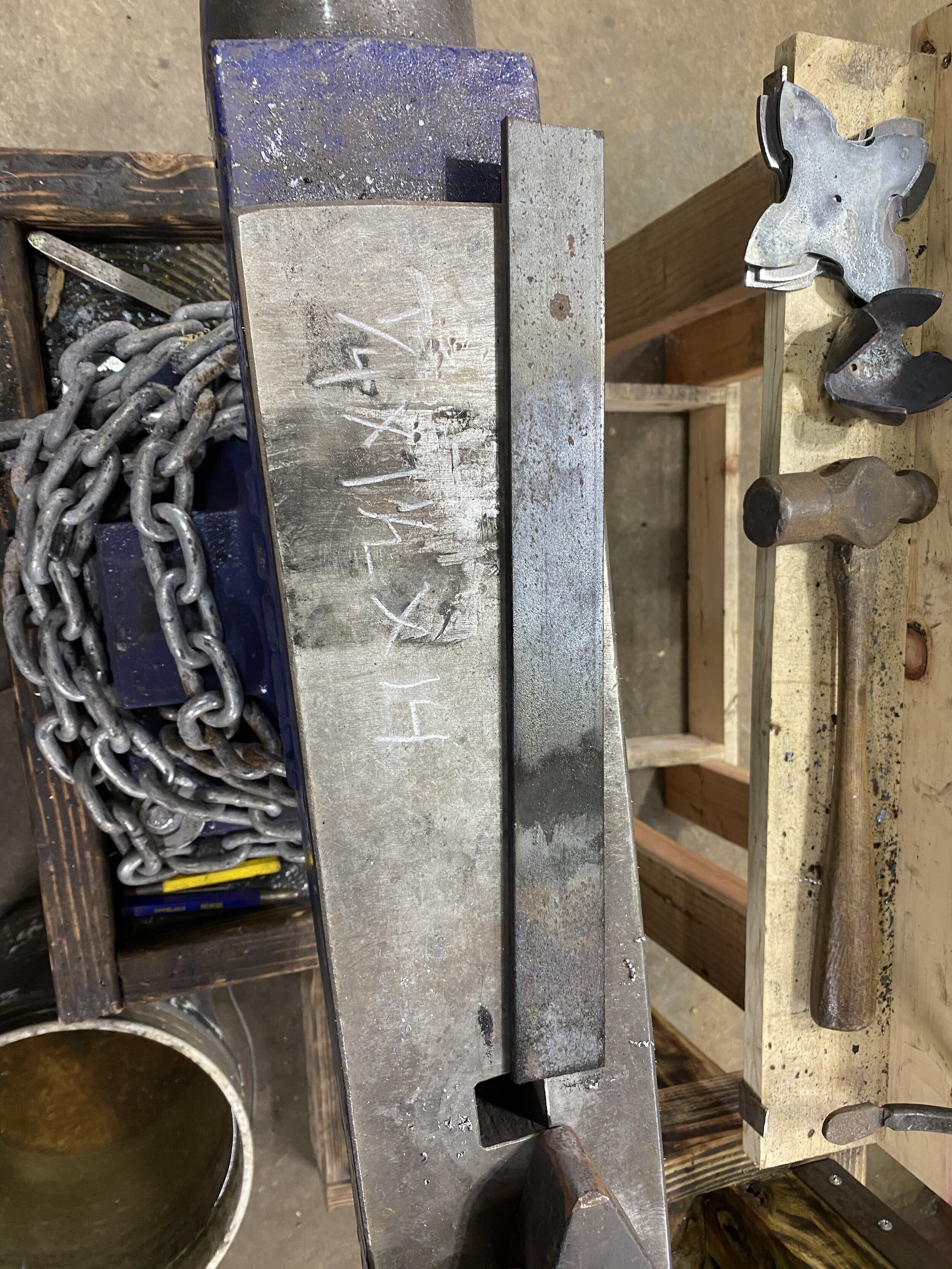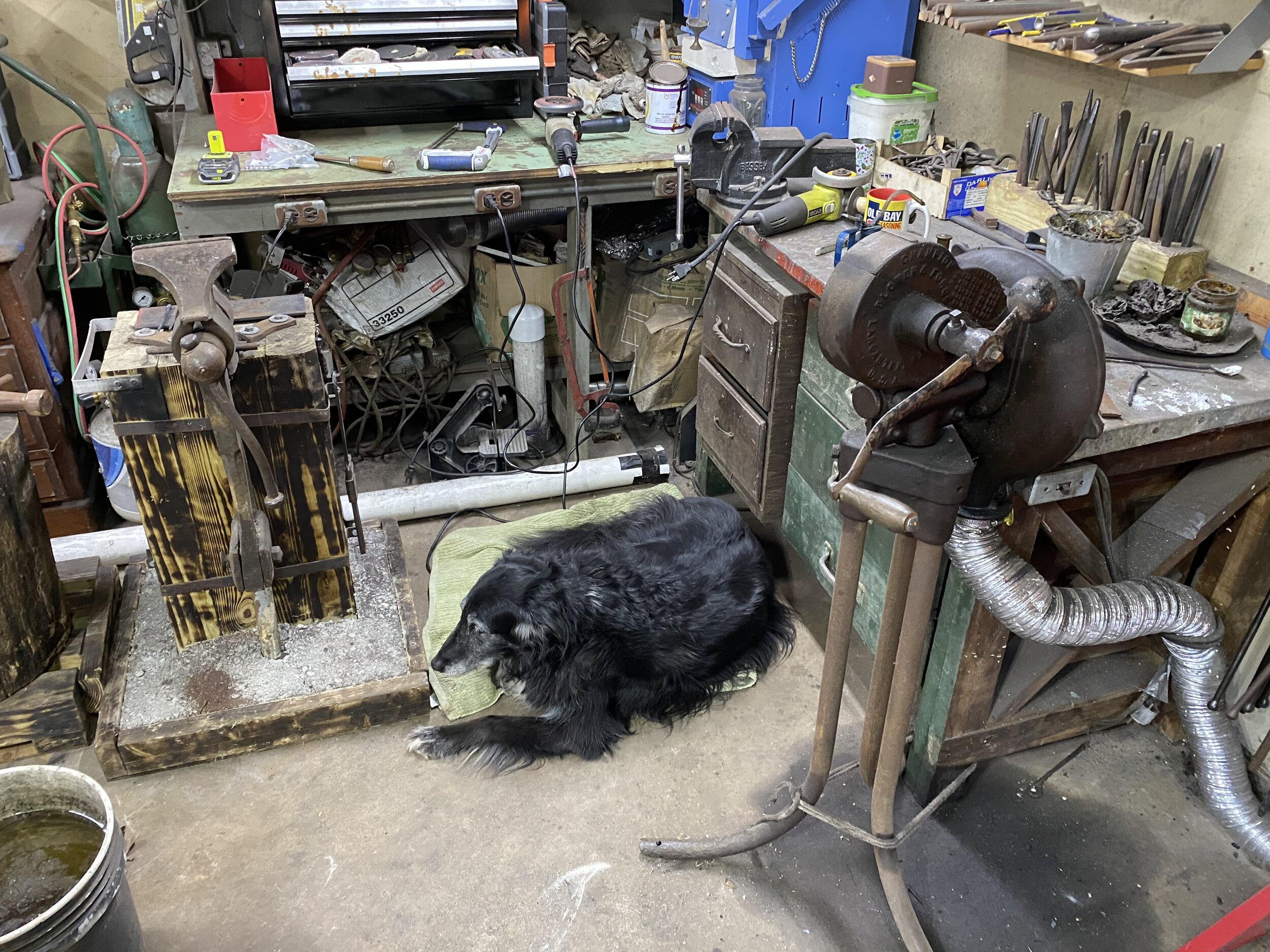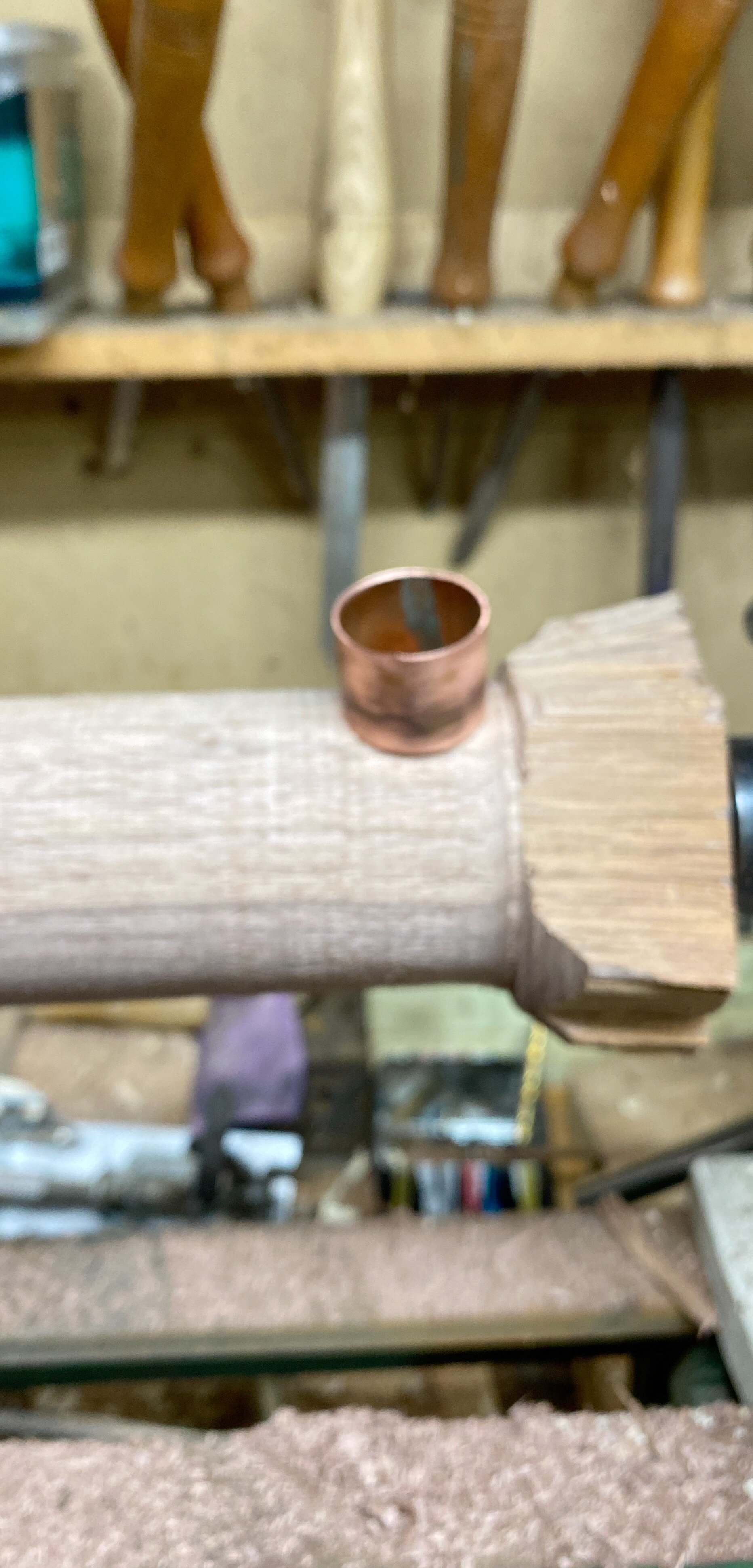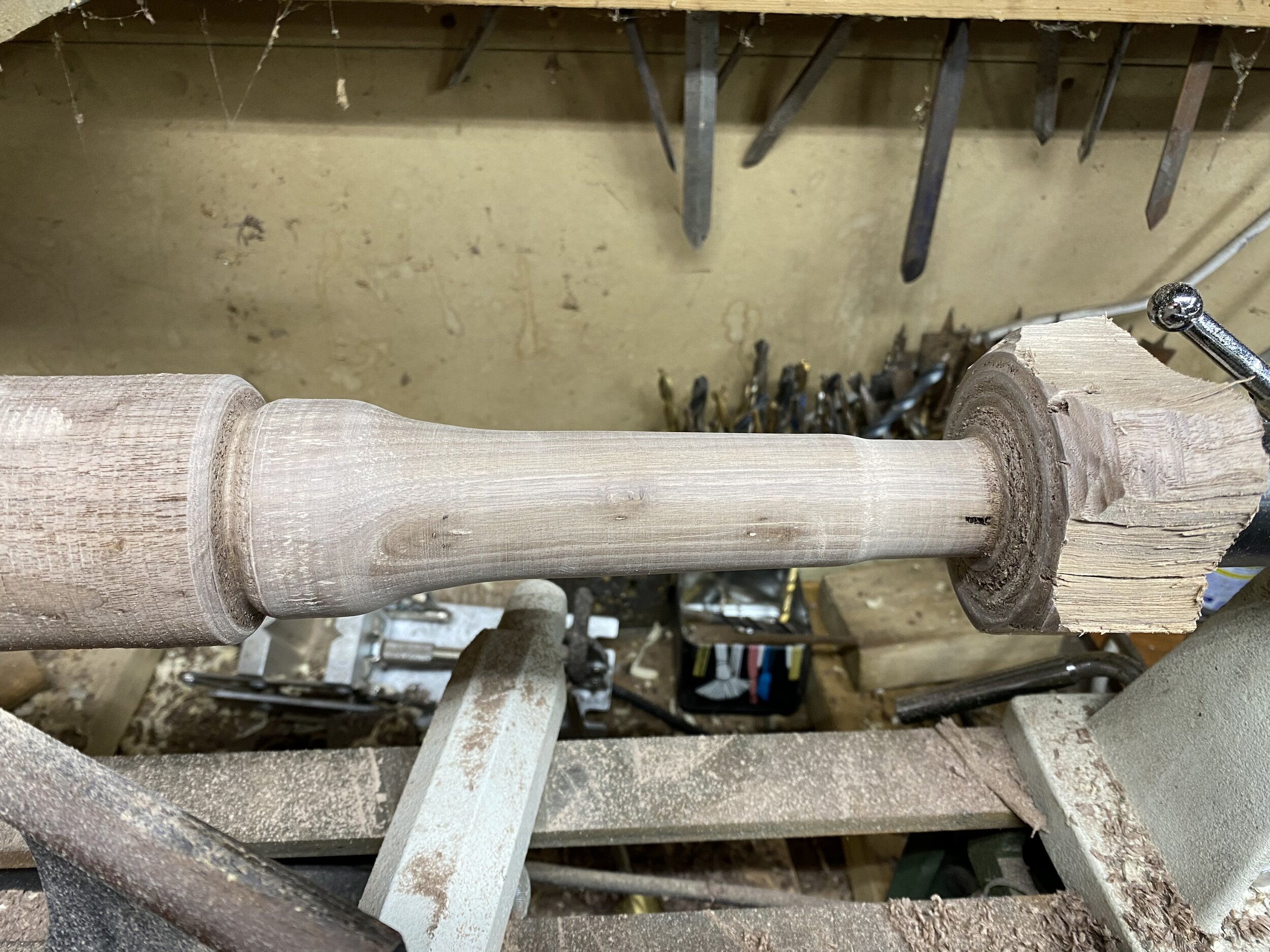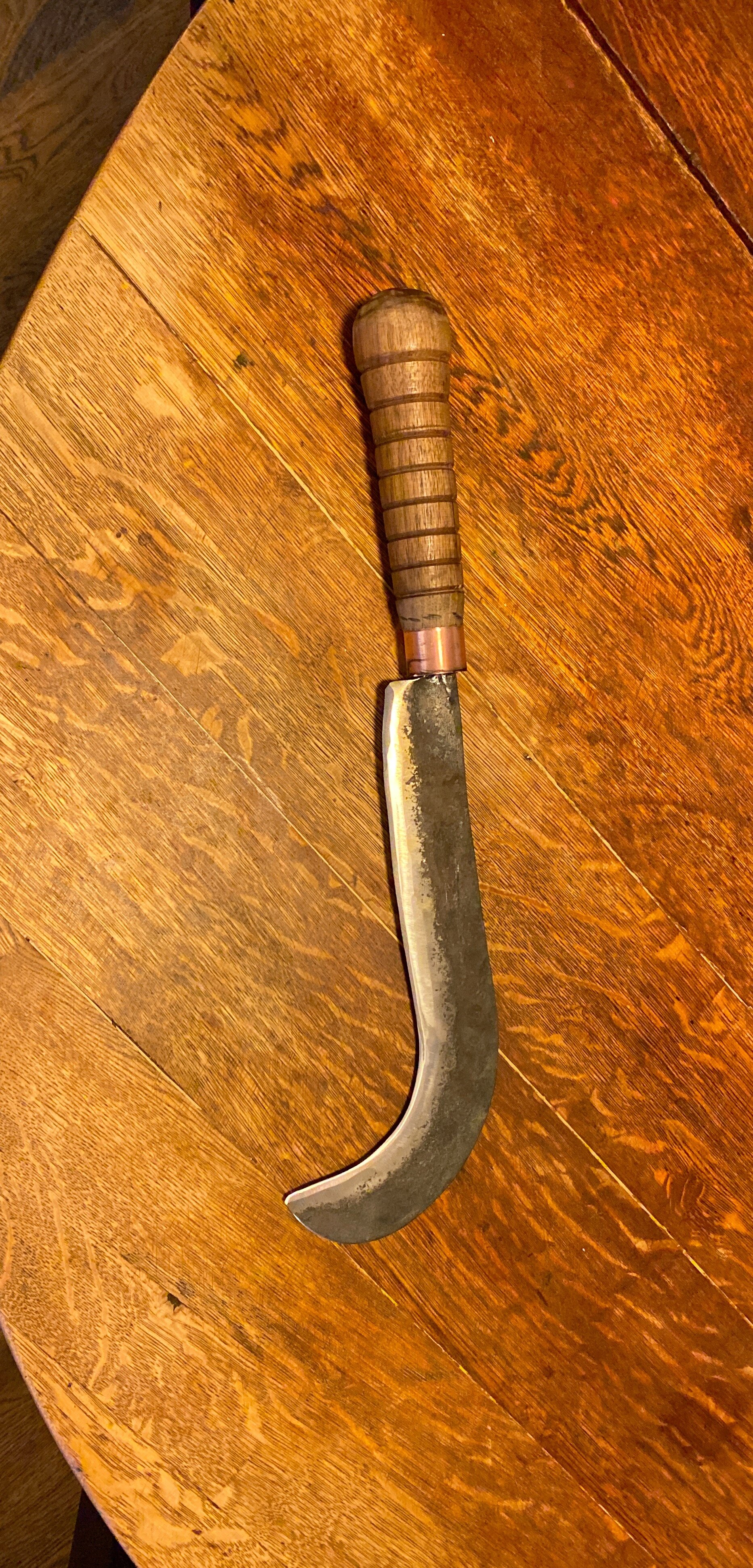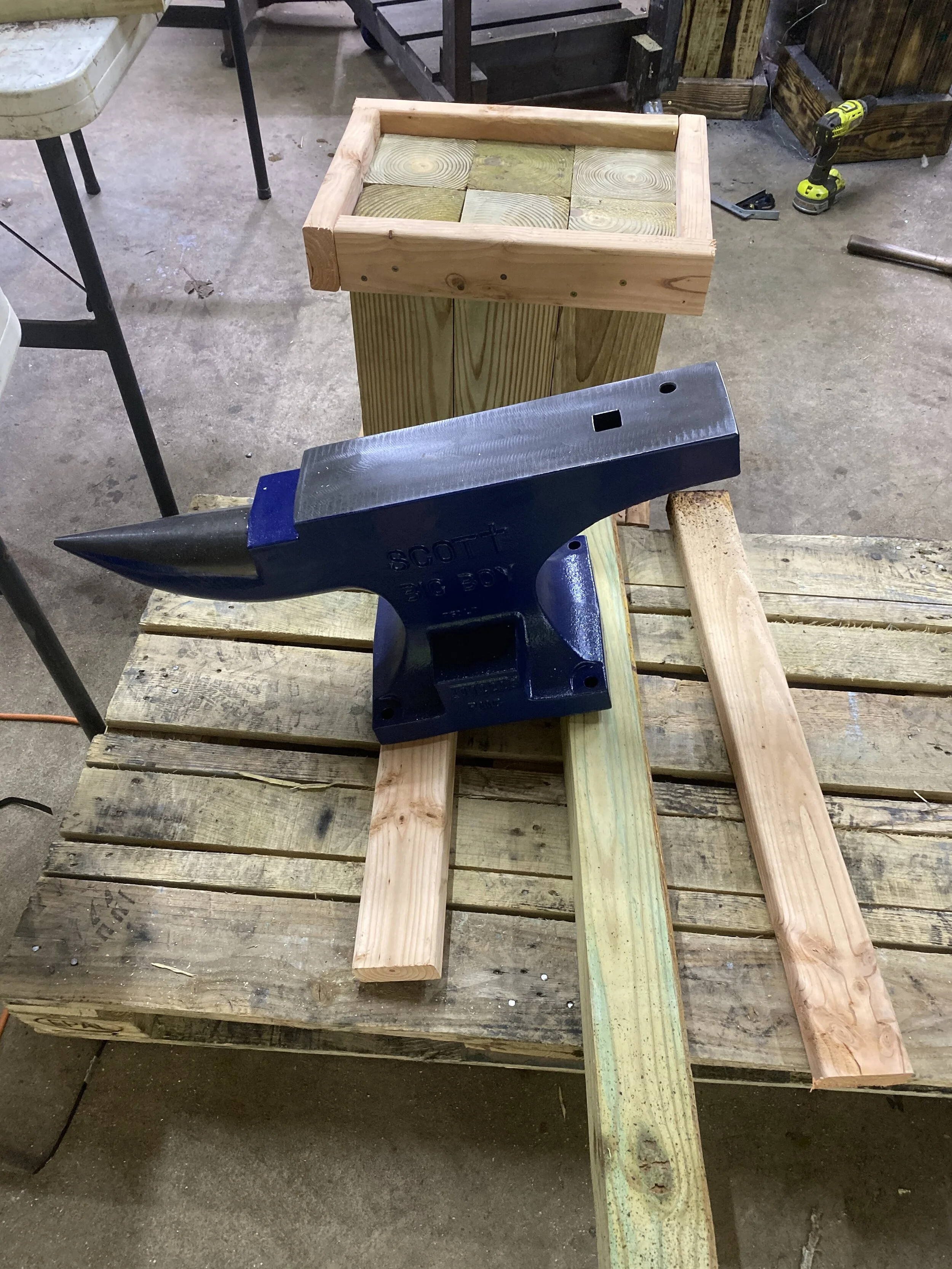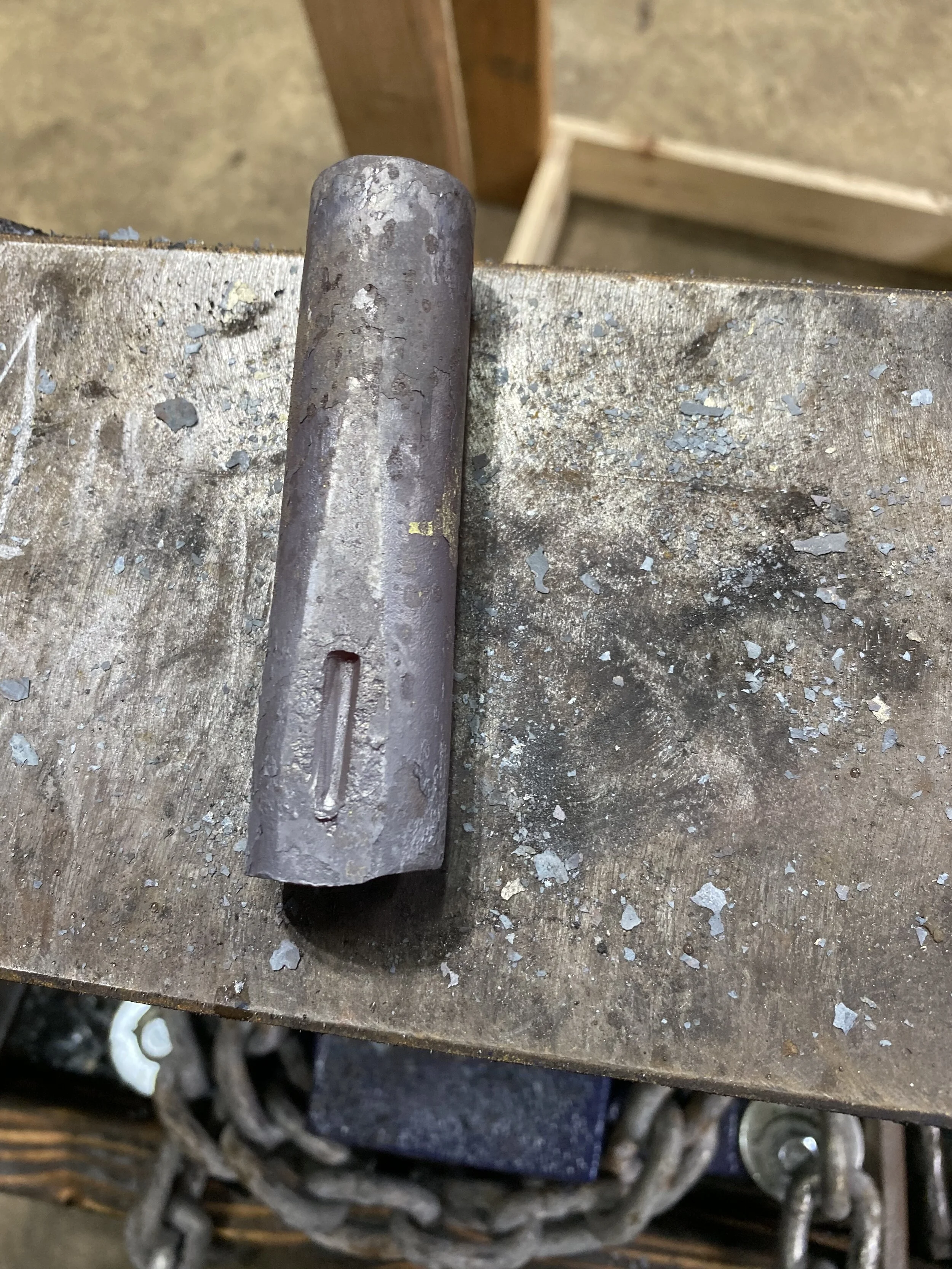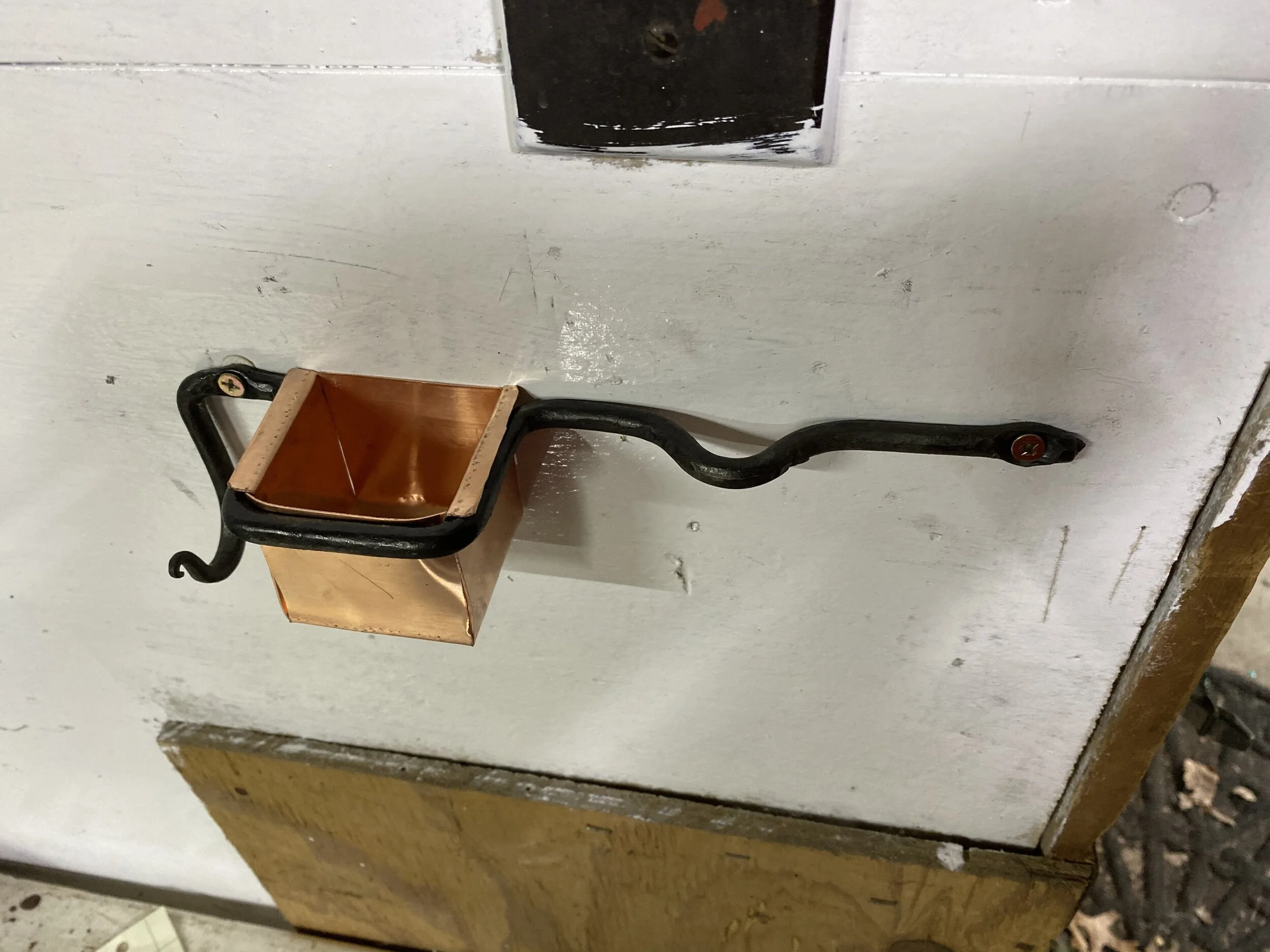So for my birthday, My daughters donated to the efforts in Ukraine. In order to support the Ukrainian people, they also found a Ukrainian Shepard on Etsy and purchased a pair of hand knit socks and a pound of washed wool for me to spin. The socks are thick and warm as hell. And in Ukrainian colors as well!
The wool comes from the Carpathian Mountain Sheep that they raise on their farm. Here is a little blurb and picture of them:
I opened this last night and took a look at it. My initial thoughts are that it seems a long fairly straight fiber, but rather course. Not sure how well it will spin, I will need to get my cards out and see how it is carding it. Here are a few pics of the first examination:
From Google AI:
The "Carpathian sheep" refers to the Ukrainian Carpathian Mountain Sheep, a hardy, coarse-wool breed adapted to the cold climate of the Carpathian Mountains, known for their strong hooves and muscles, and used for food and wool.
Here's a more detailed look at the Carpathian Mountain Sheep:
Origin and History: The breed is connected to the Hutsul communities and likely falls into the landrace category, having been shaped by their environment.
Physical Characteristics: Medium in size with strong hooves and muscles.
Coarse wool. Well-adapted to the cold climate of the Carpathian Mountains.
Adaptation: They are hardy and well-suited to the harsh mountain environment.
Use: They are used for both food and wool.
Conservation Efforts: There have been efforts to preserve the breed in both Romania and Ukraine, with breeding programs established.
Historical Significance: It's estimated that at the height of their population in the 1800s, there were over 200,000 Carpathian Mountain sheep, which had a direct effect on the biodiversity in the mountain range.
Threats: The breed suffered a major decline during WWII and was further threatened by modernization and industrialization after the war.
Other Names: Sometimes referred to as "Zavod".
The only 2 sites I can find that mentions the breed are:
Slow Food Foundation for Biodiversity
Not sure if I am going to post this as is or if I will wait till I have more on the wool. My blacksmithing has come to a slight halt as I need to install a new hood on the forge. The new hood arrived this week, but I have been stuck working all week and so did not have my forge time on Monday or Tuesday.
So a little more on the wool my daughters got me. It was slightly matted from the scouring process, but combed out very nicely. Spinning it is quite enjoyable.
So, news from the forge, but not any forging. The hood to my forge was beginning to show some massive deuteriation from rusting. I finally began seeing smoke coming from the holes. This was entirely my fault. When I first installed the hood, I did not do any prep but left it as raw metal. I also got in the habit of using water to put out the forge when I was done. This led to a ton of moisture going up the flue.
The hood literally crumbled as I was removing it. I had ordered a new hood from Centaur Forge and began the proper prep for it before installing it. First I gave it a good scrubbing to remove all of the grease from manufacturing. Once dry, ii then covered the entire thing with high temp spray paint. This will hopefully be a good barrier from the elements. I no longer use water to extinguish the forge, so hopefully between the paint barrier and the lack of moisture, this hood will last a lot longer then the old one. That and a quick cleaning of the rest of the work area is about all I was able to accomplish this week.
